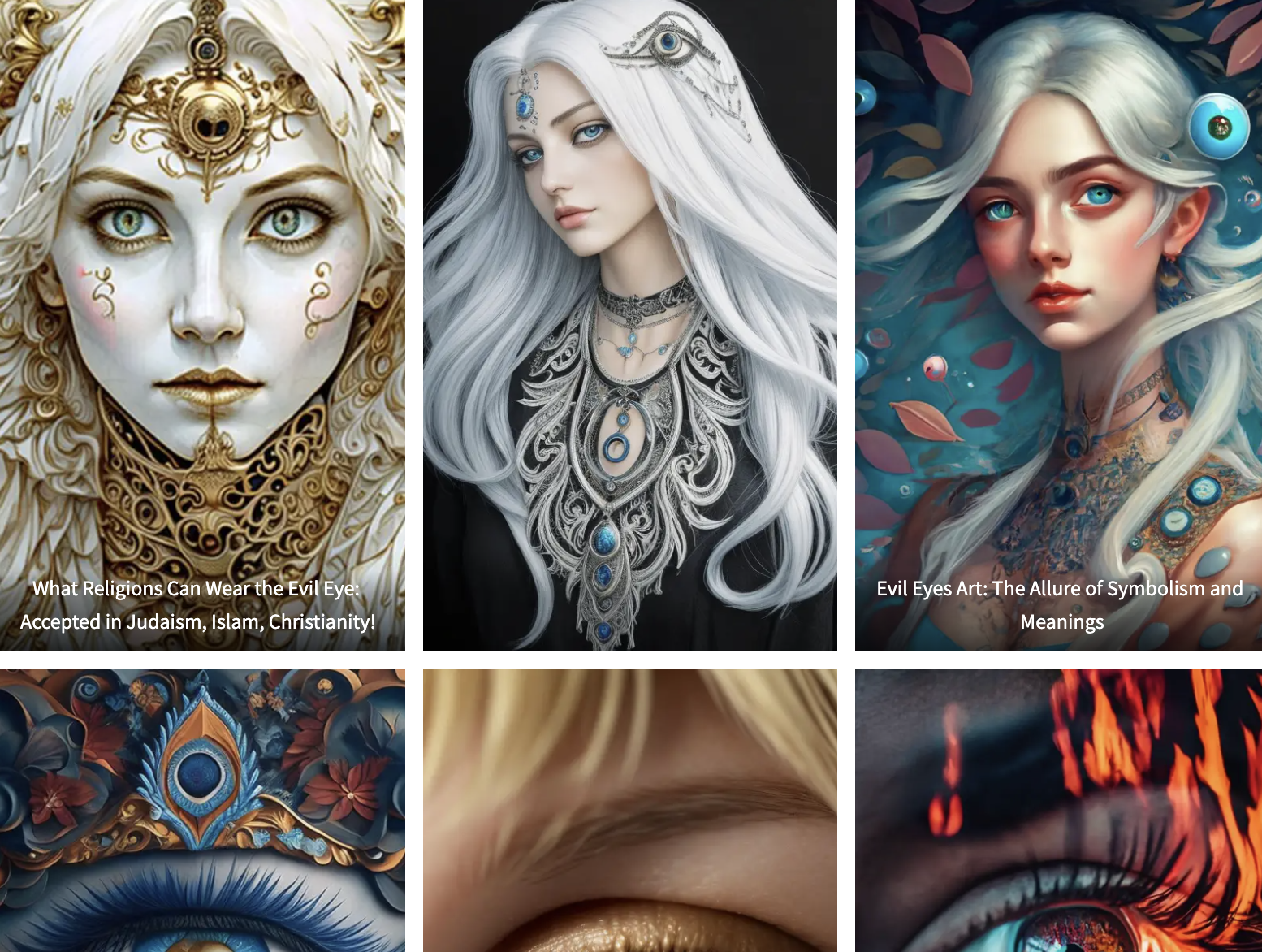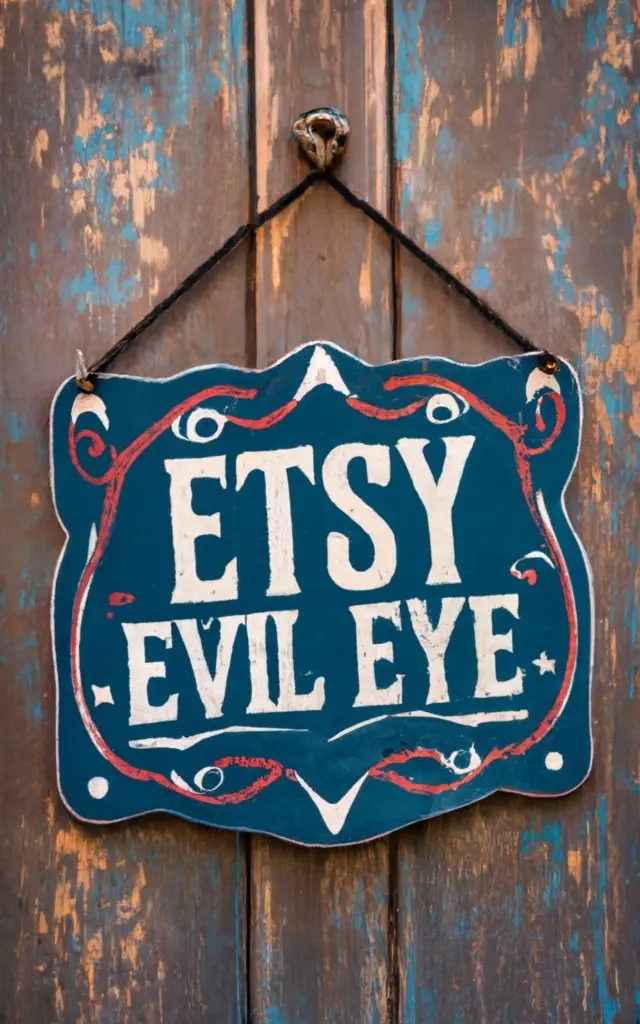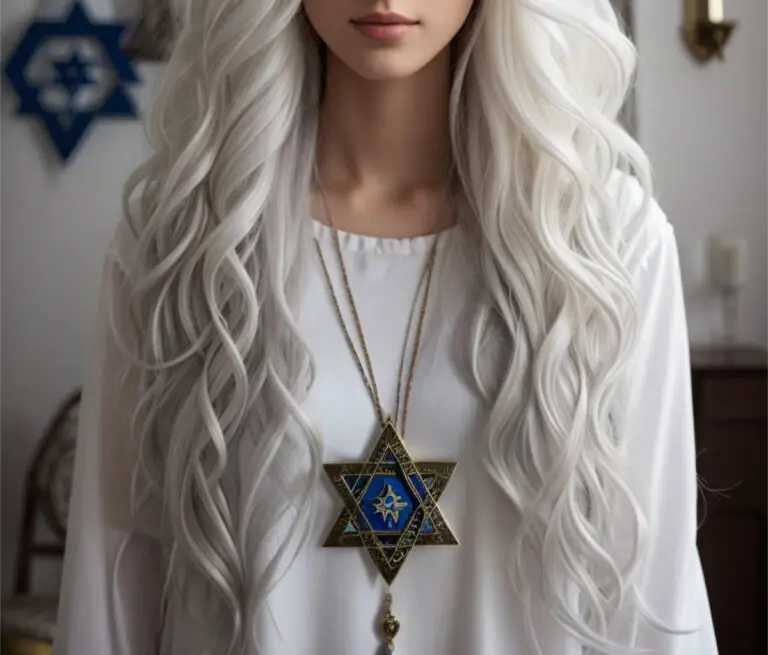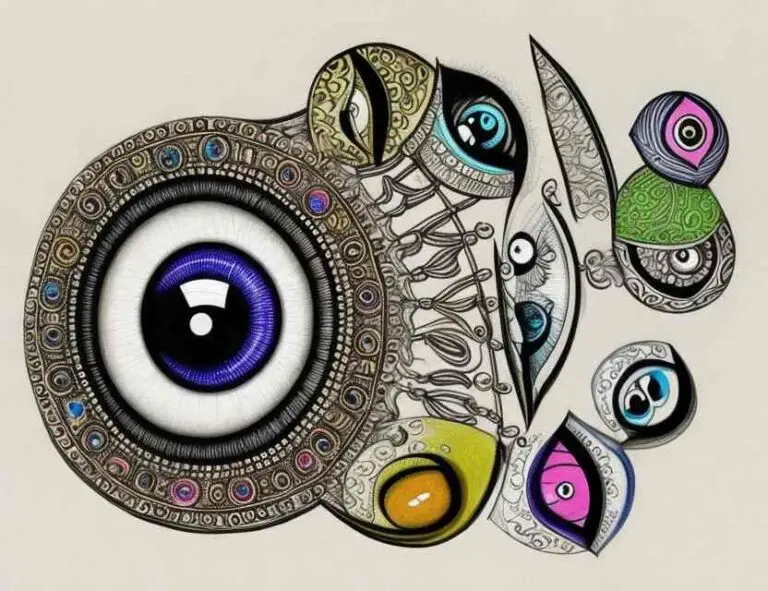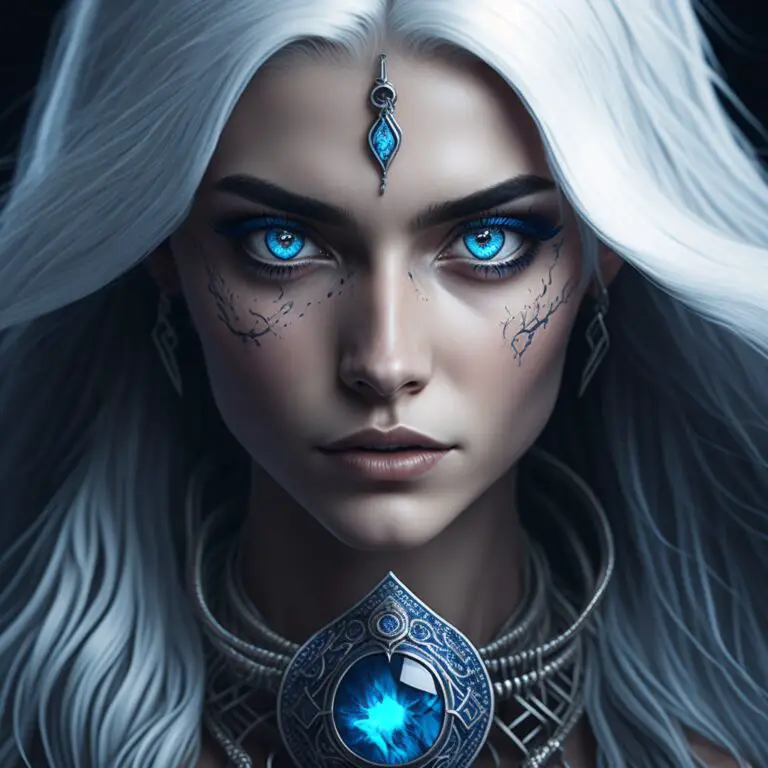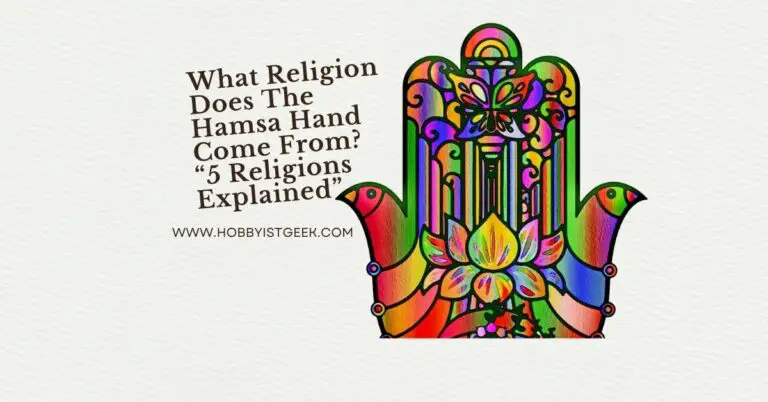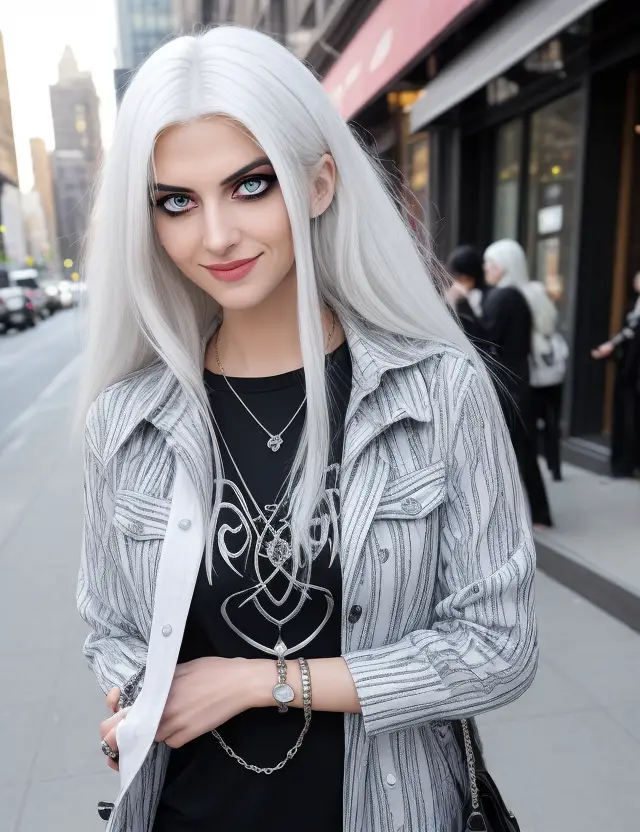Evil Eye Painting Ideas: Creative Inspirations!
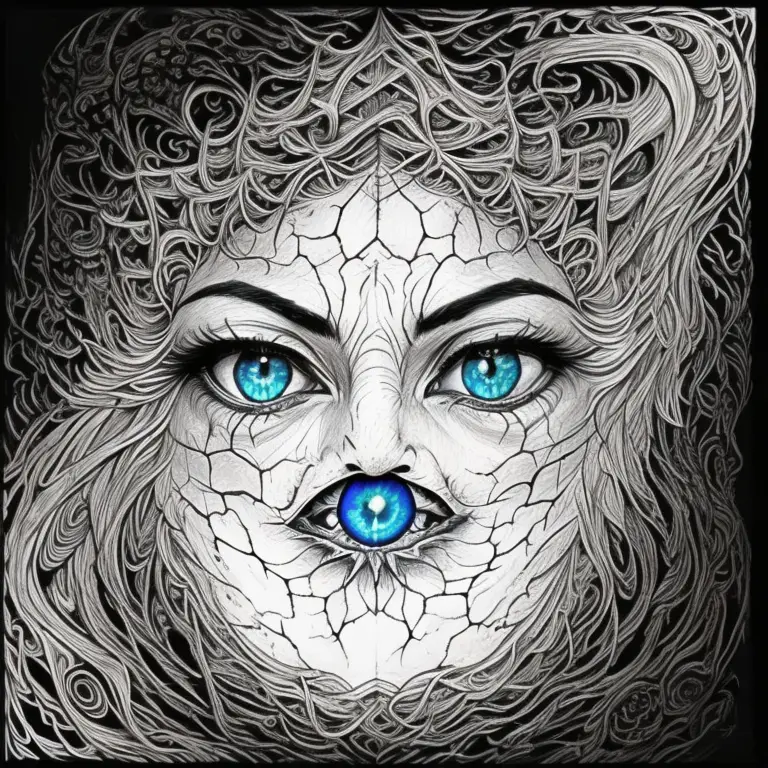
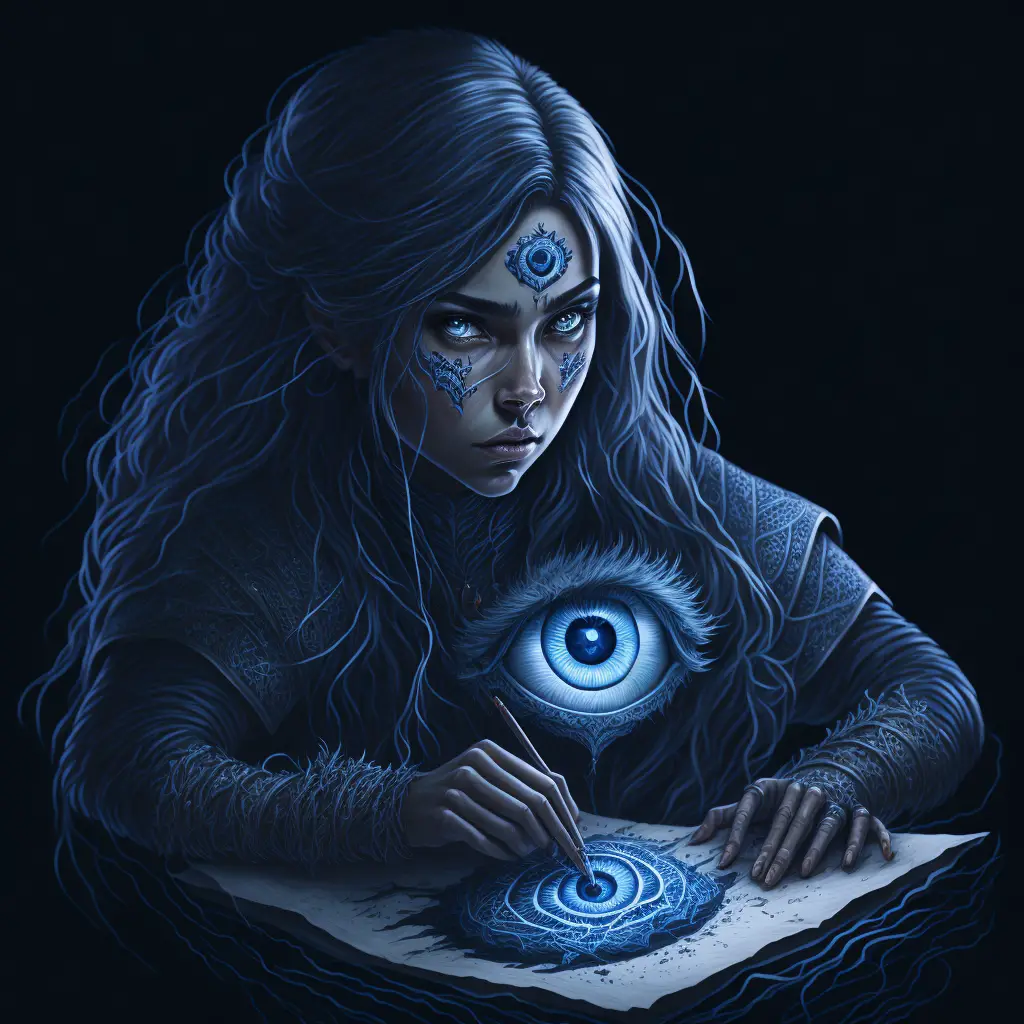
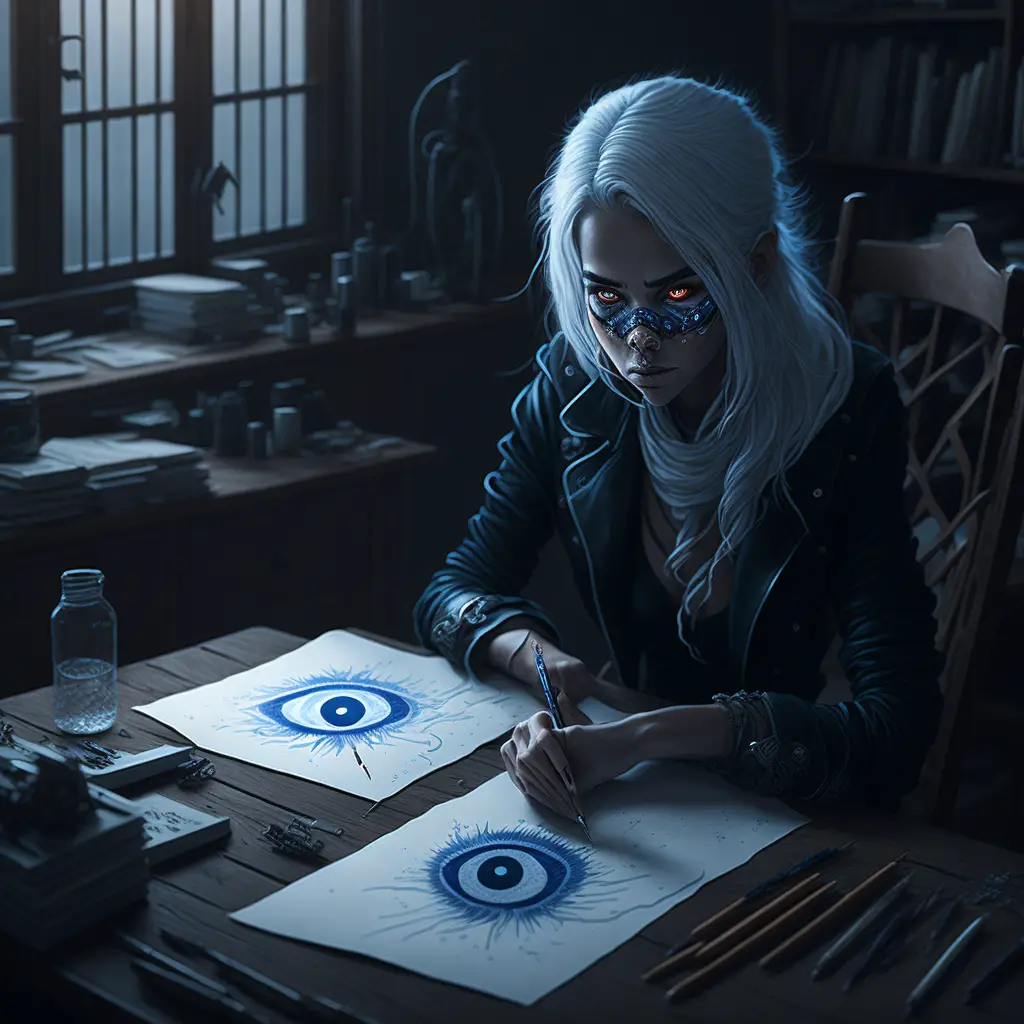
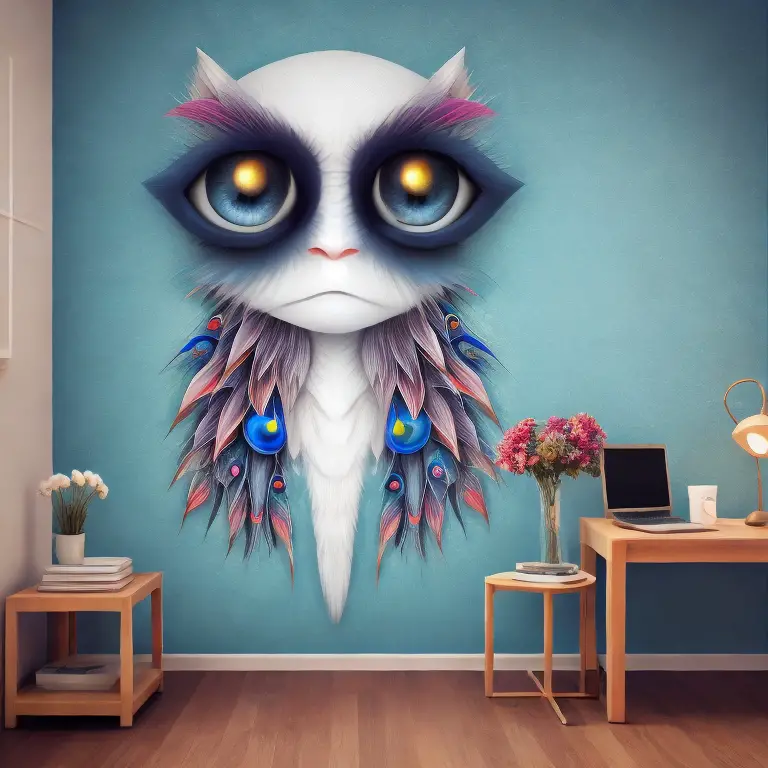
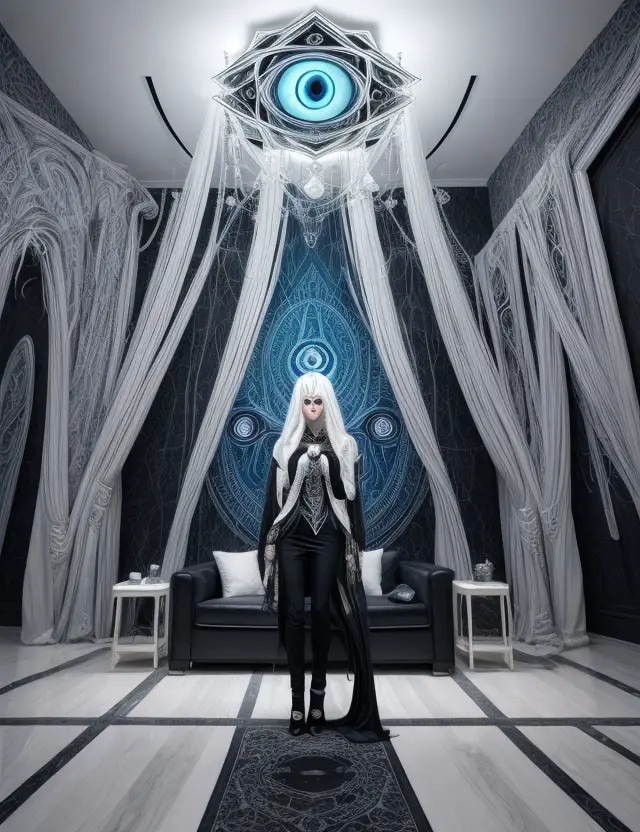
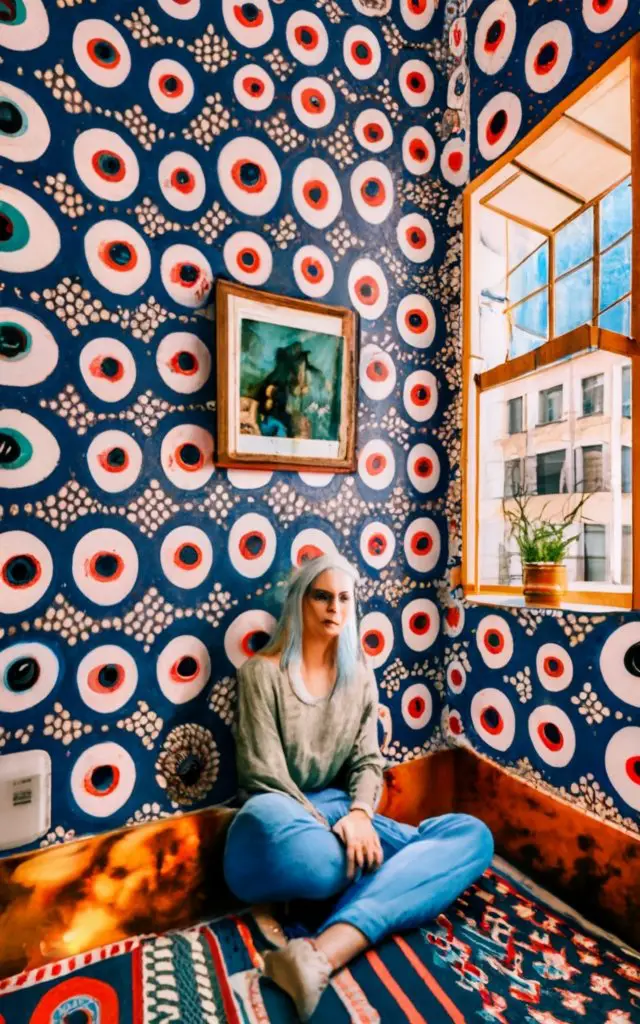
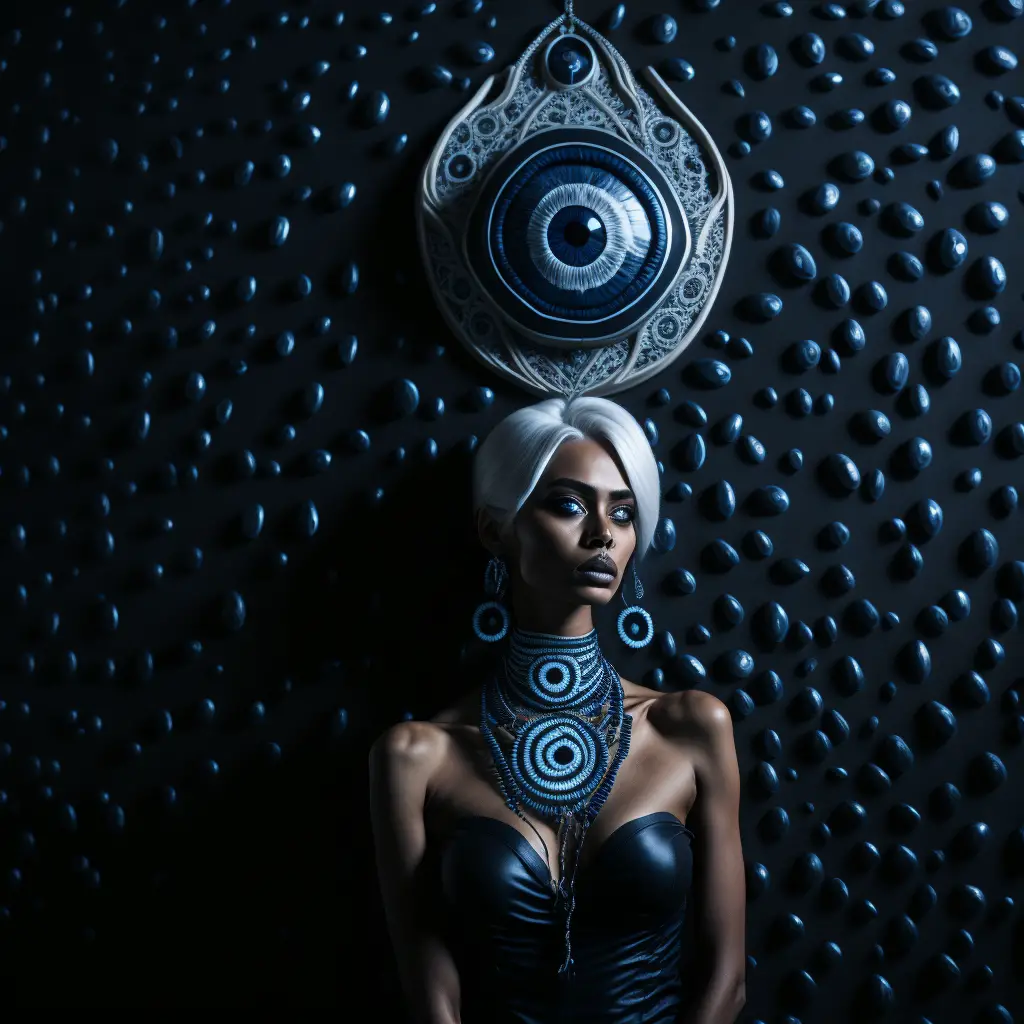
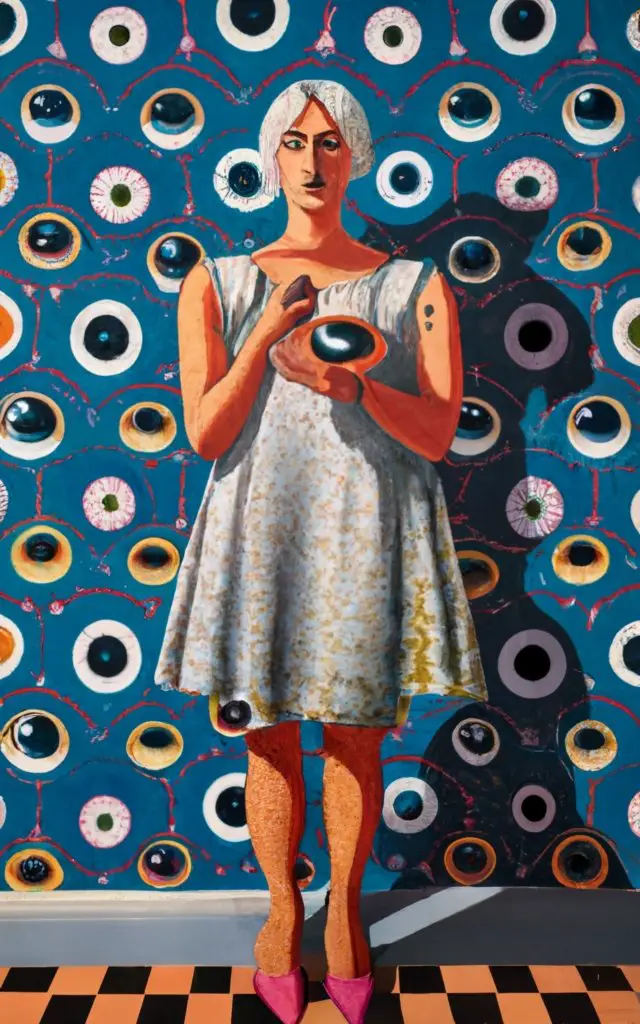
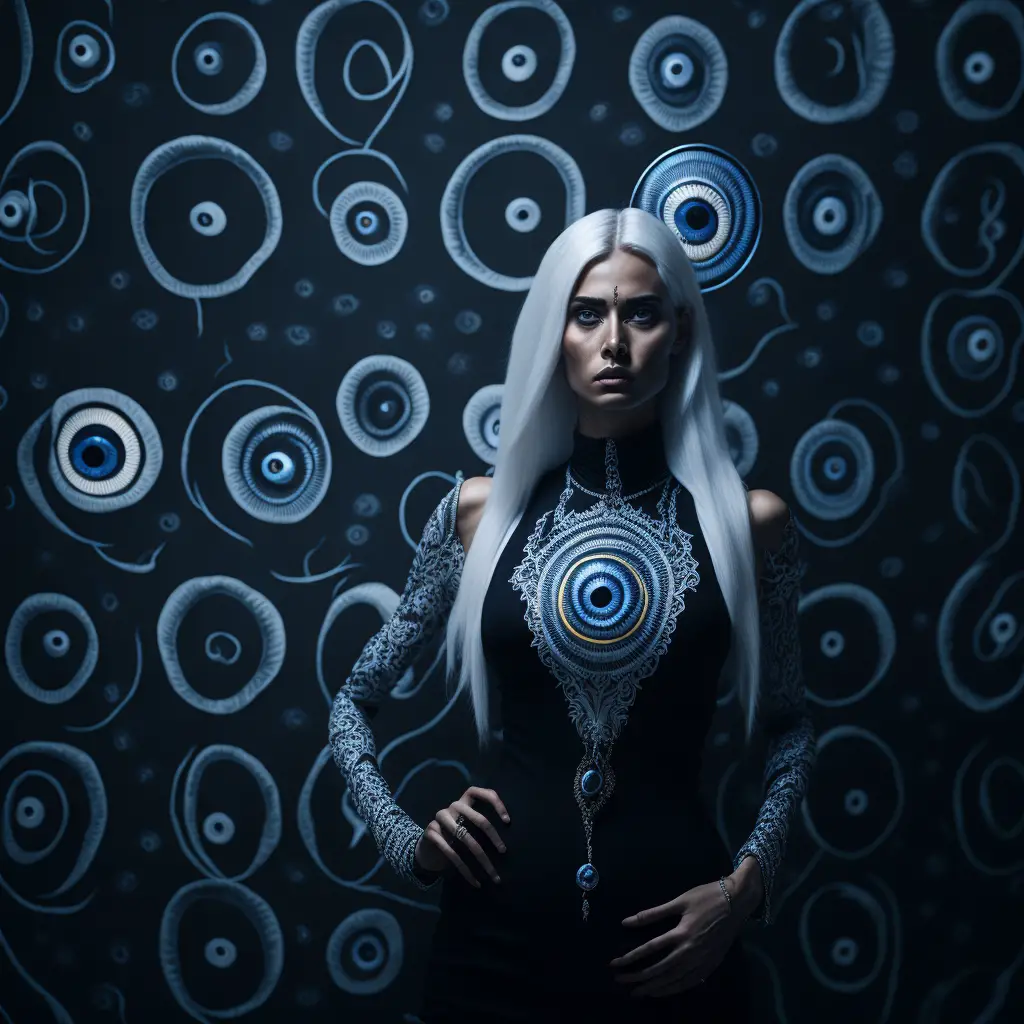
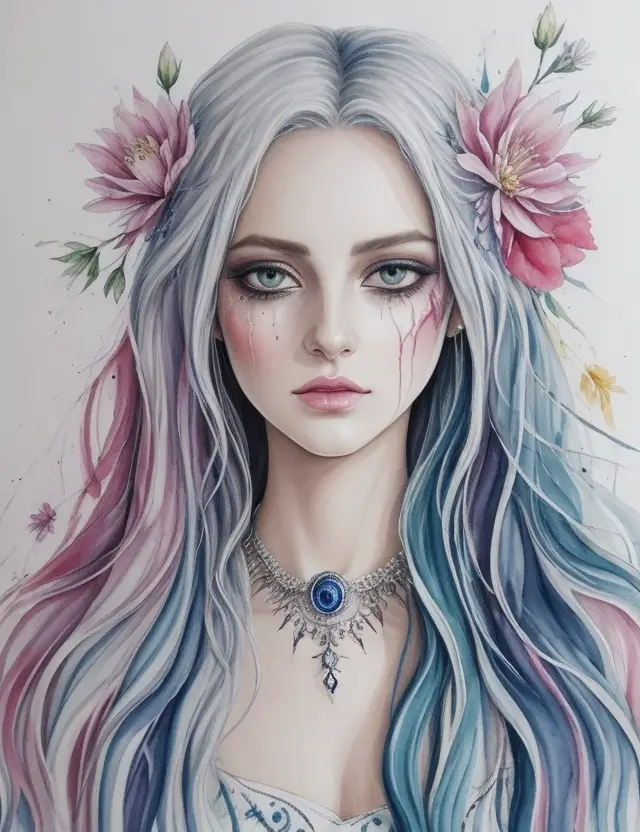
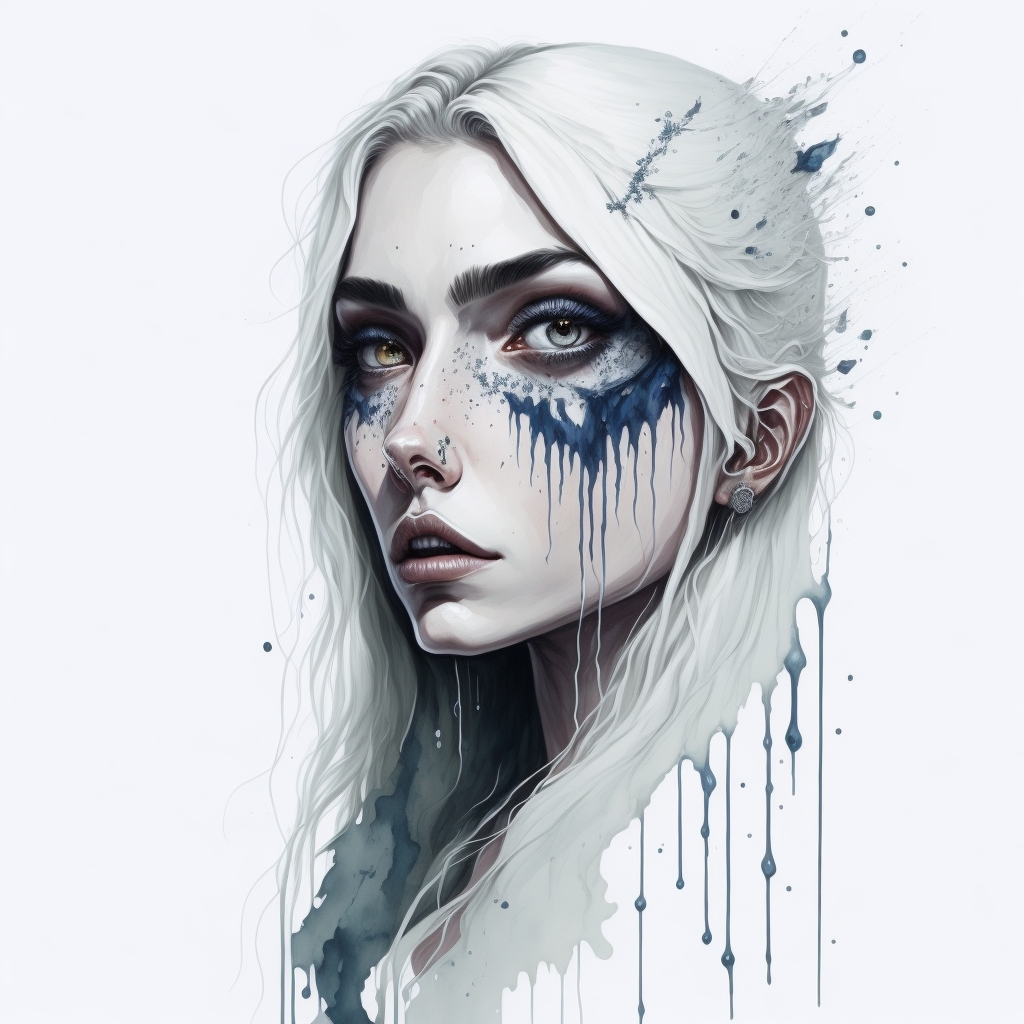
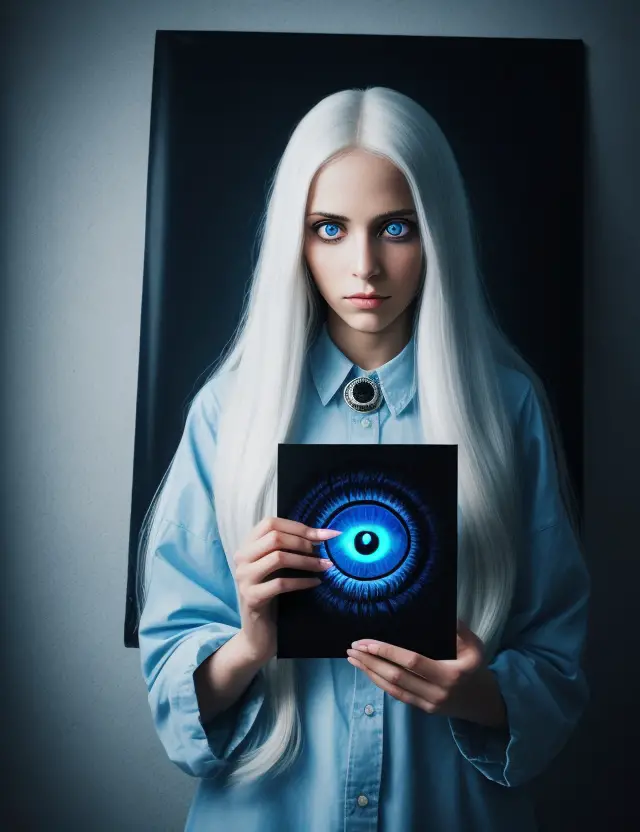

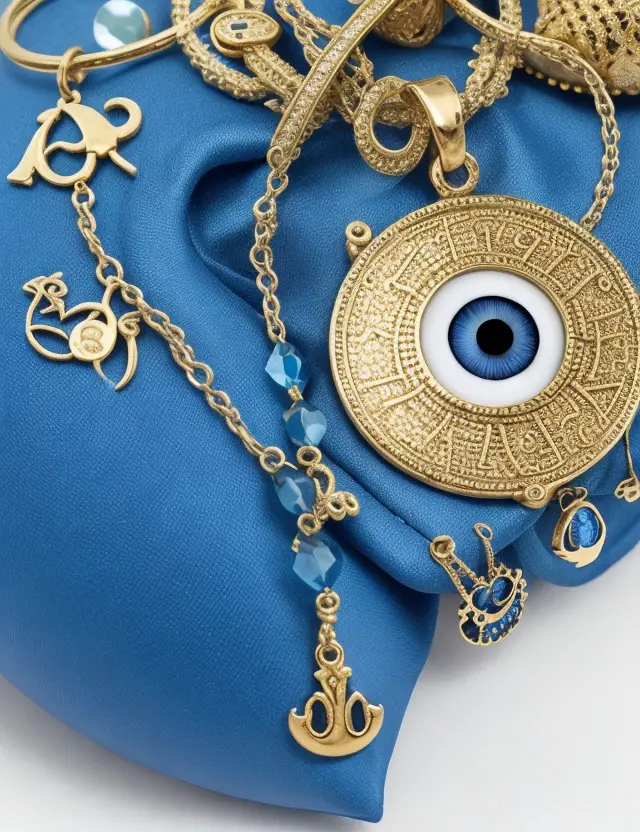
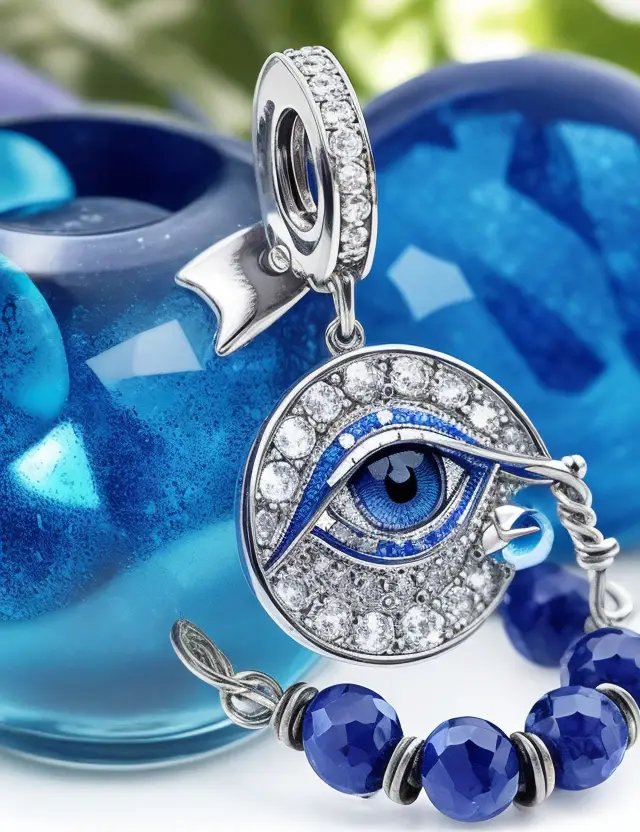
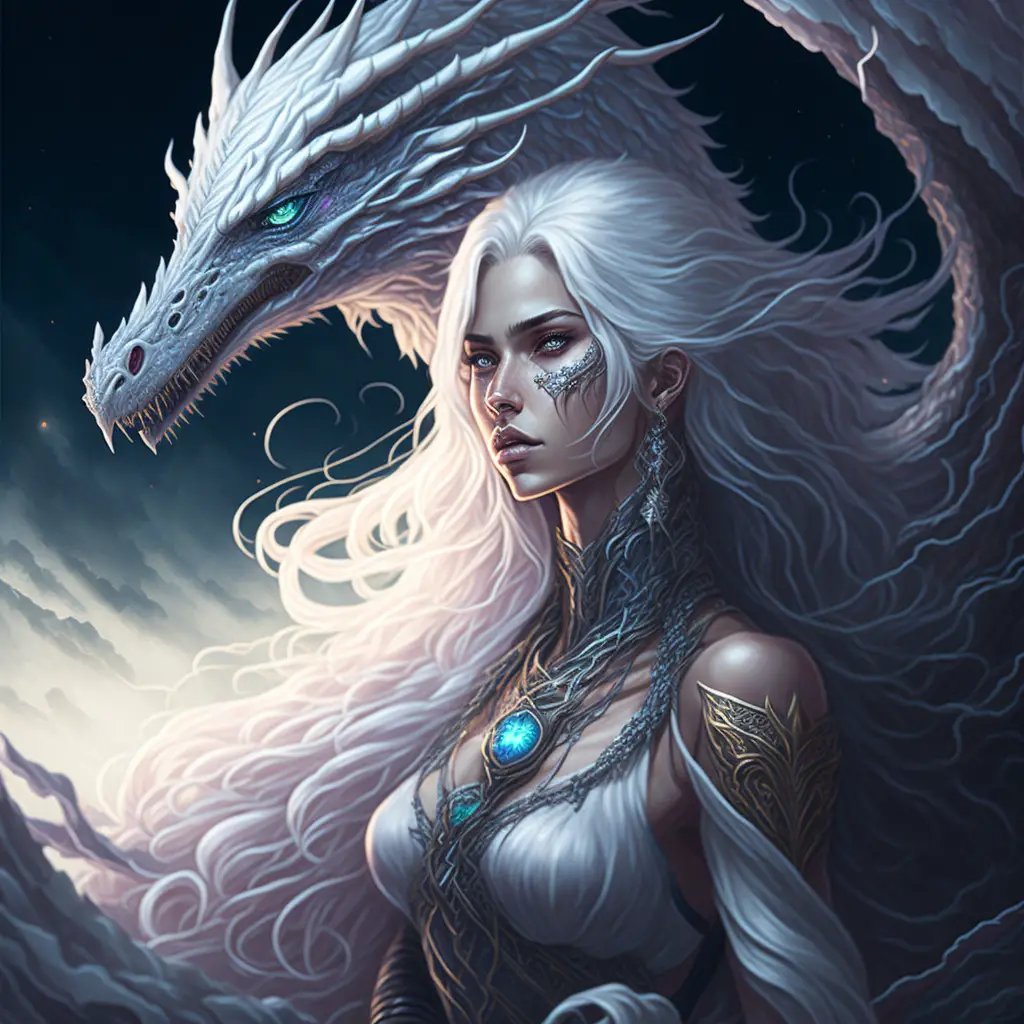
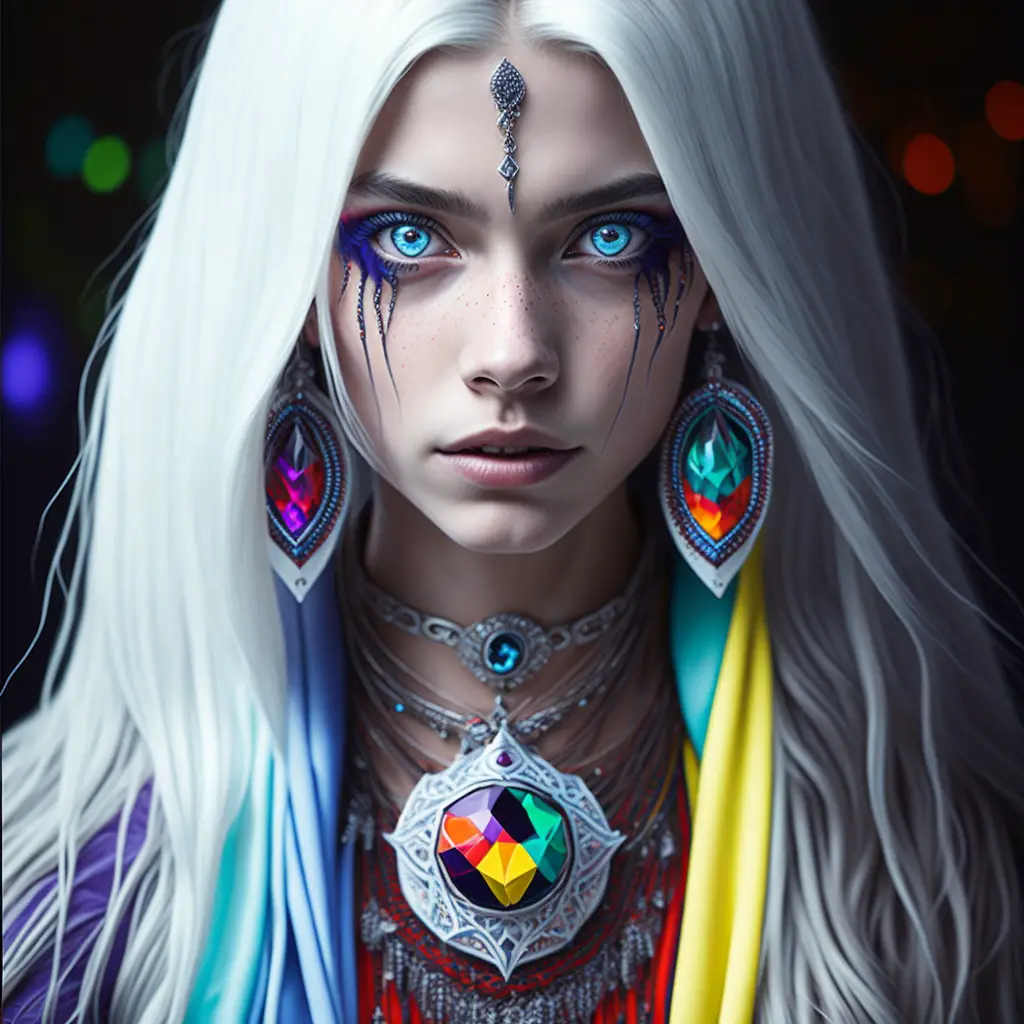
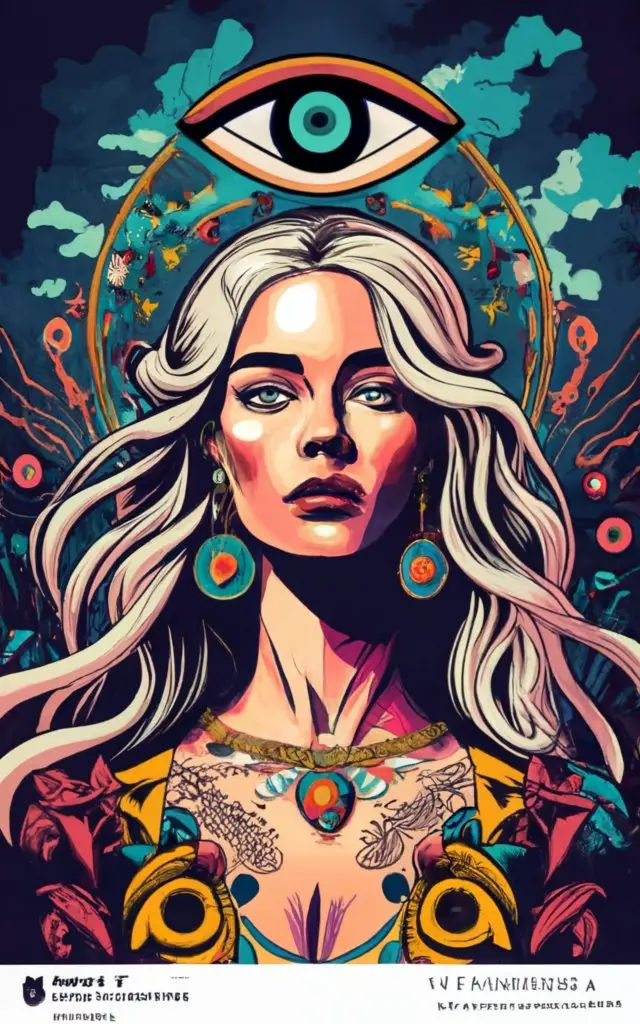
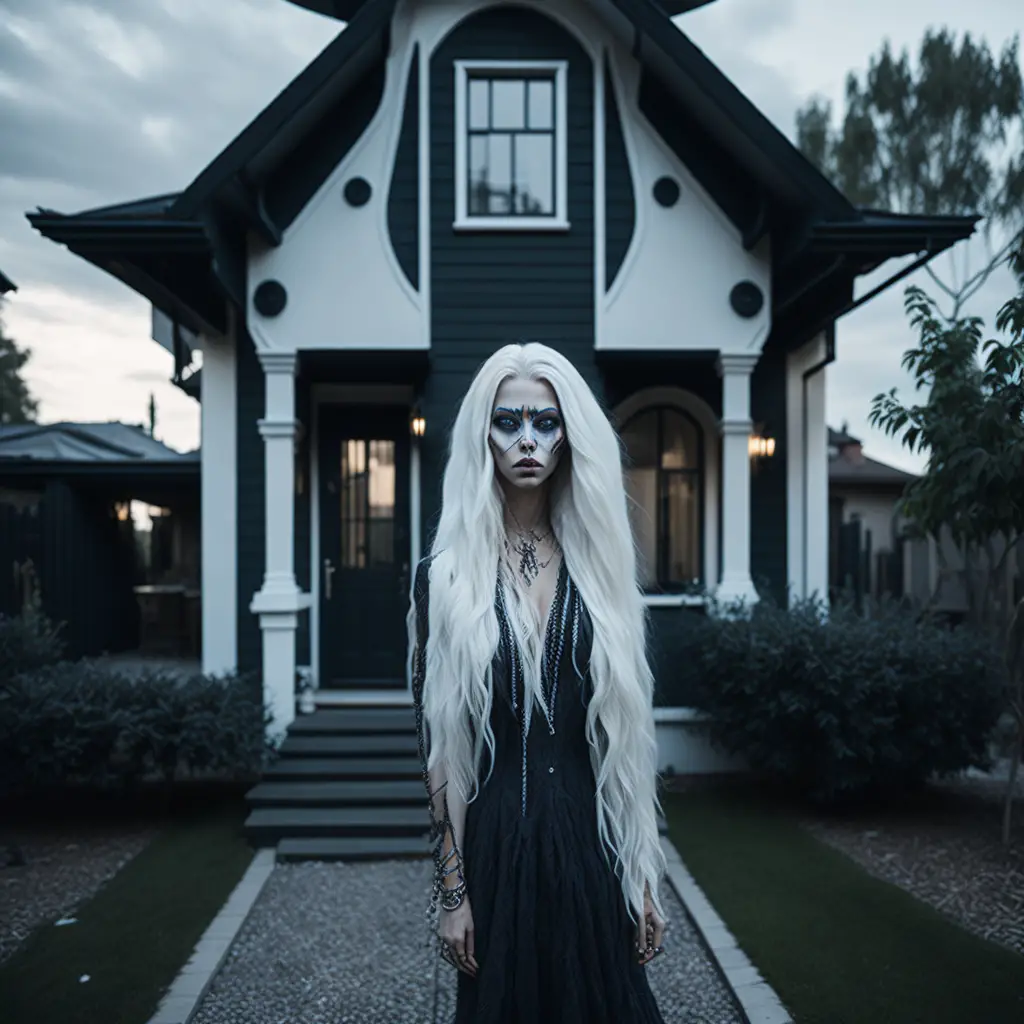
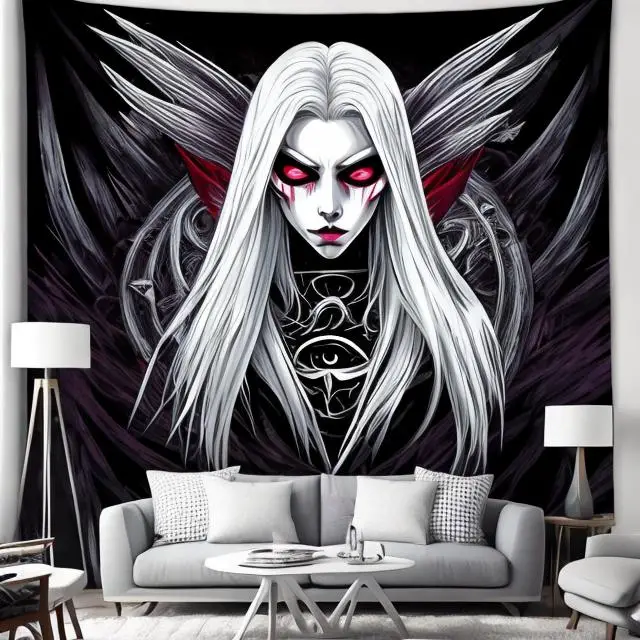
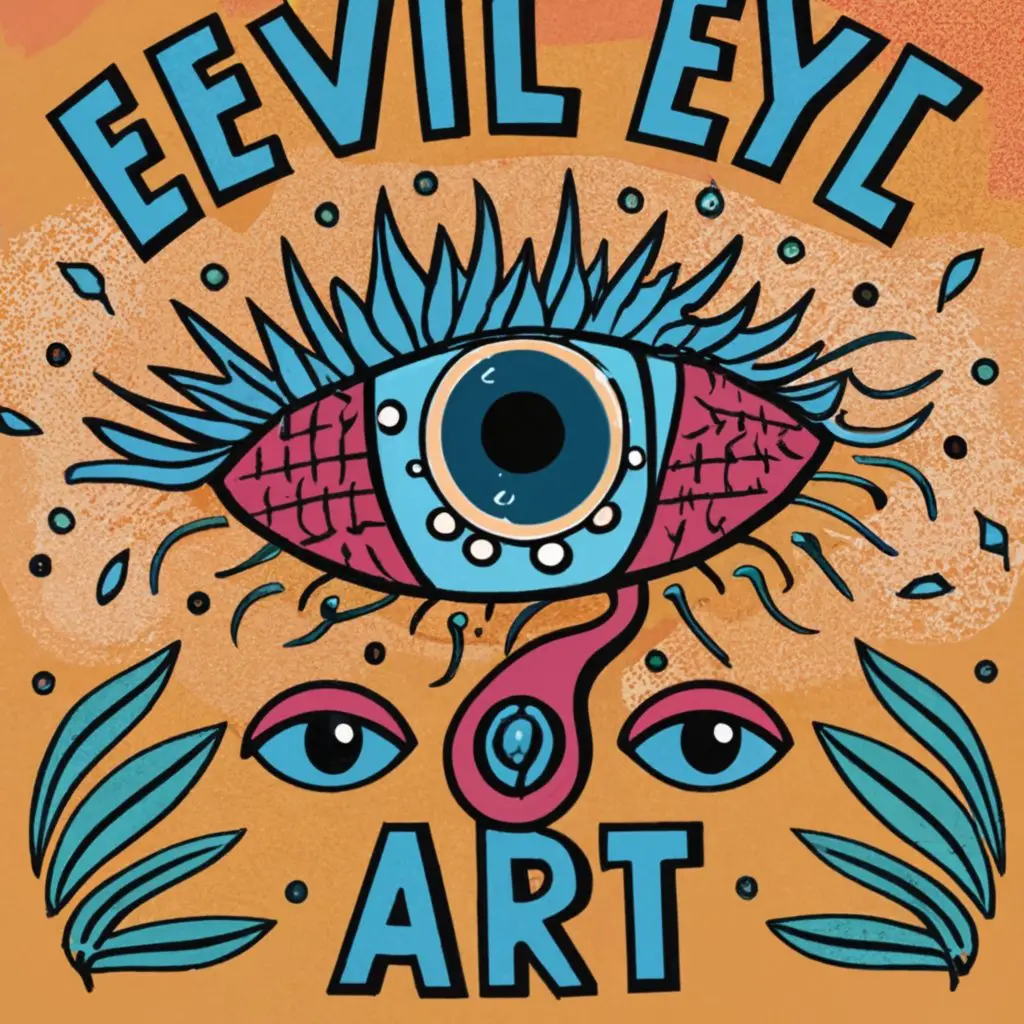
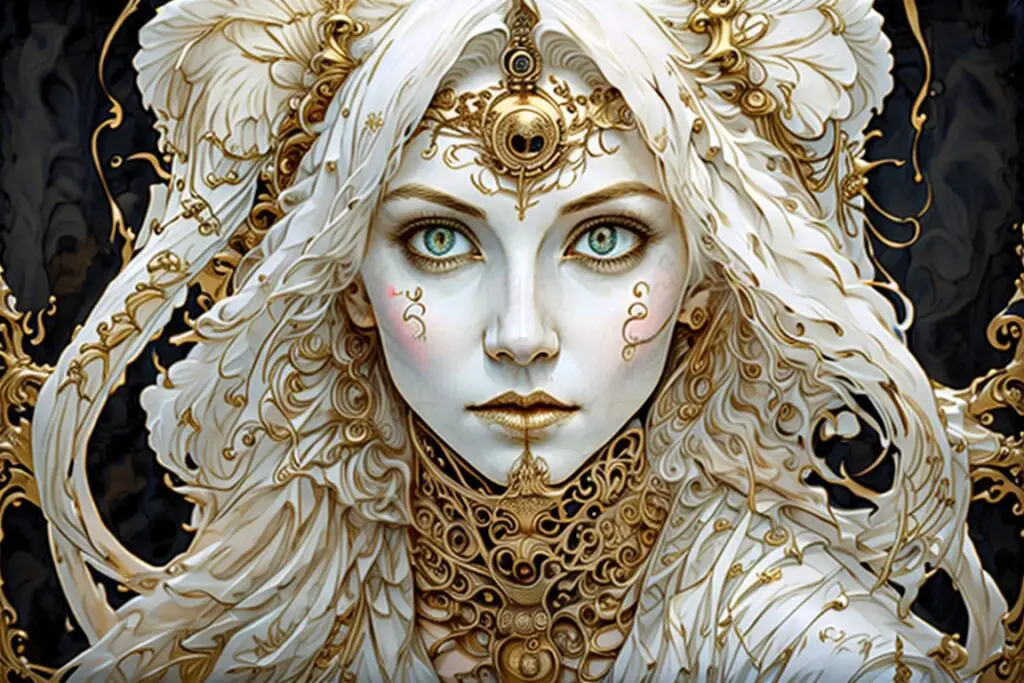
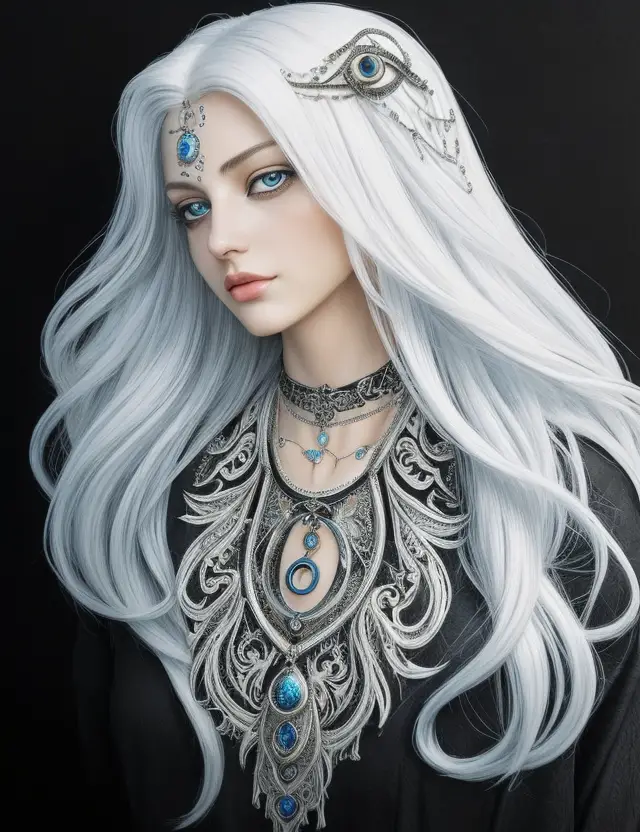
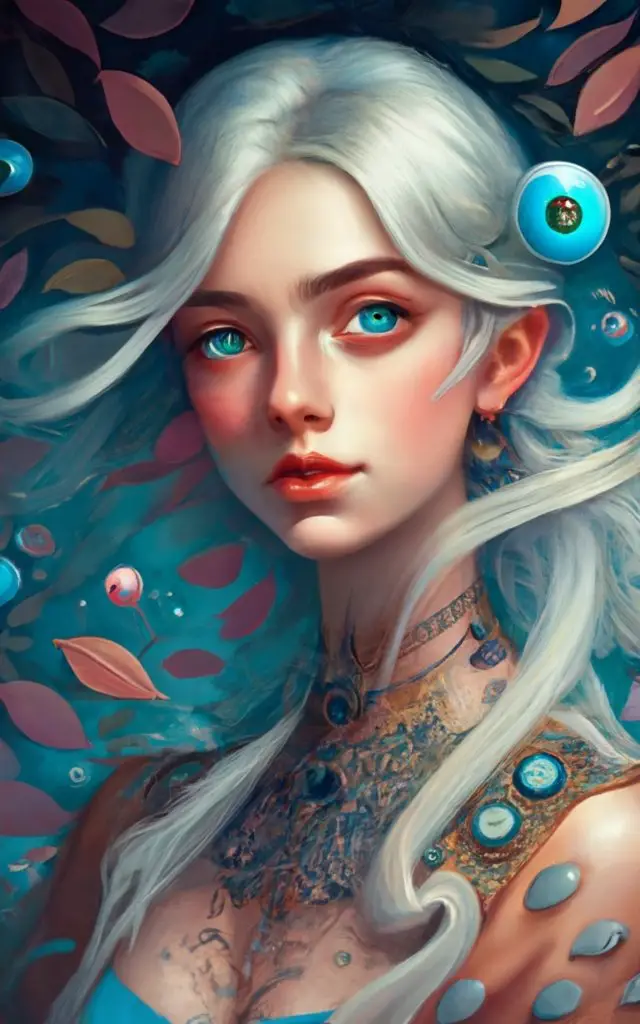
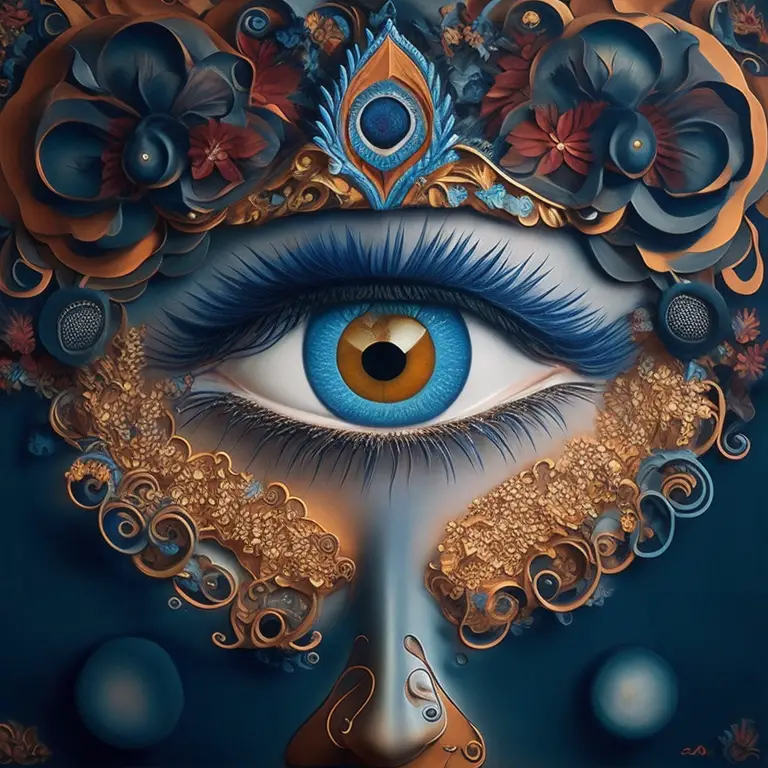
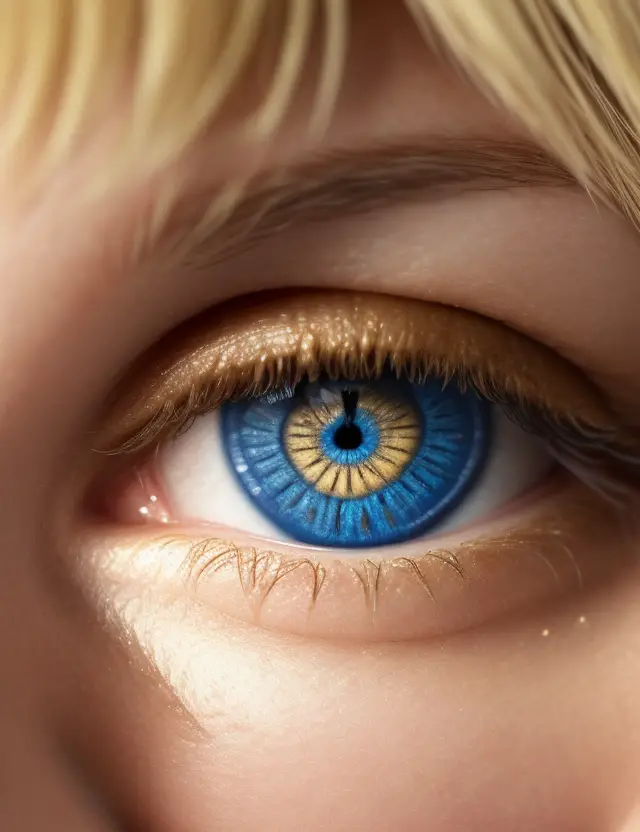
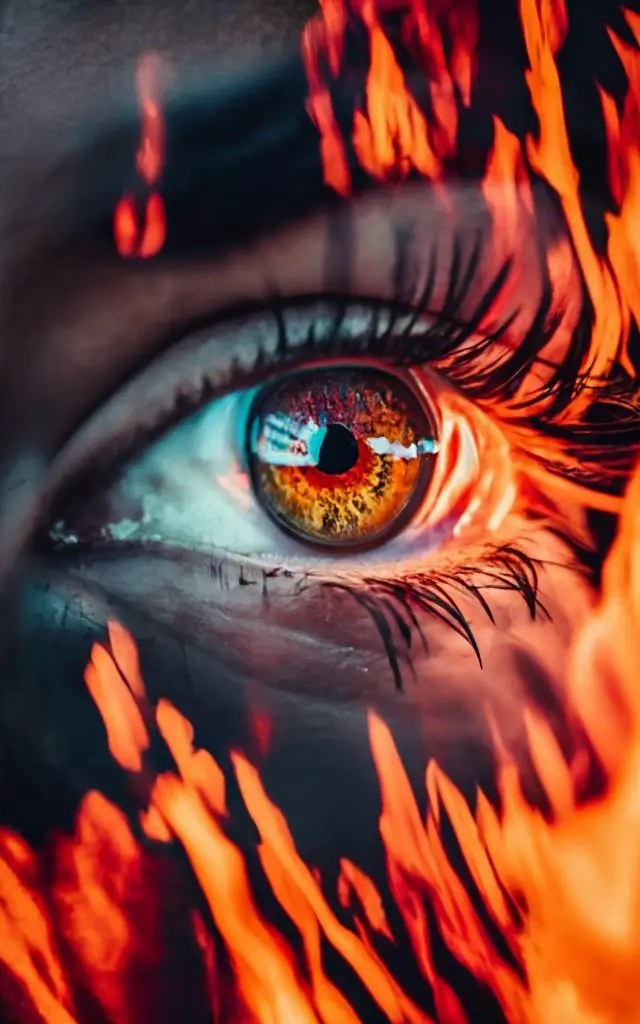
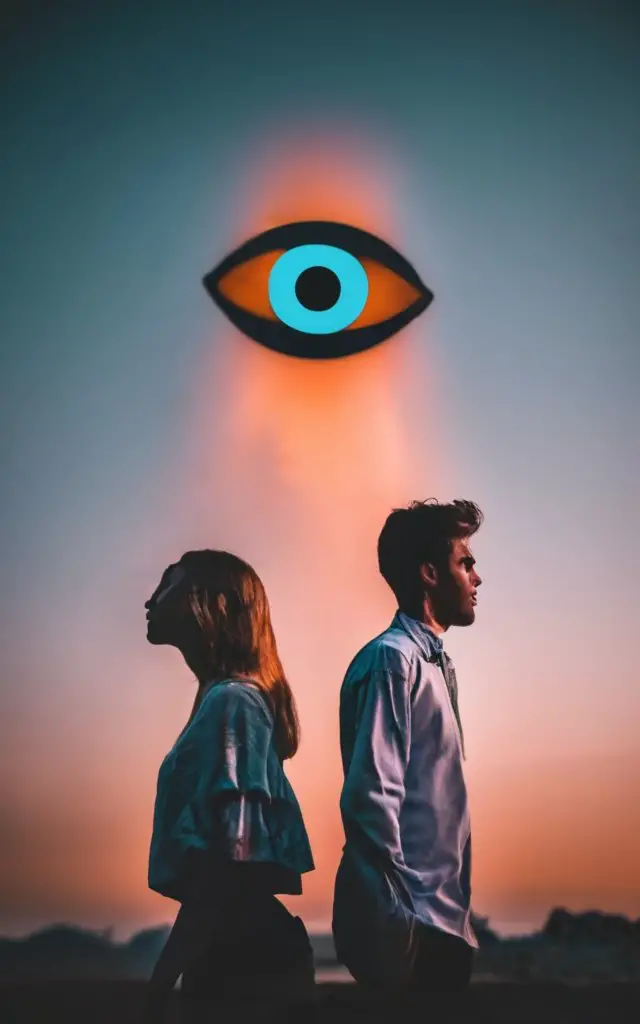
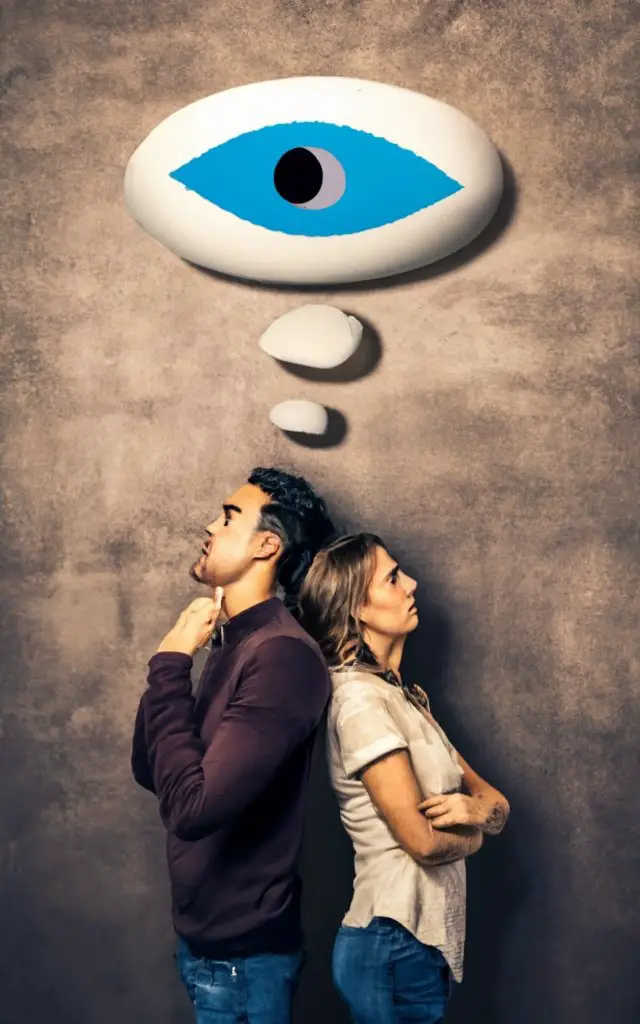
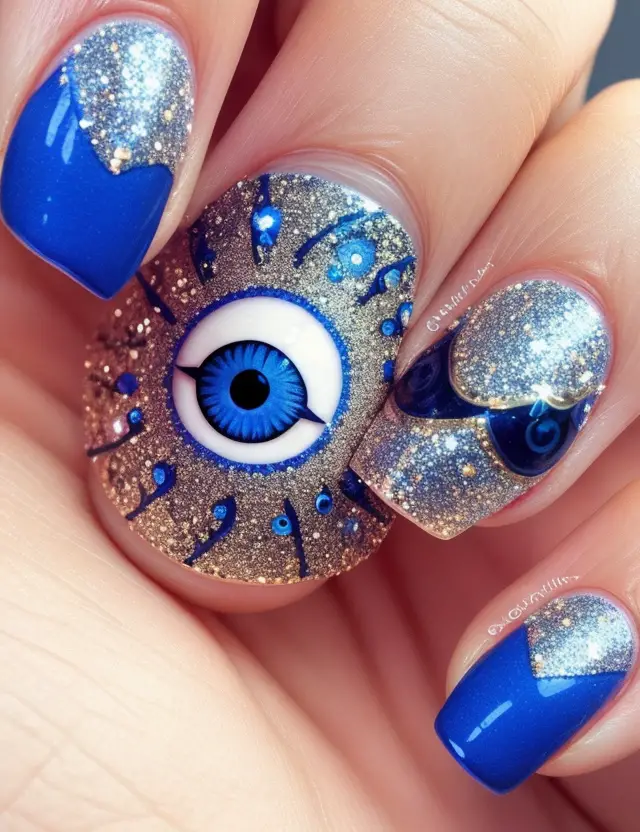
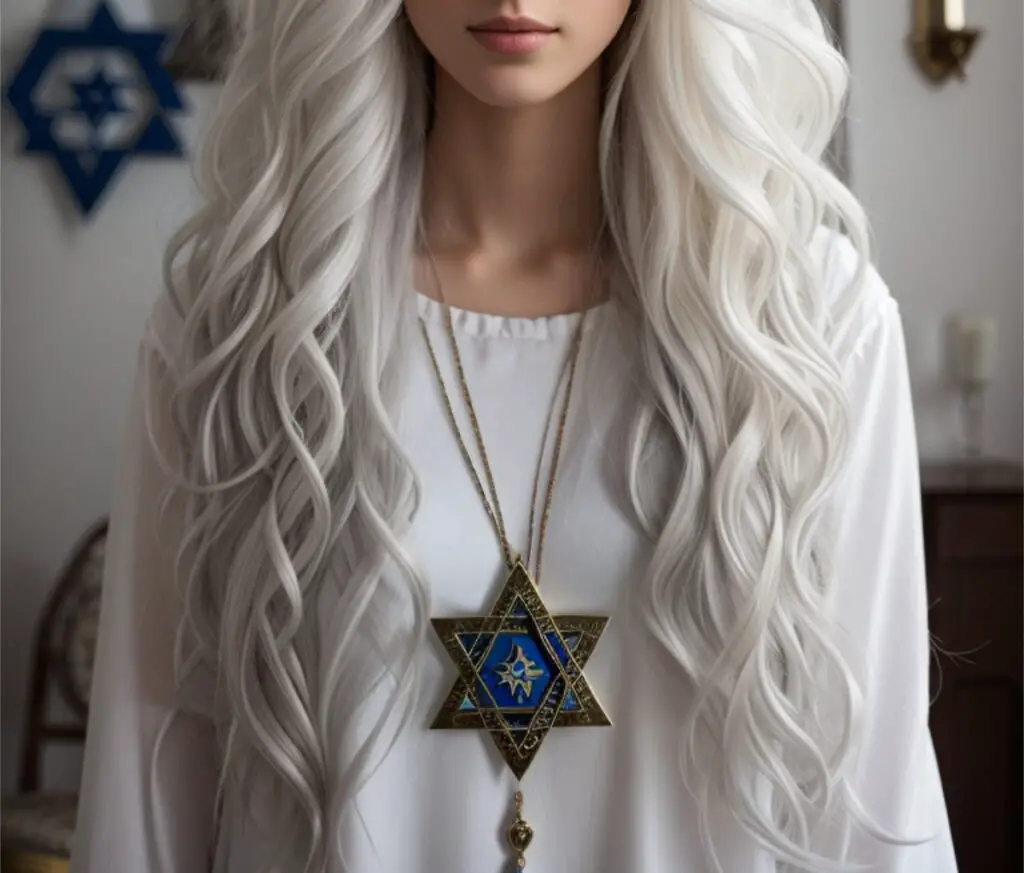
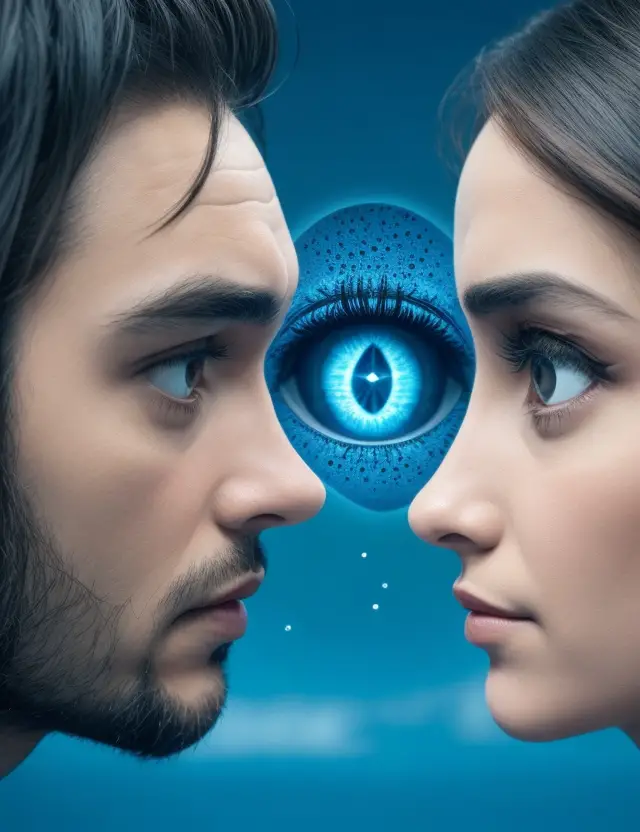
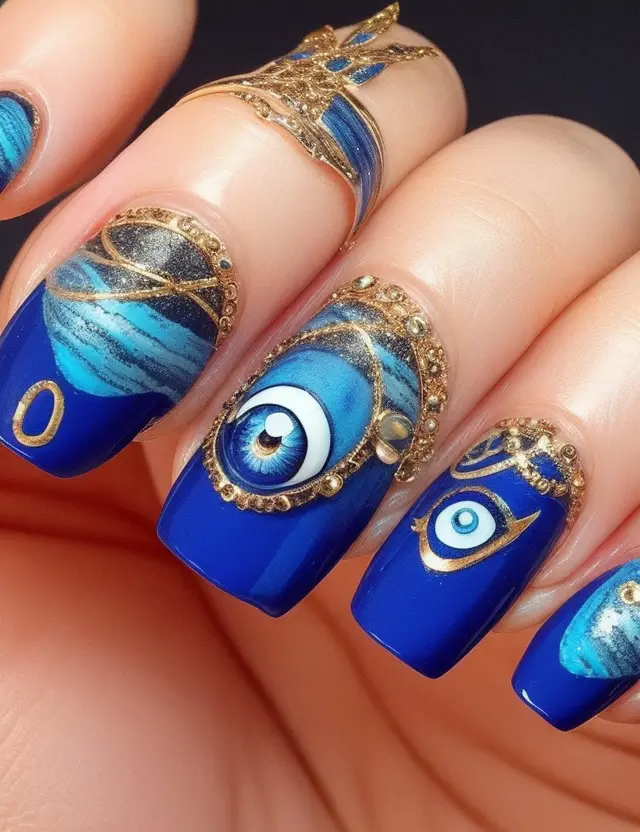
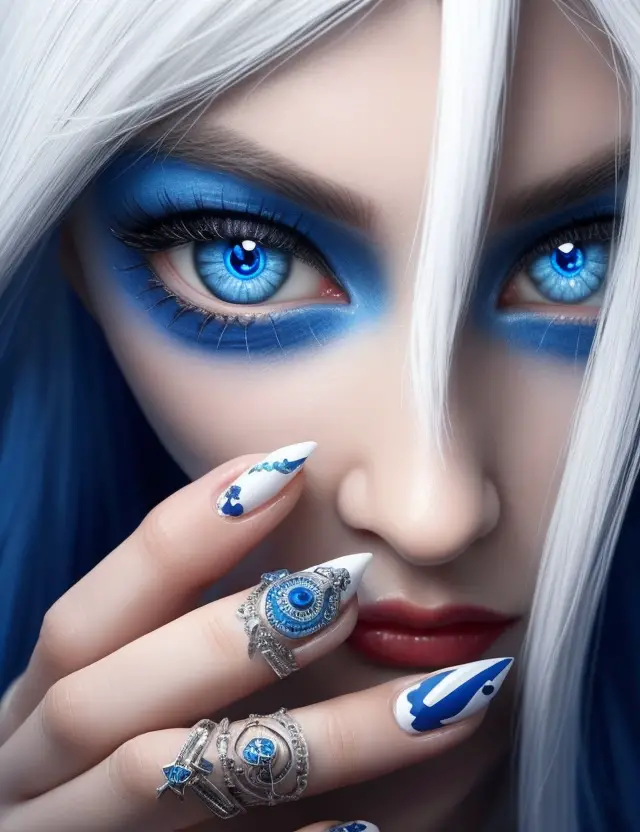
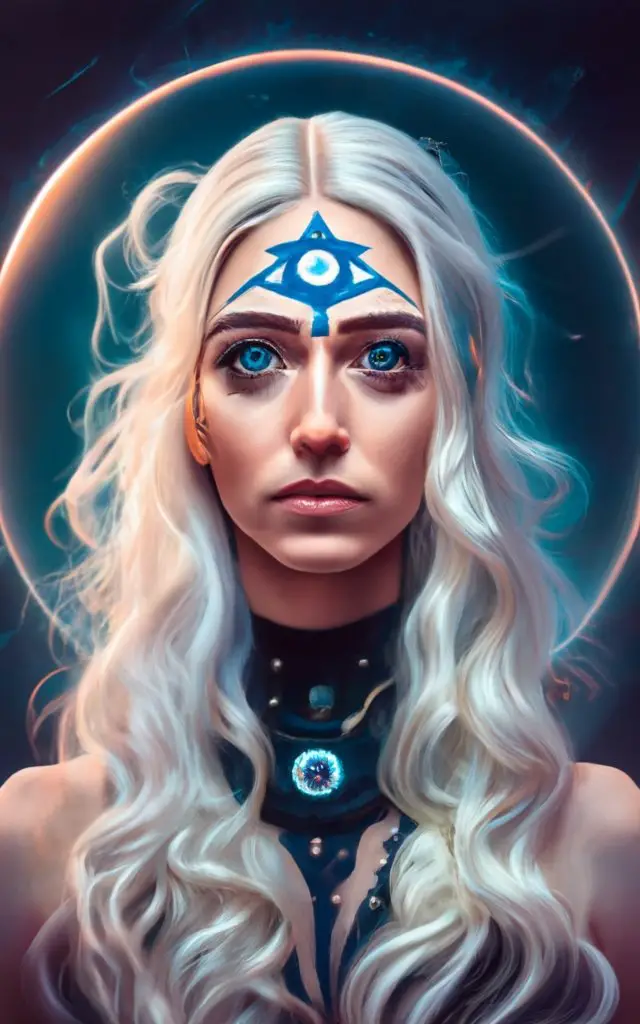
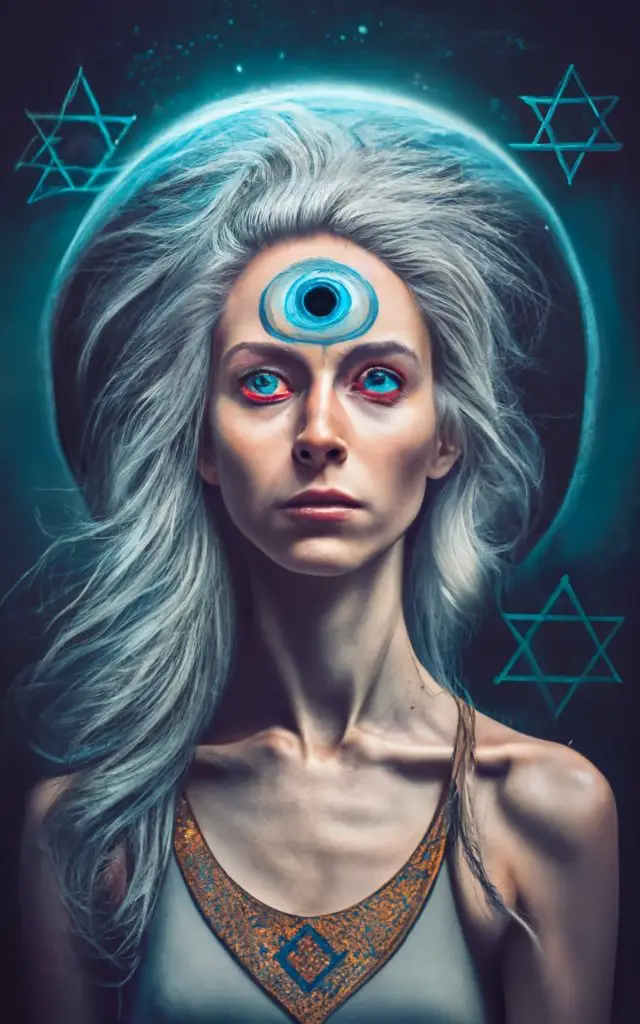
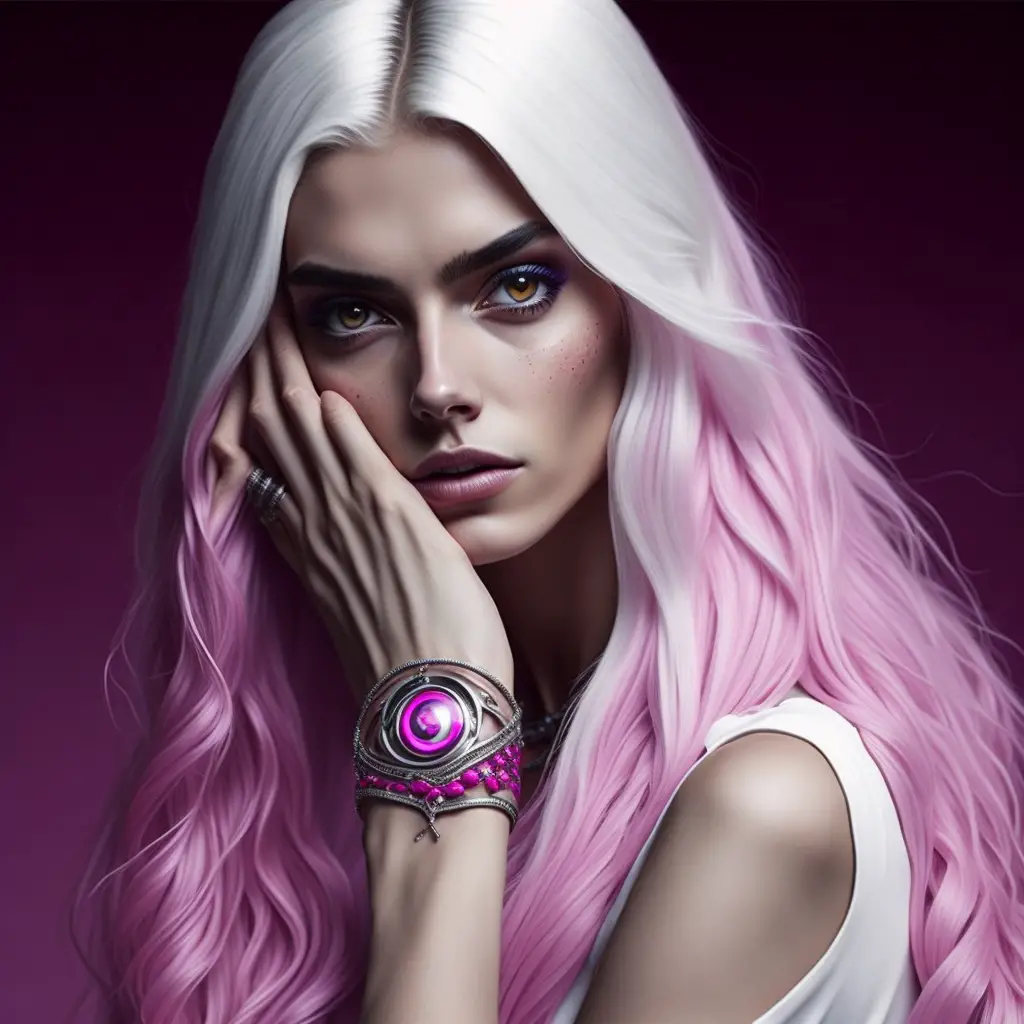

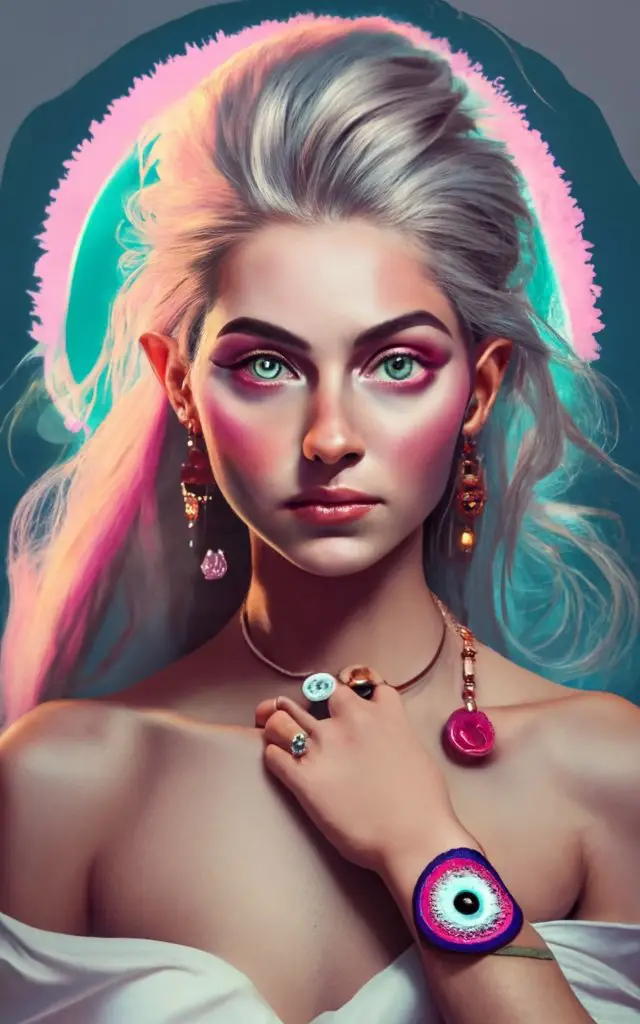
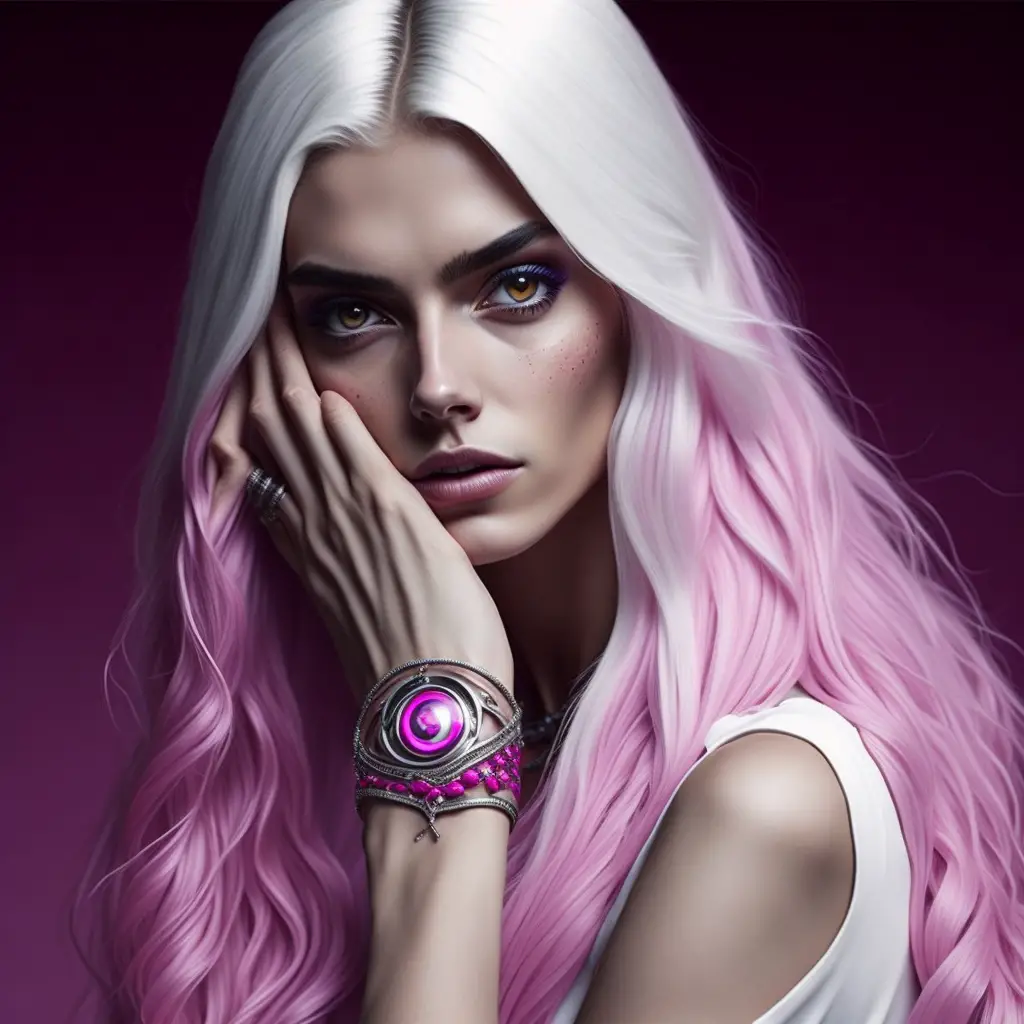
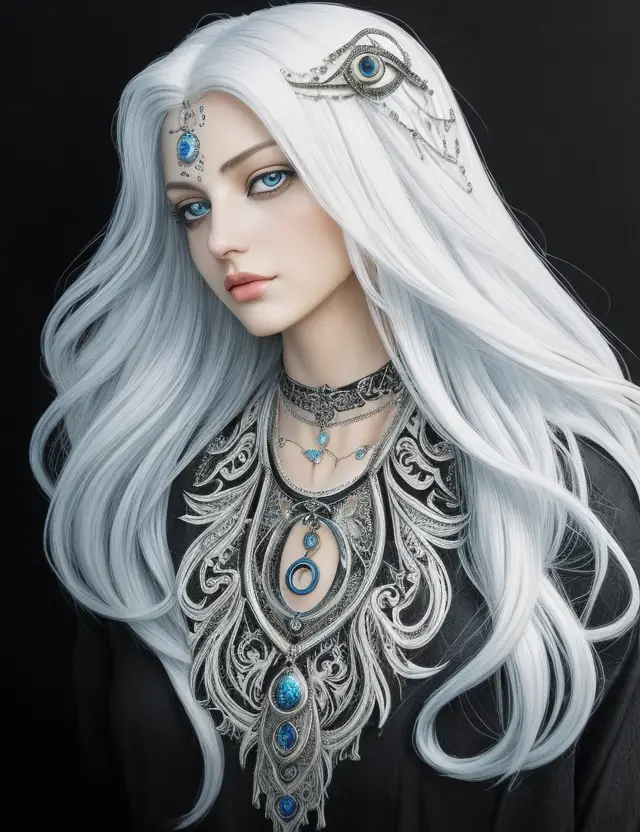
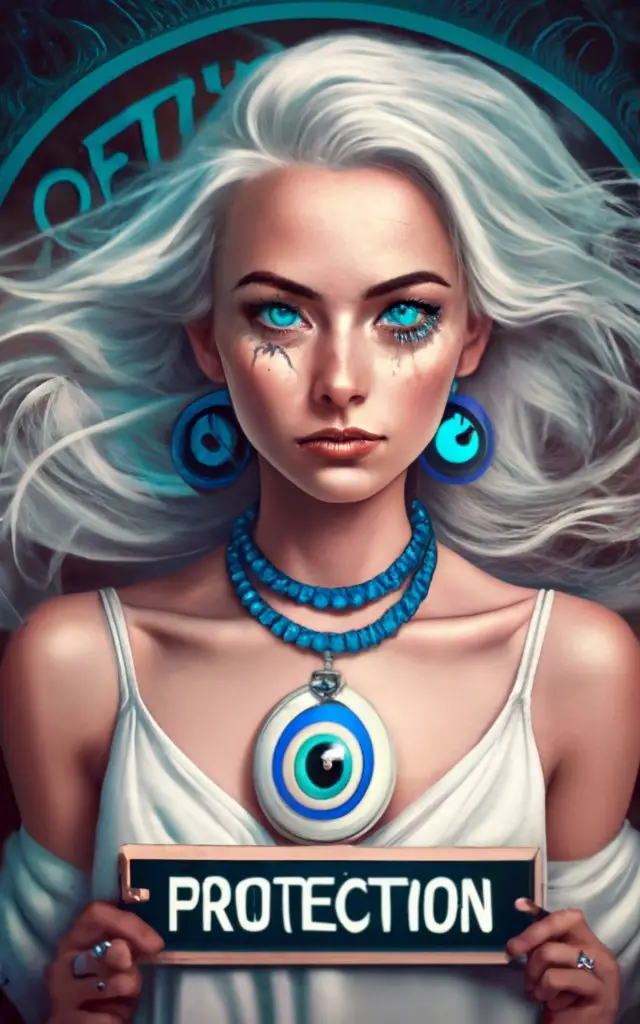
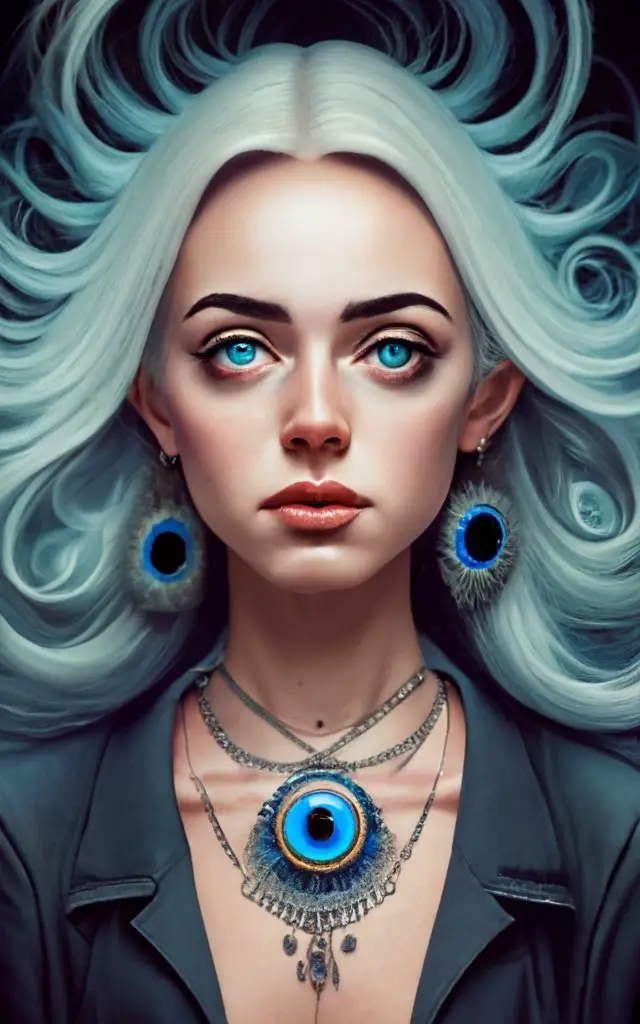
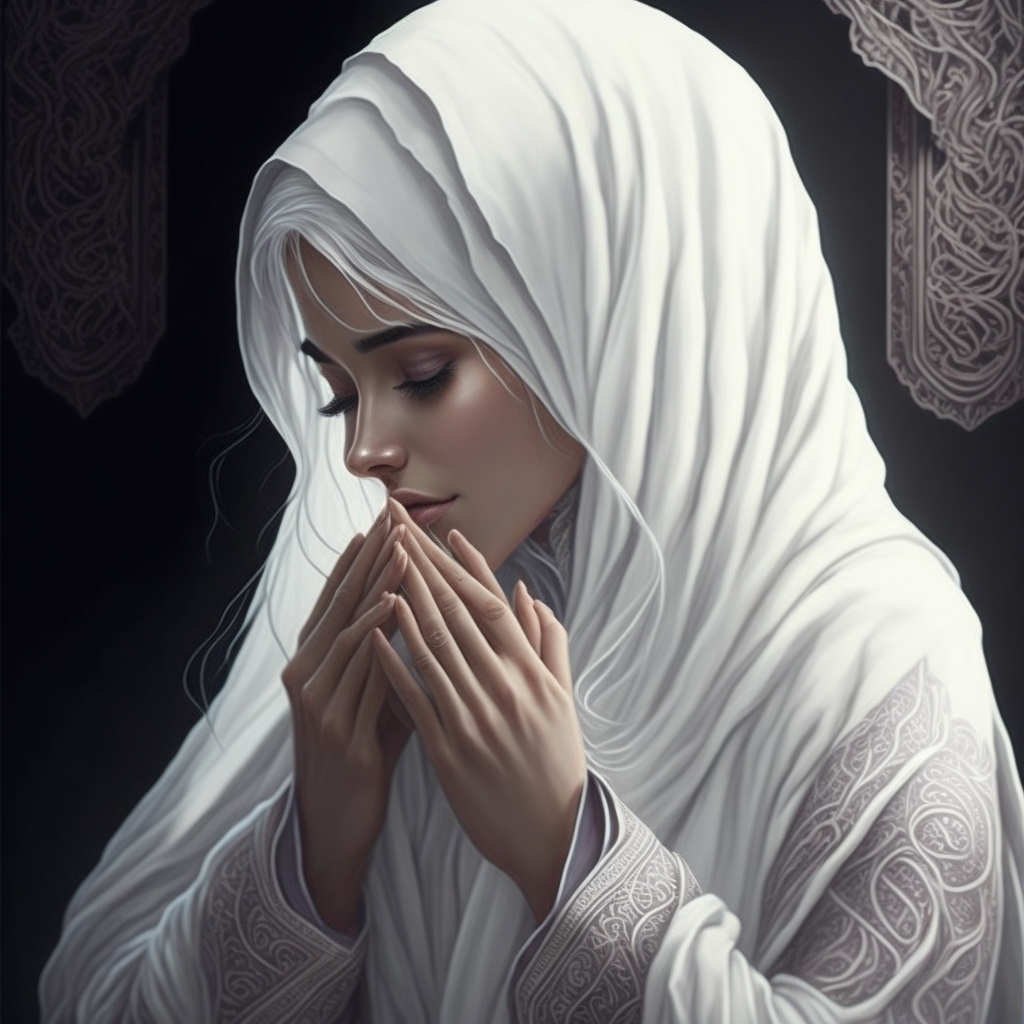
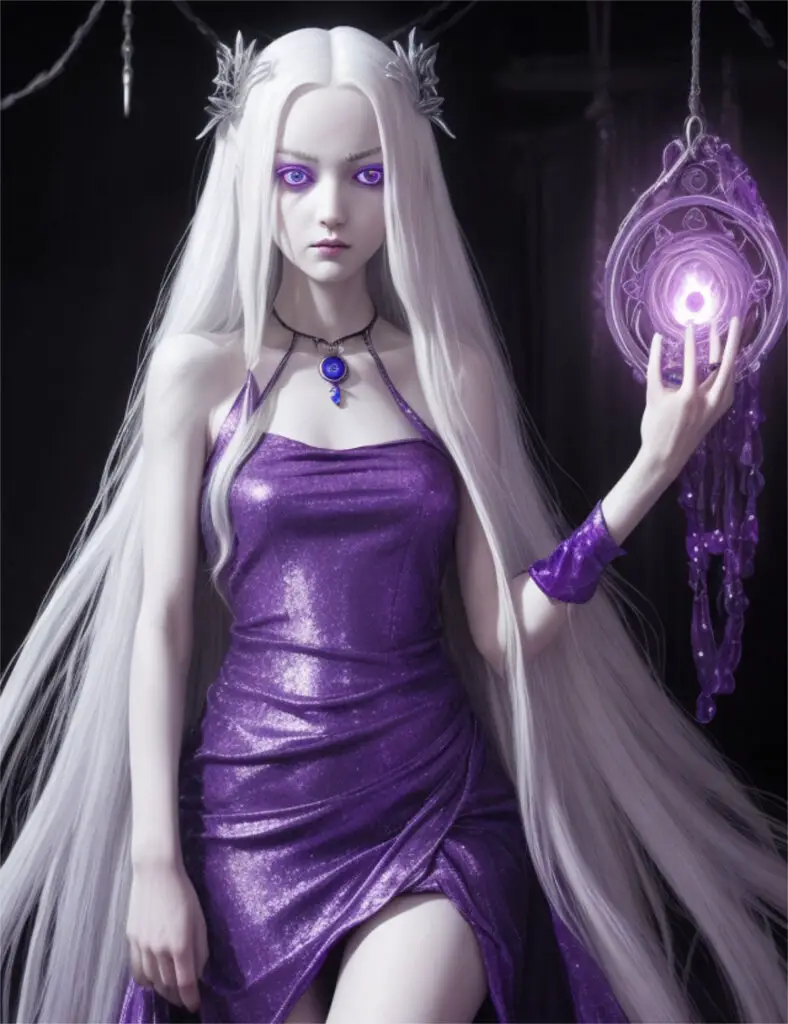
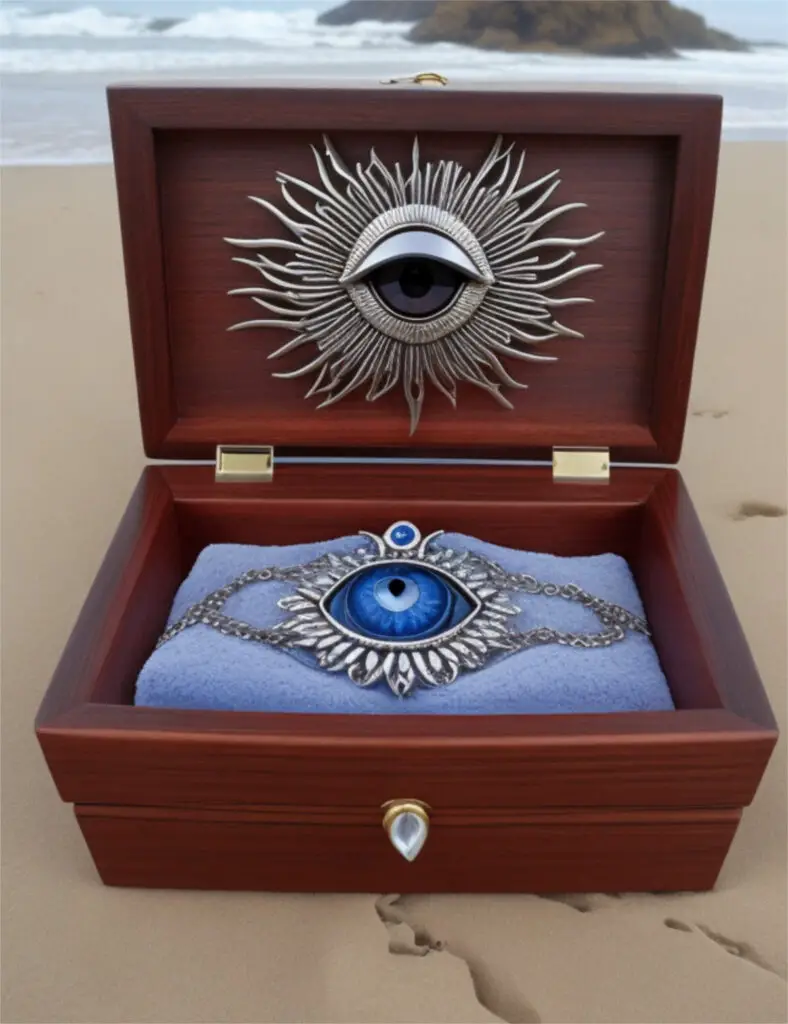
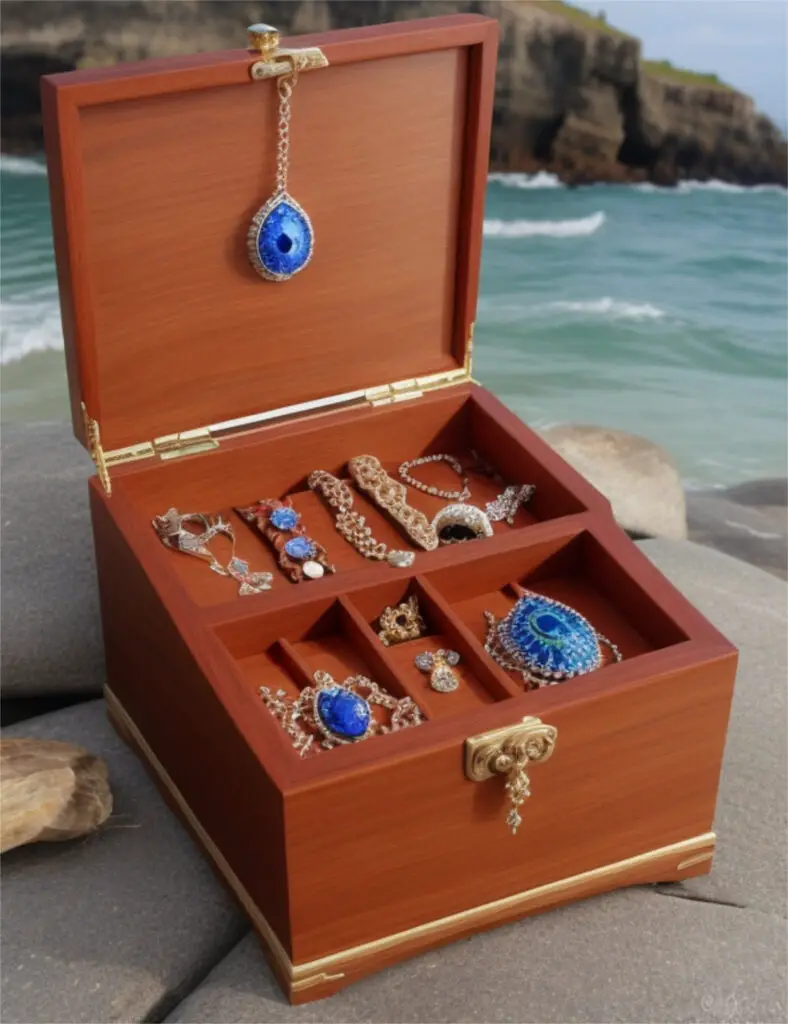

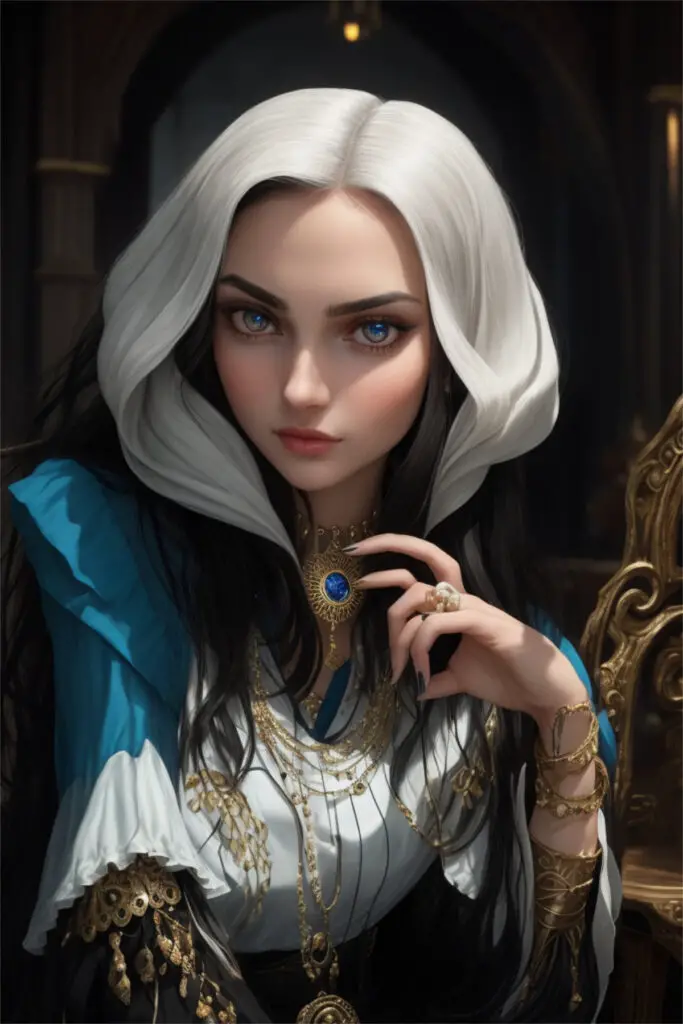
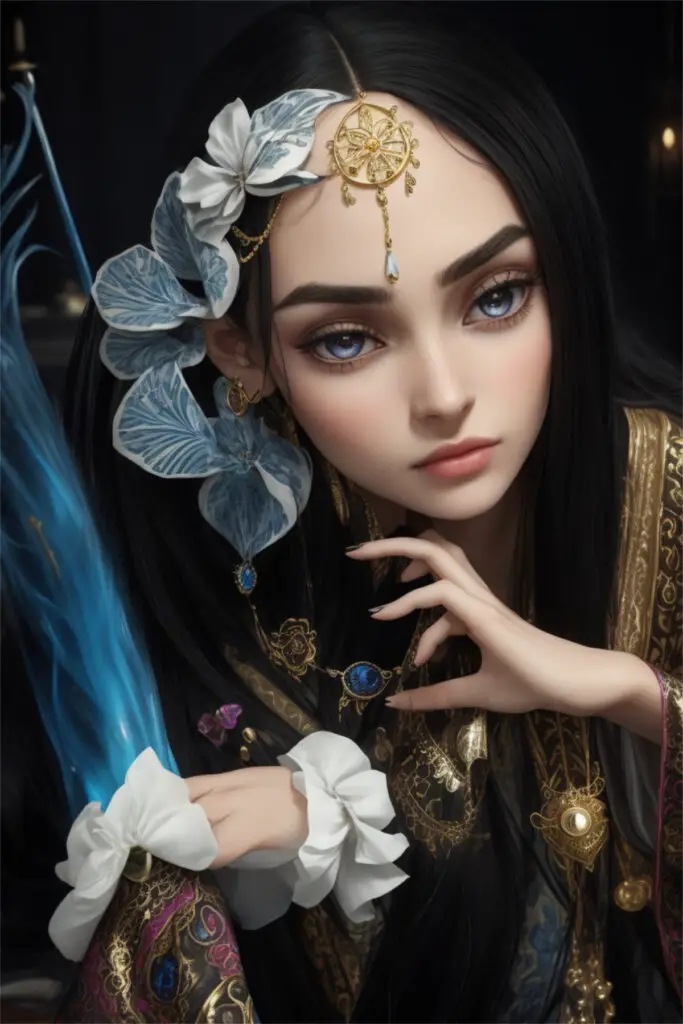
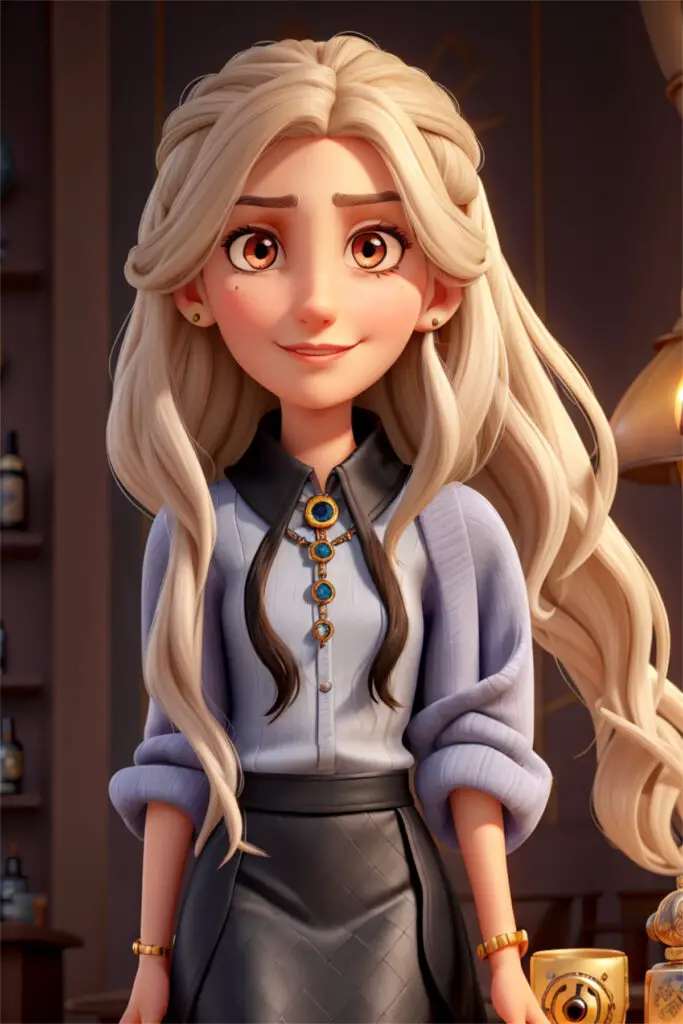
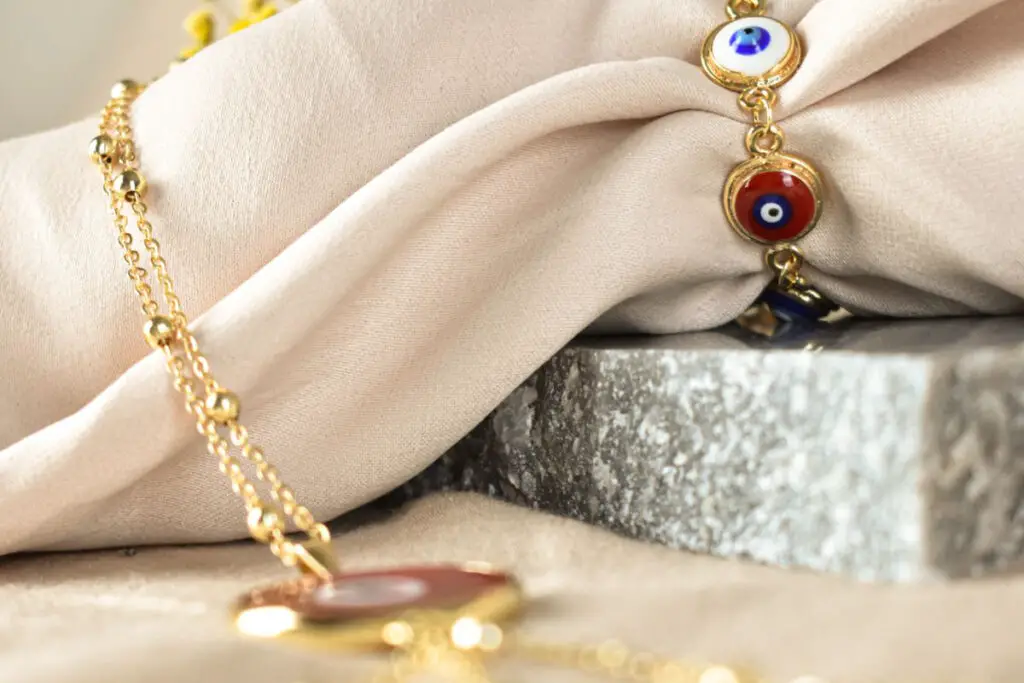
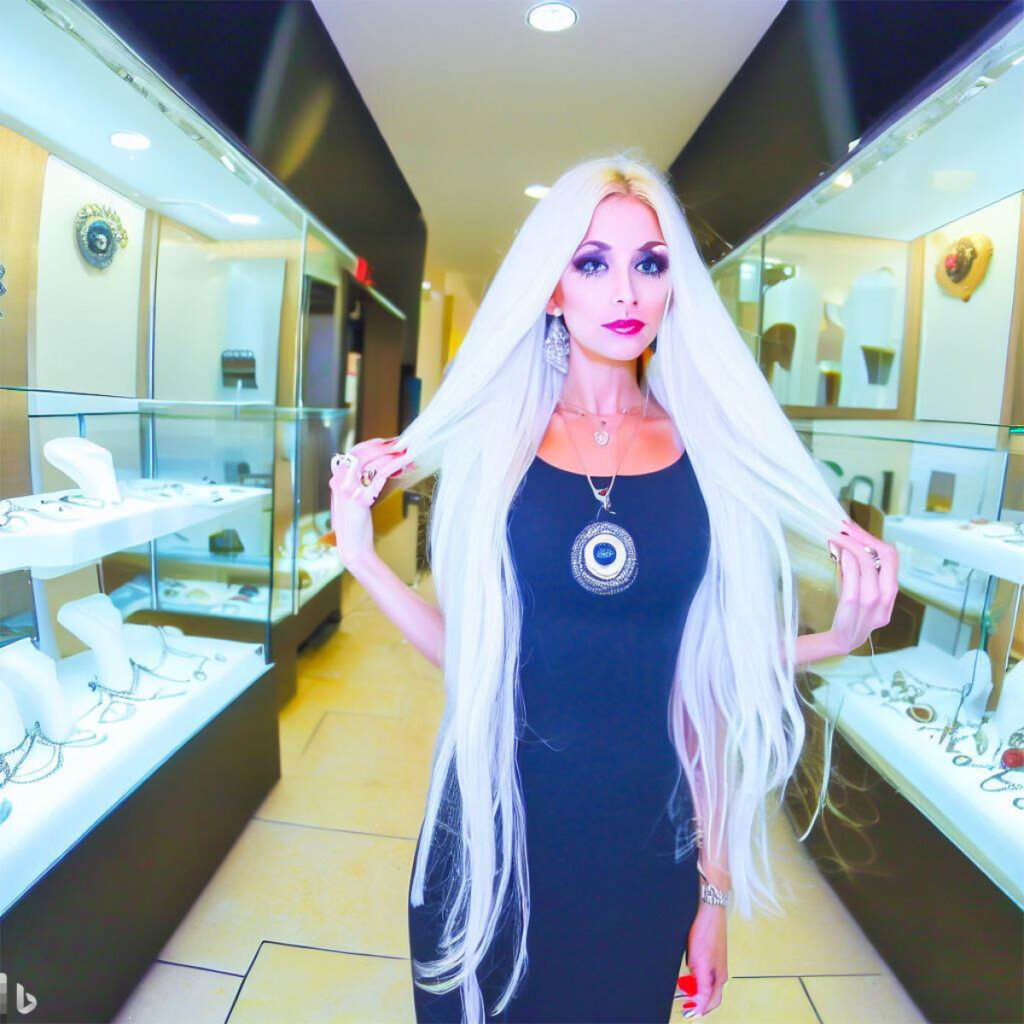
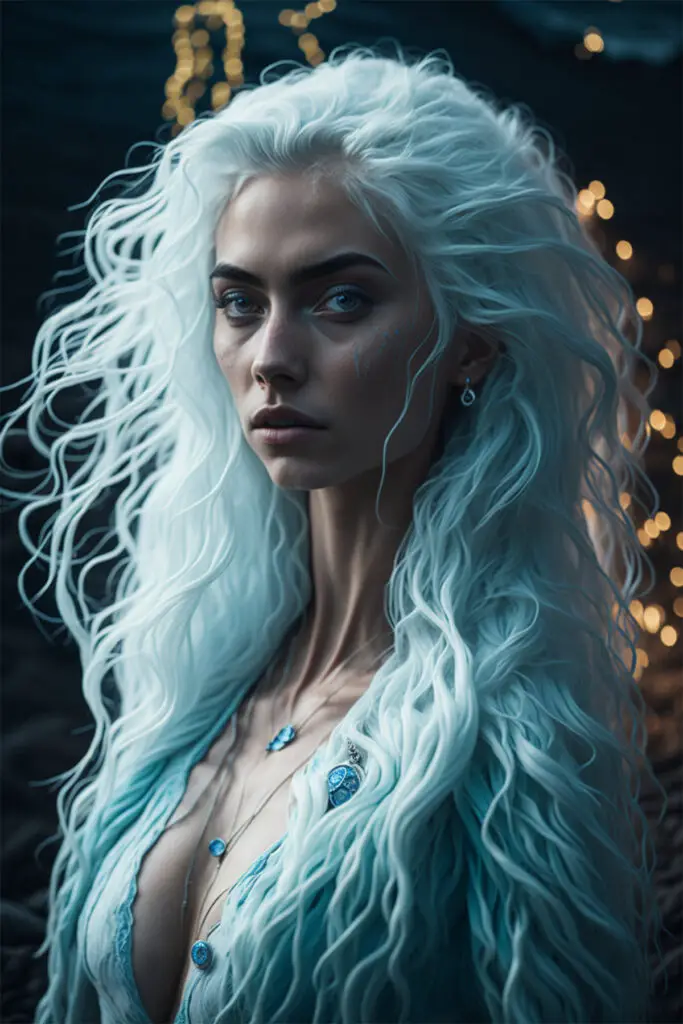
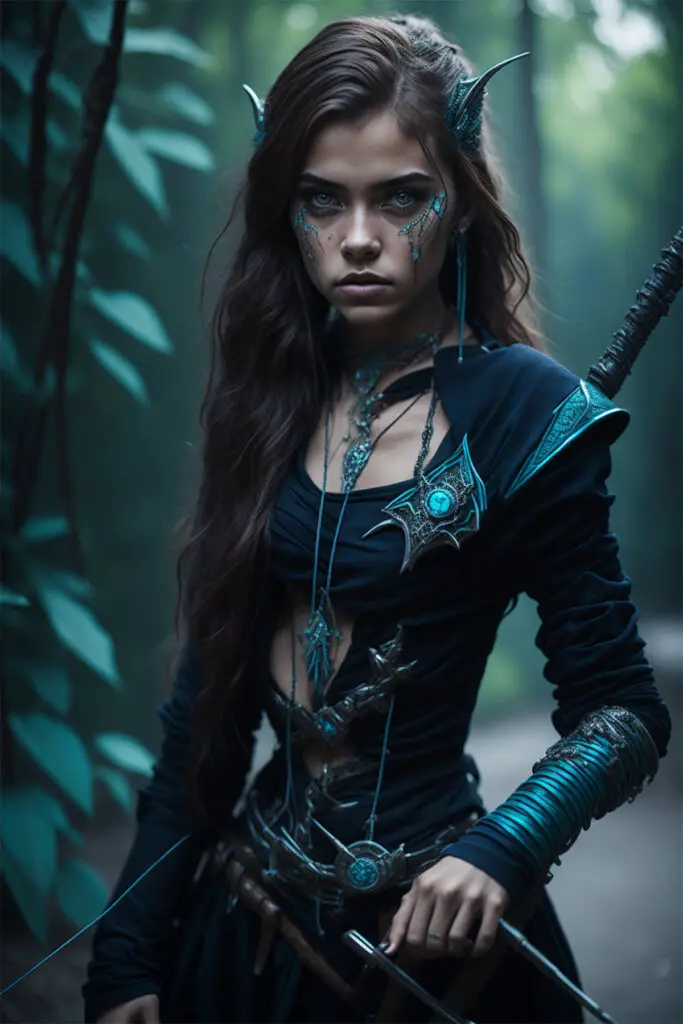
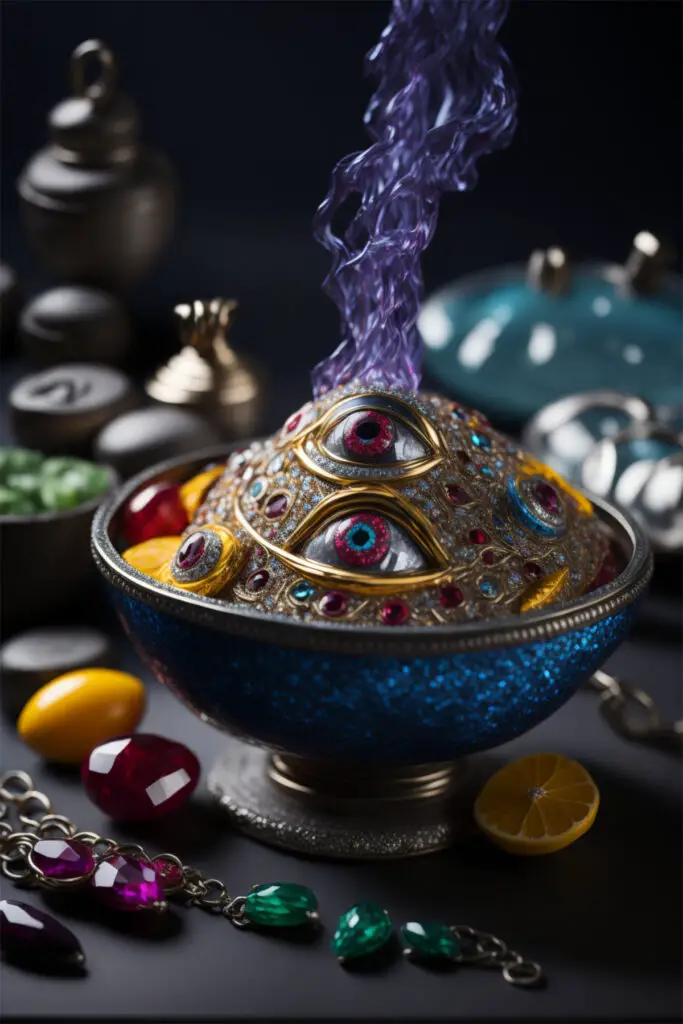
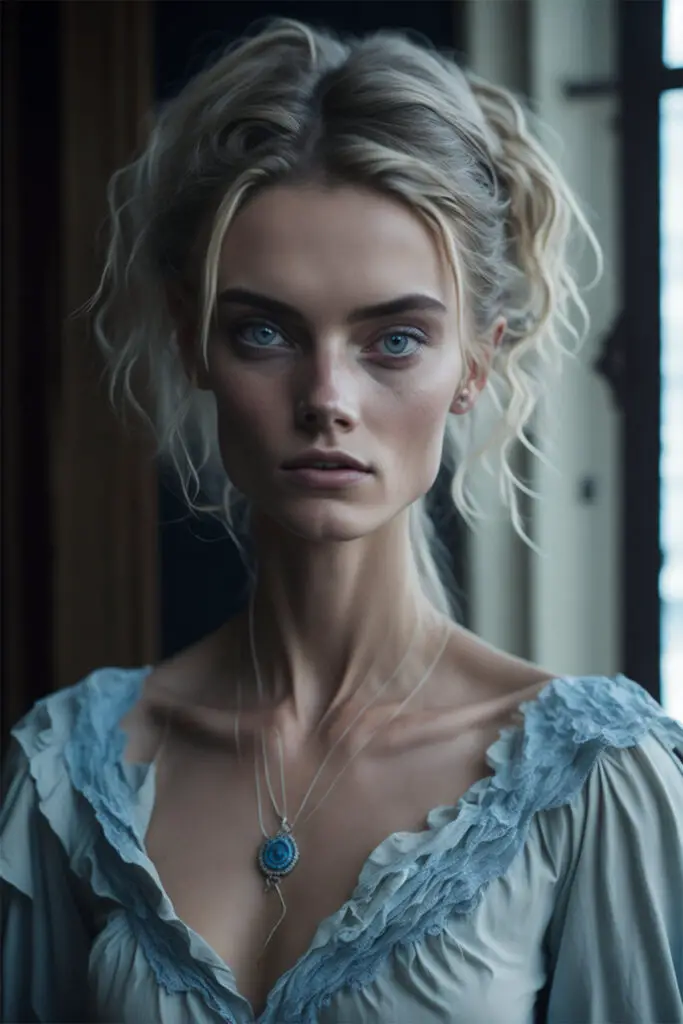
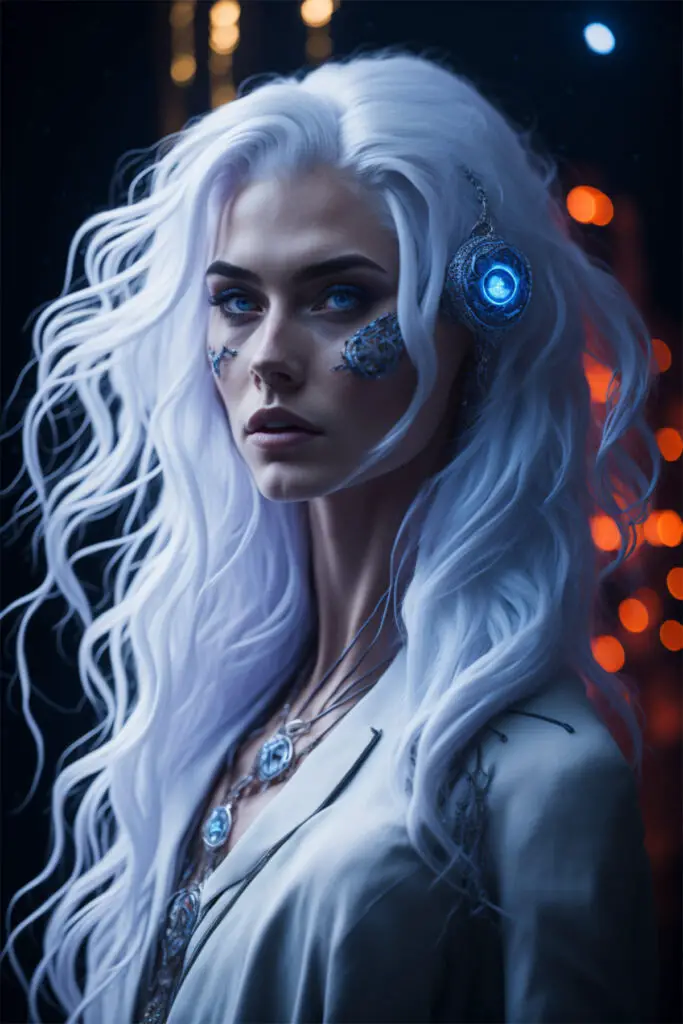
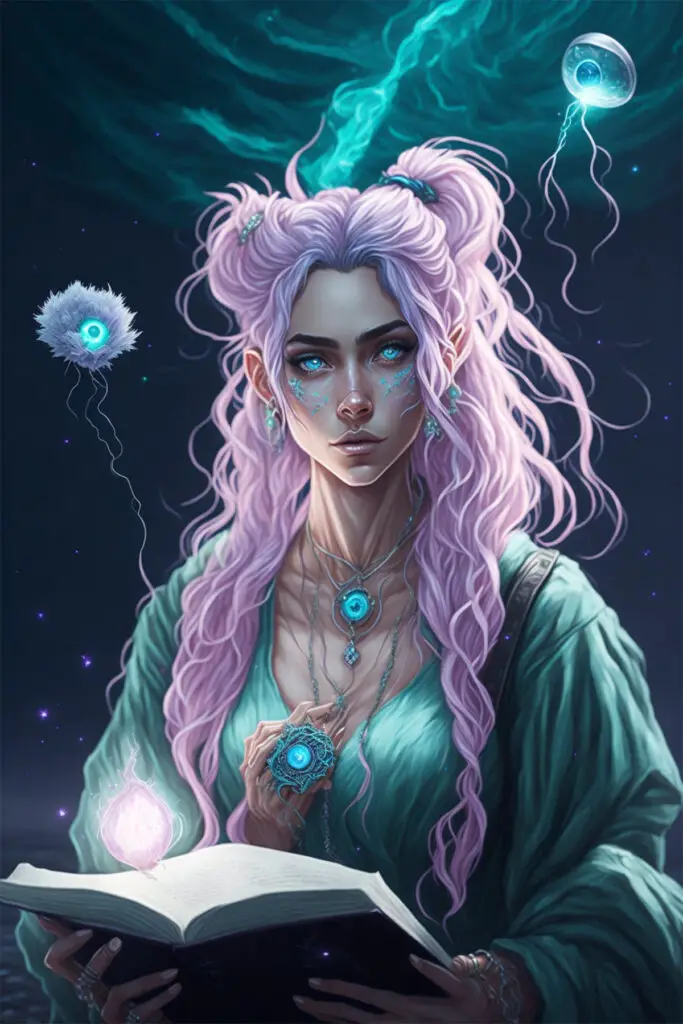
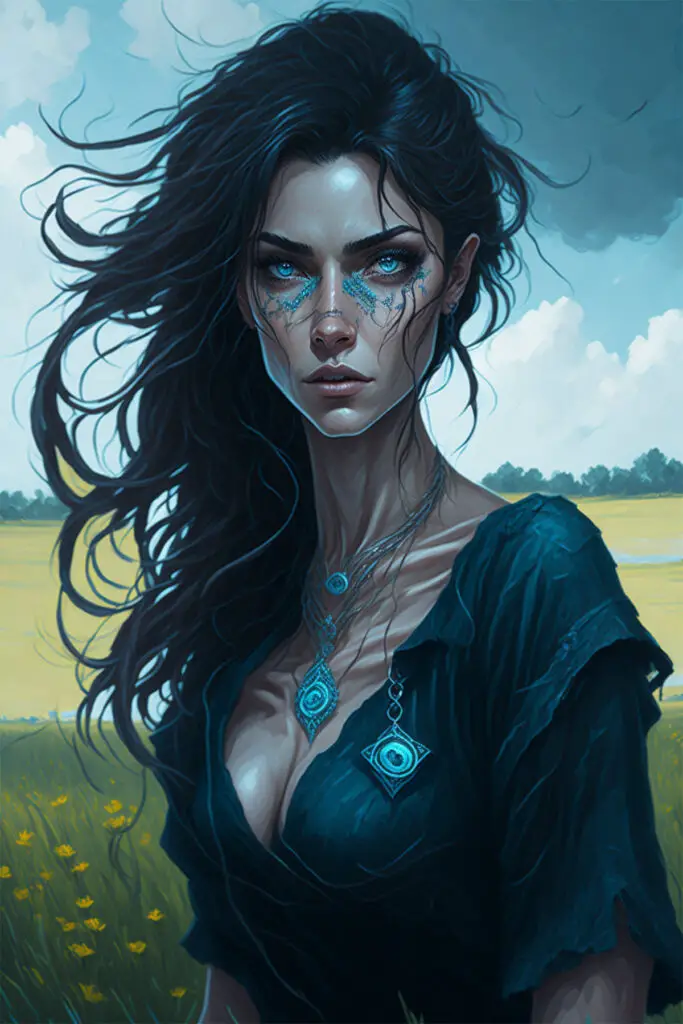
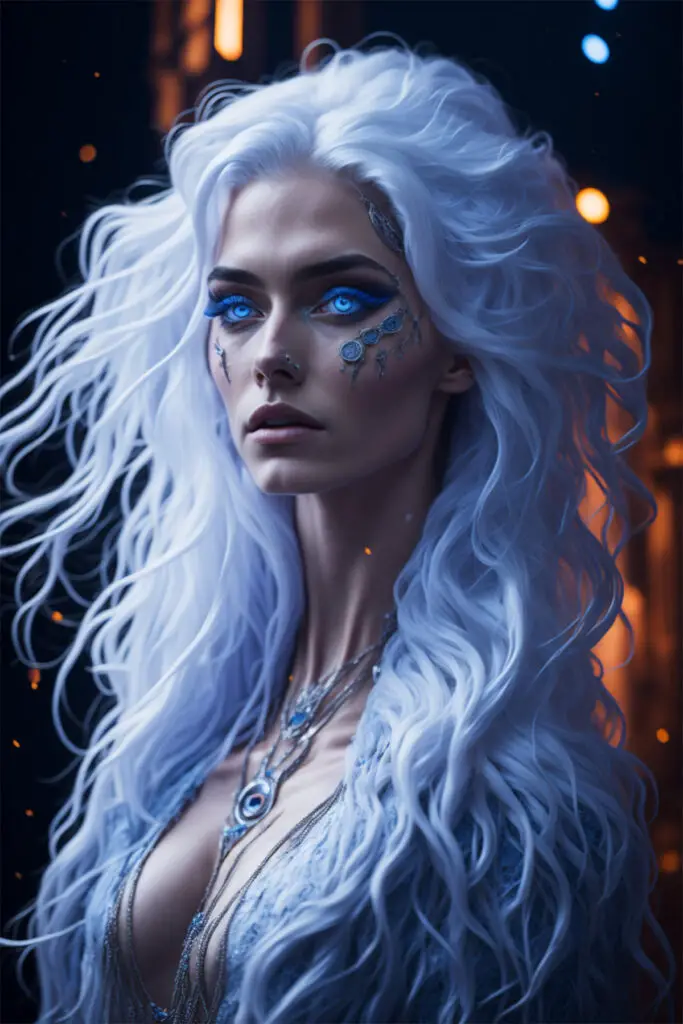
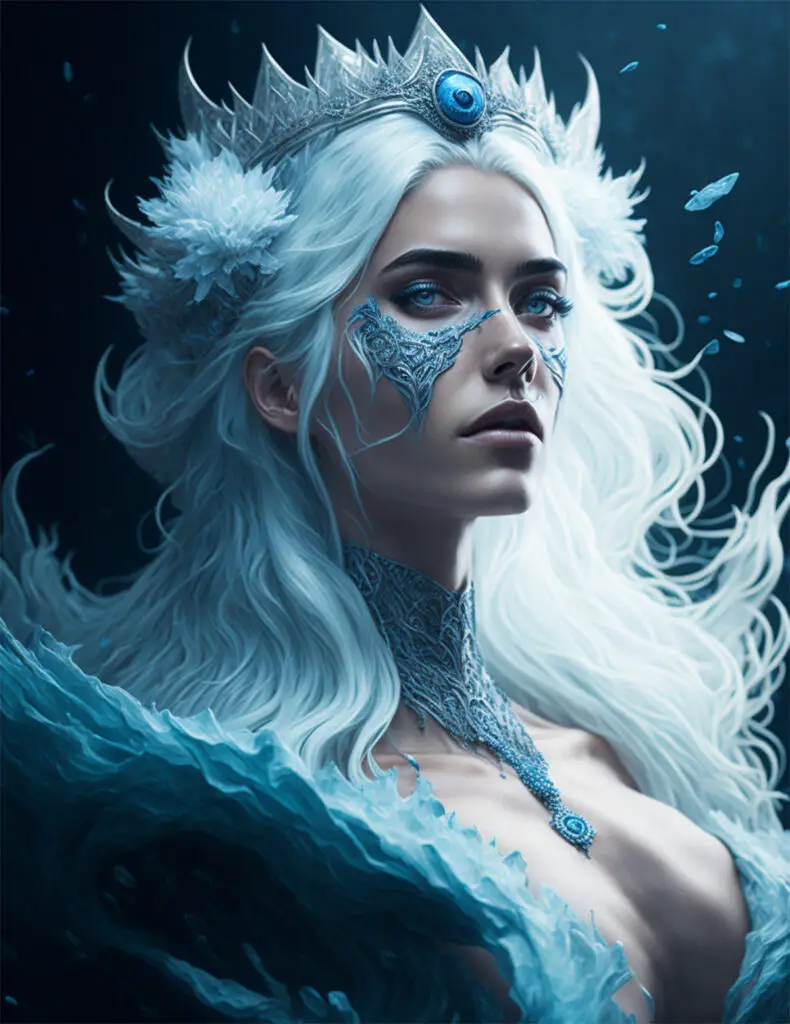
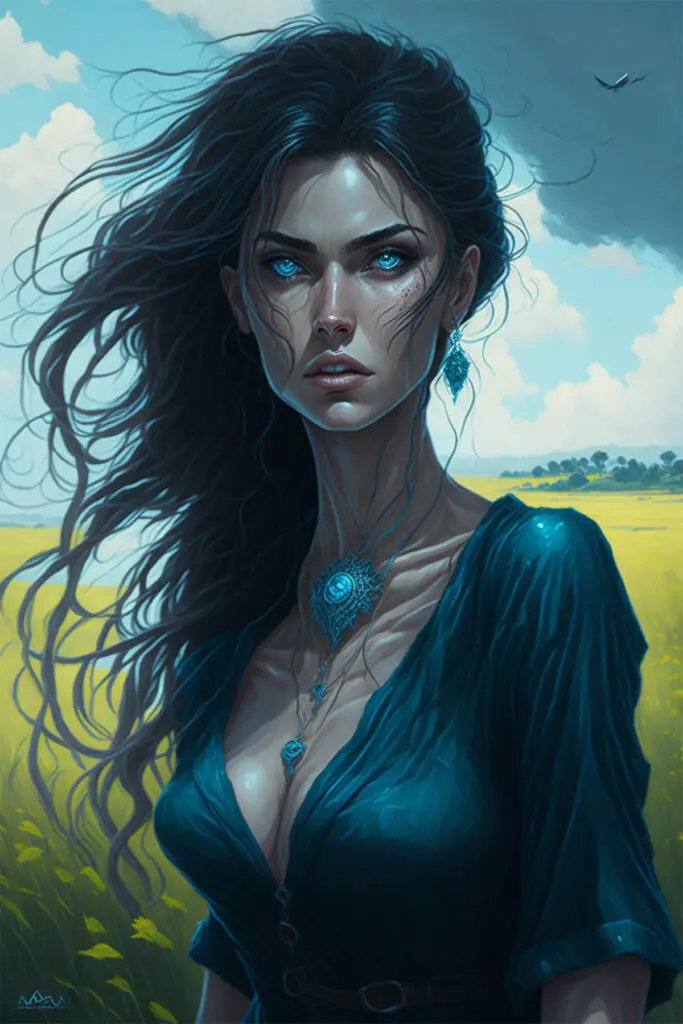
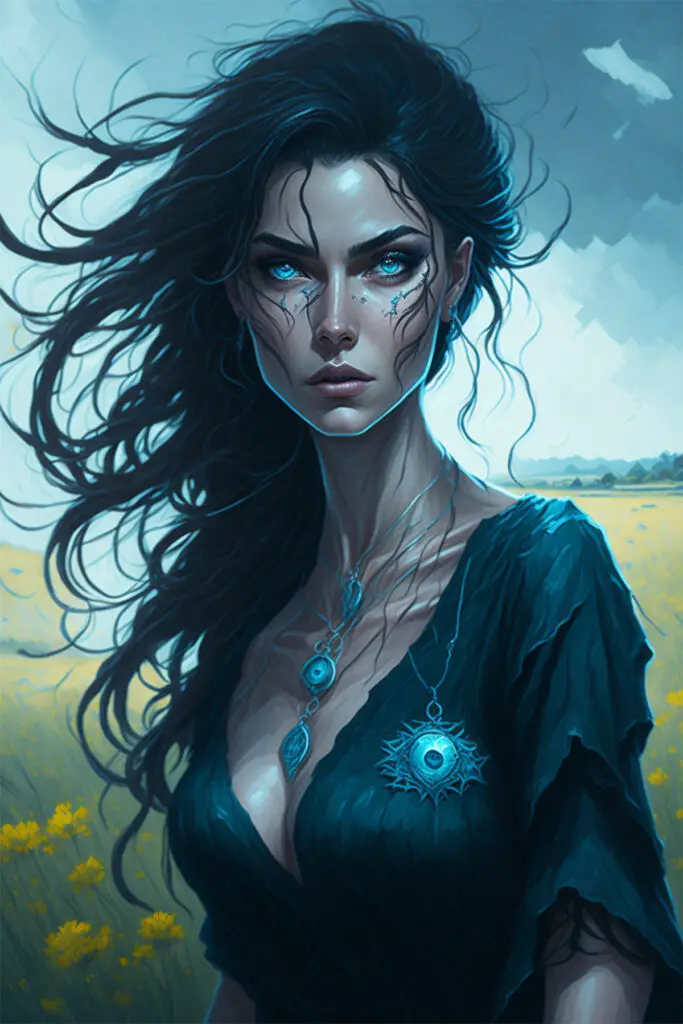
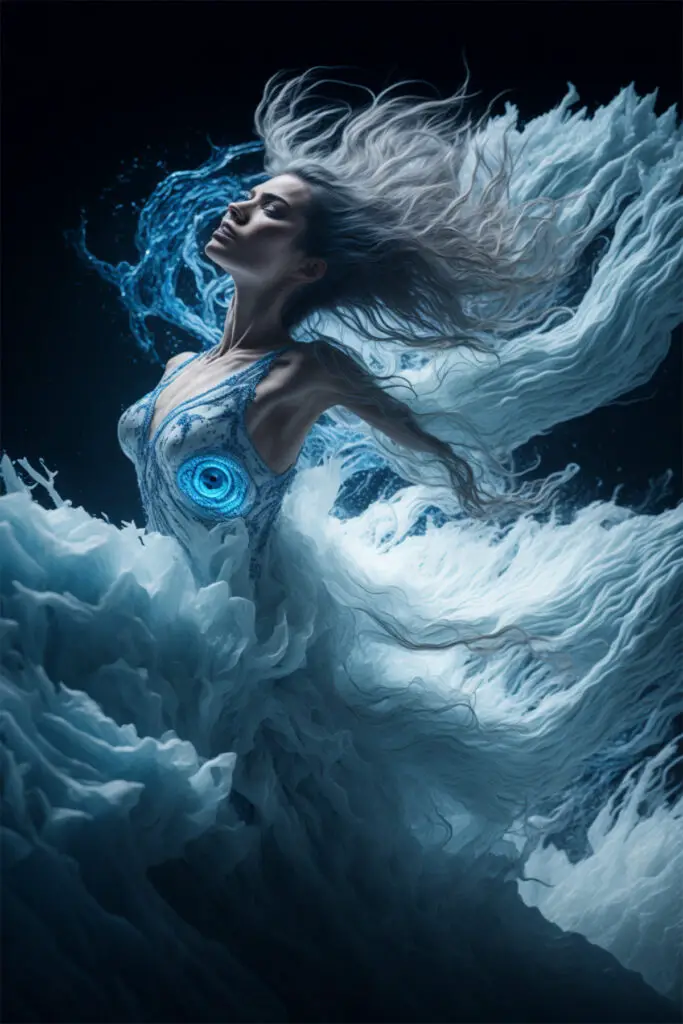
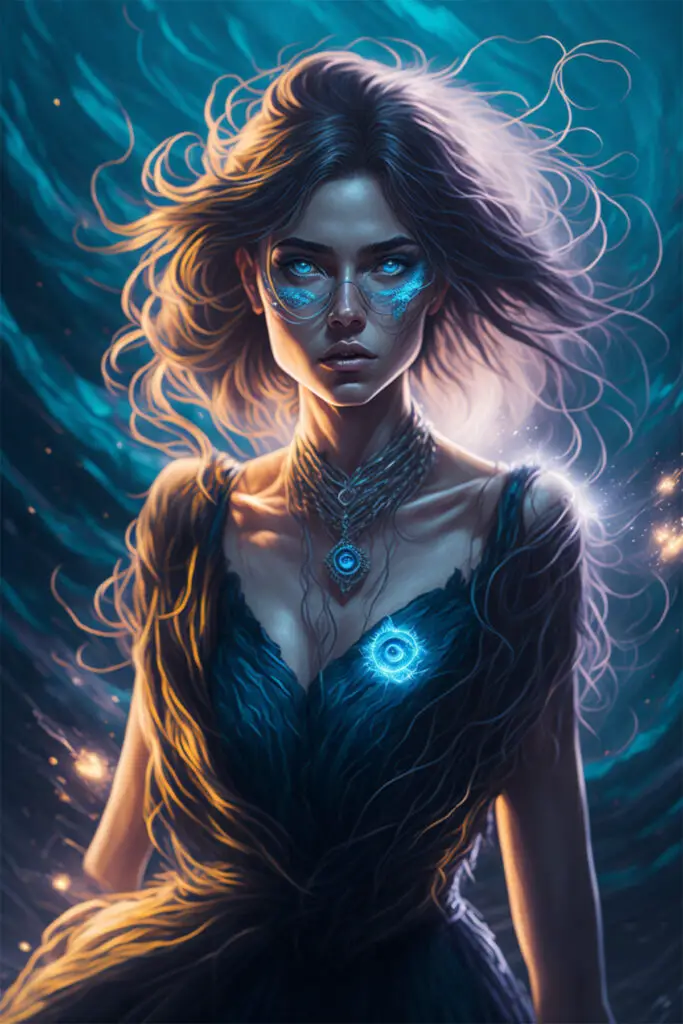
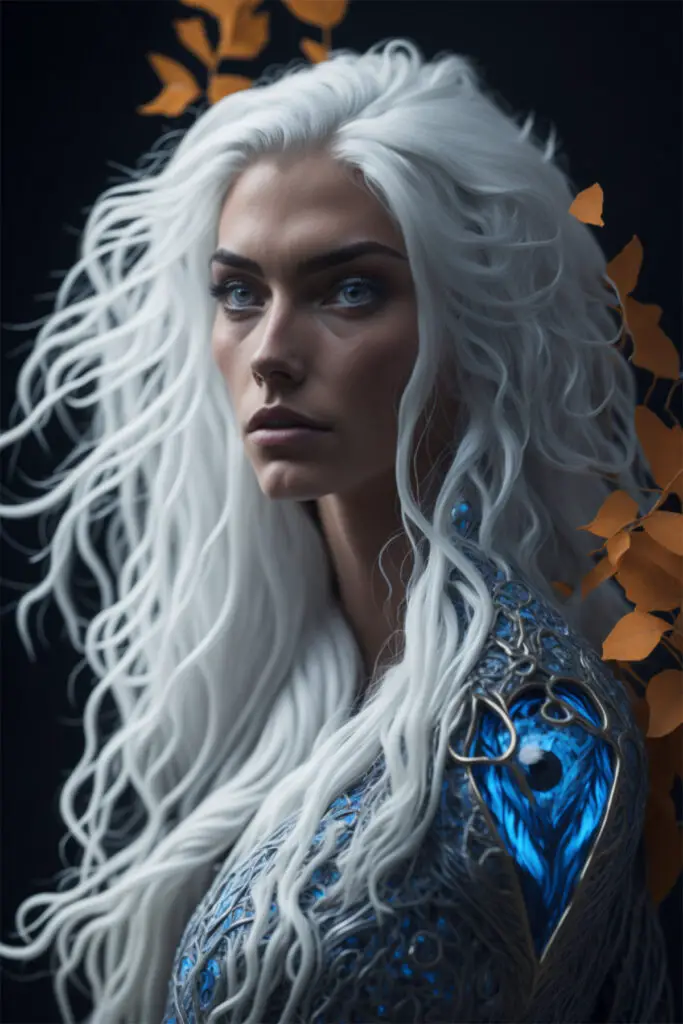
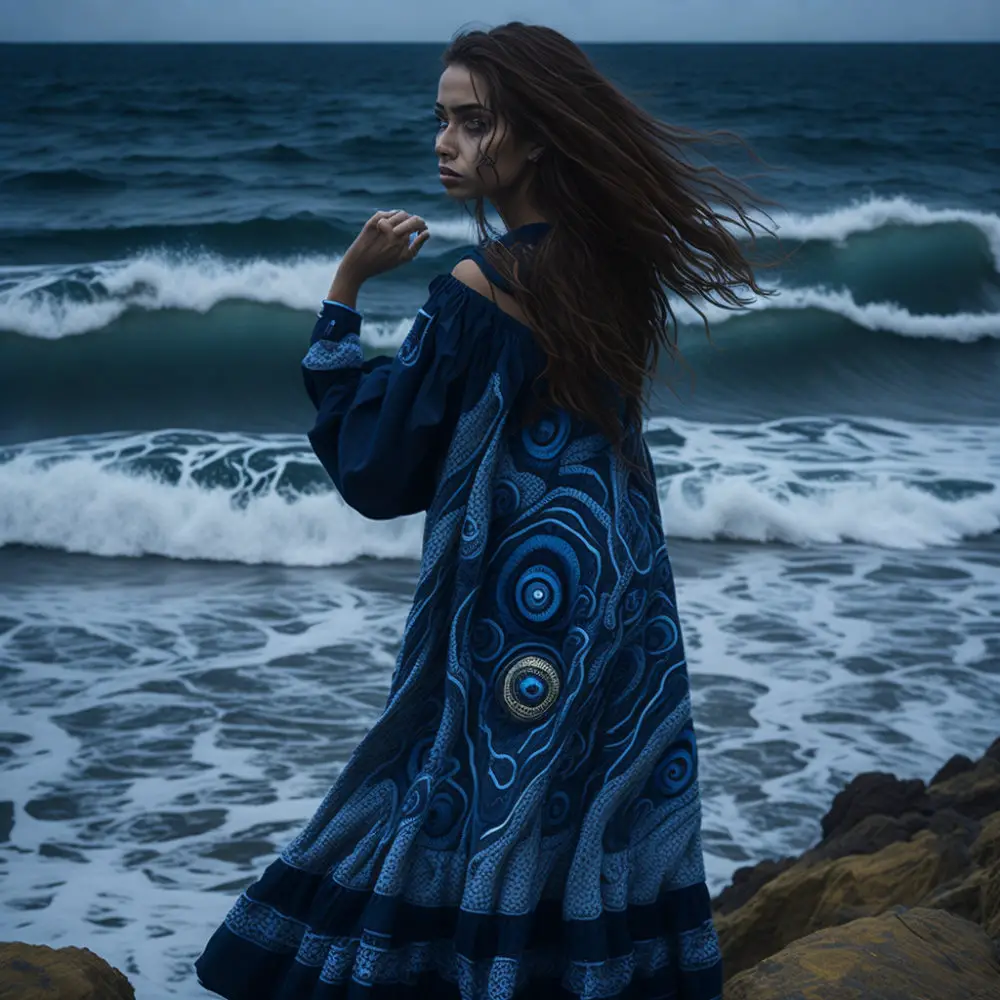
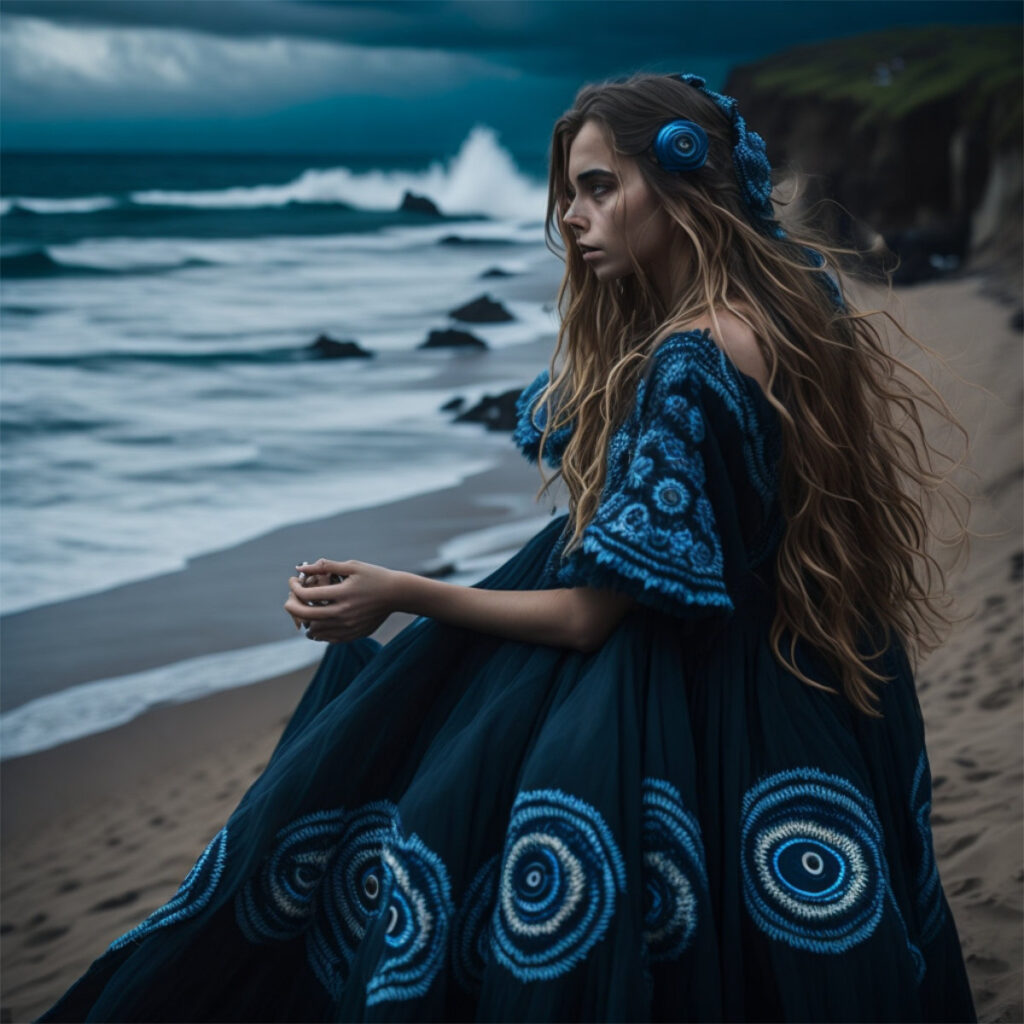
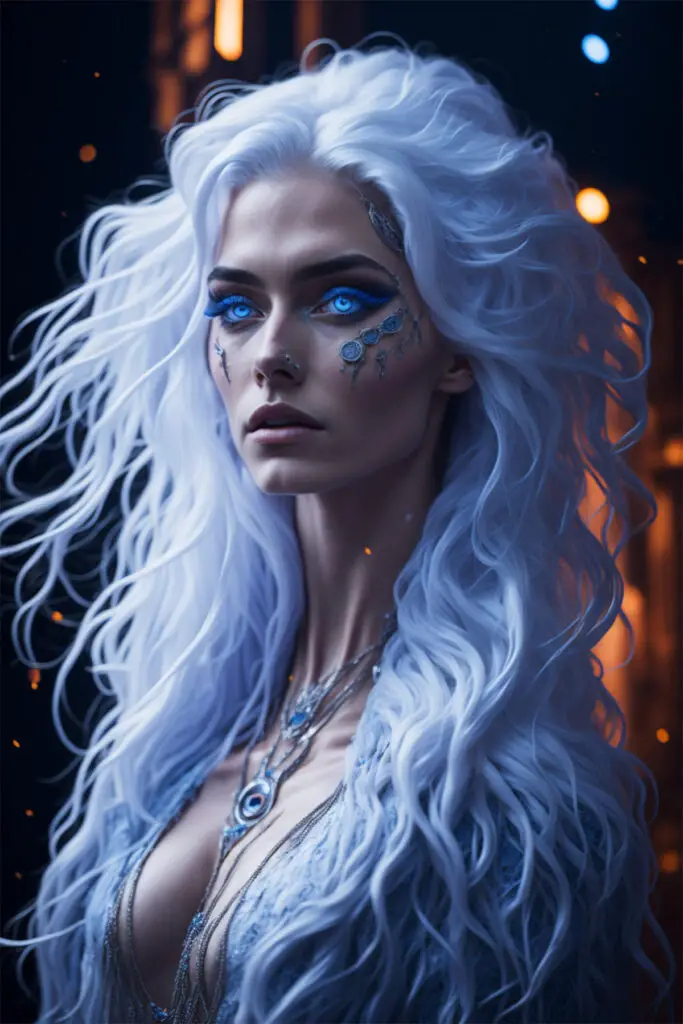
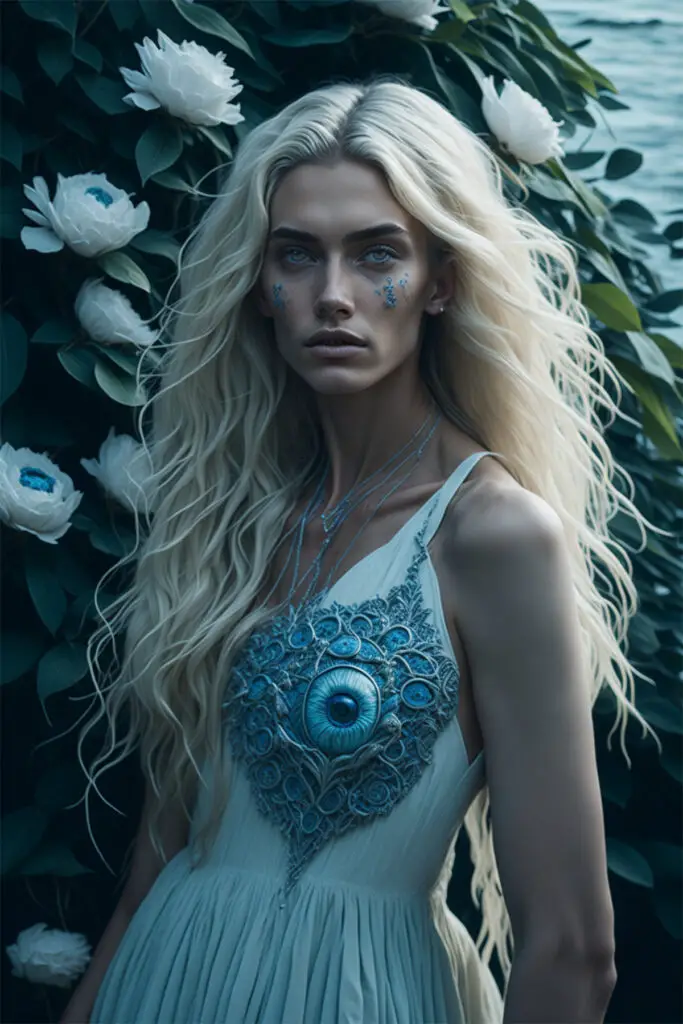
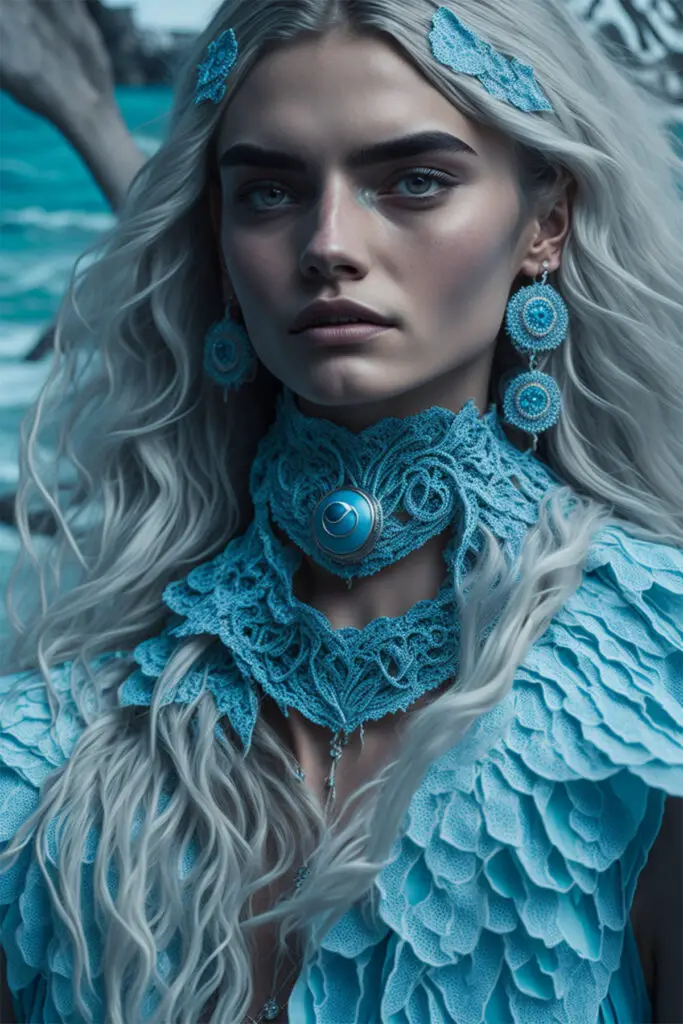
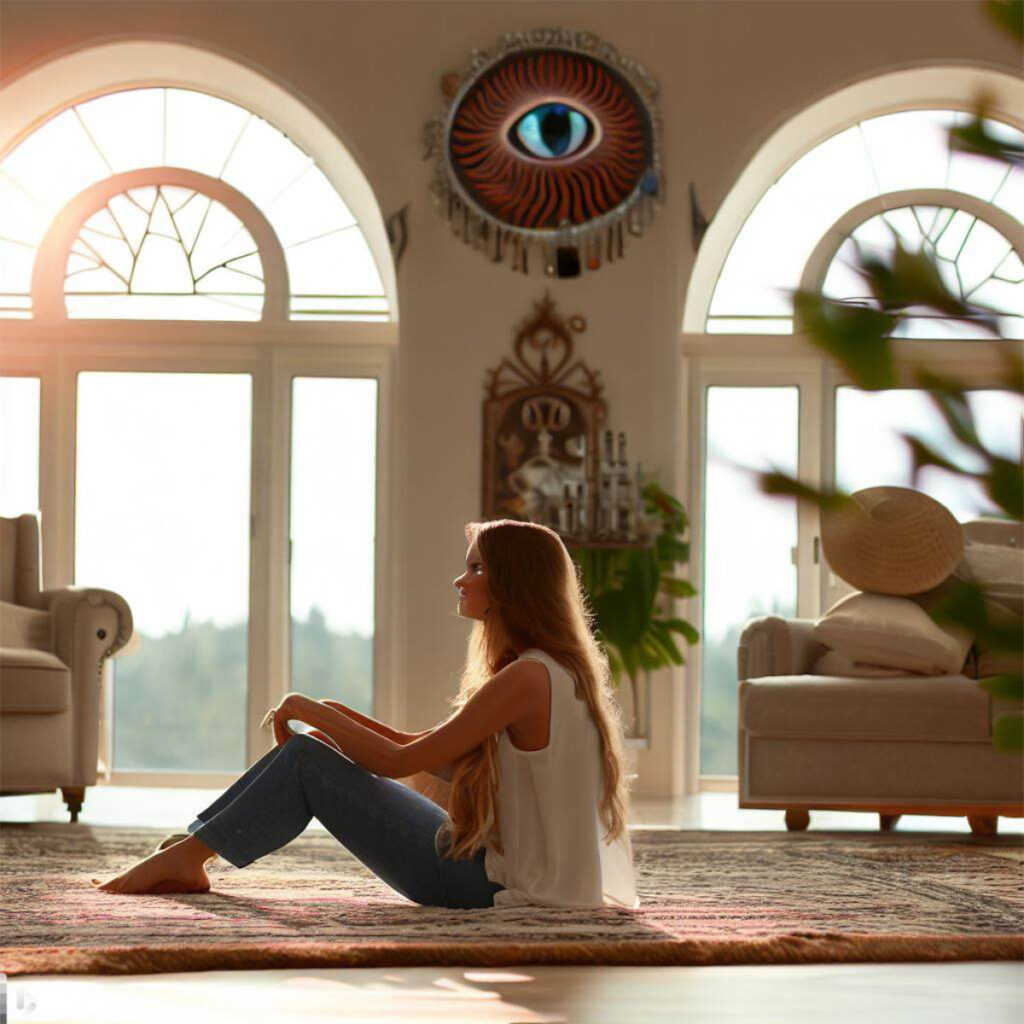
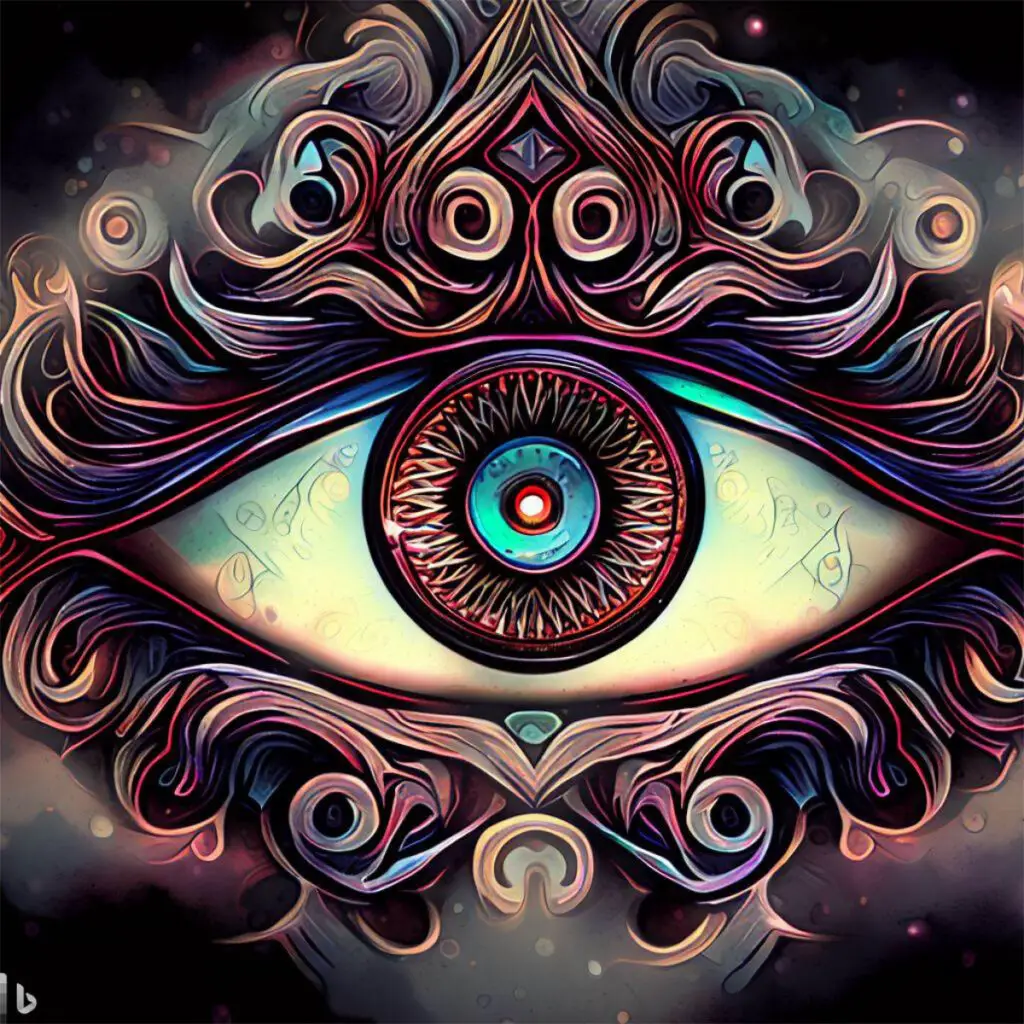
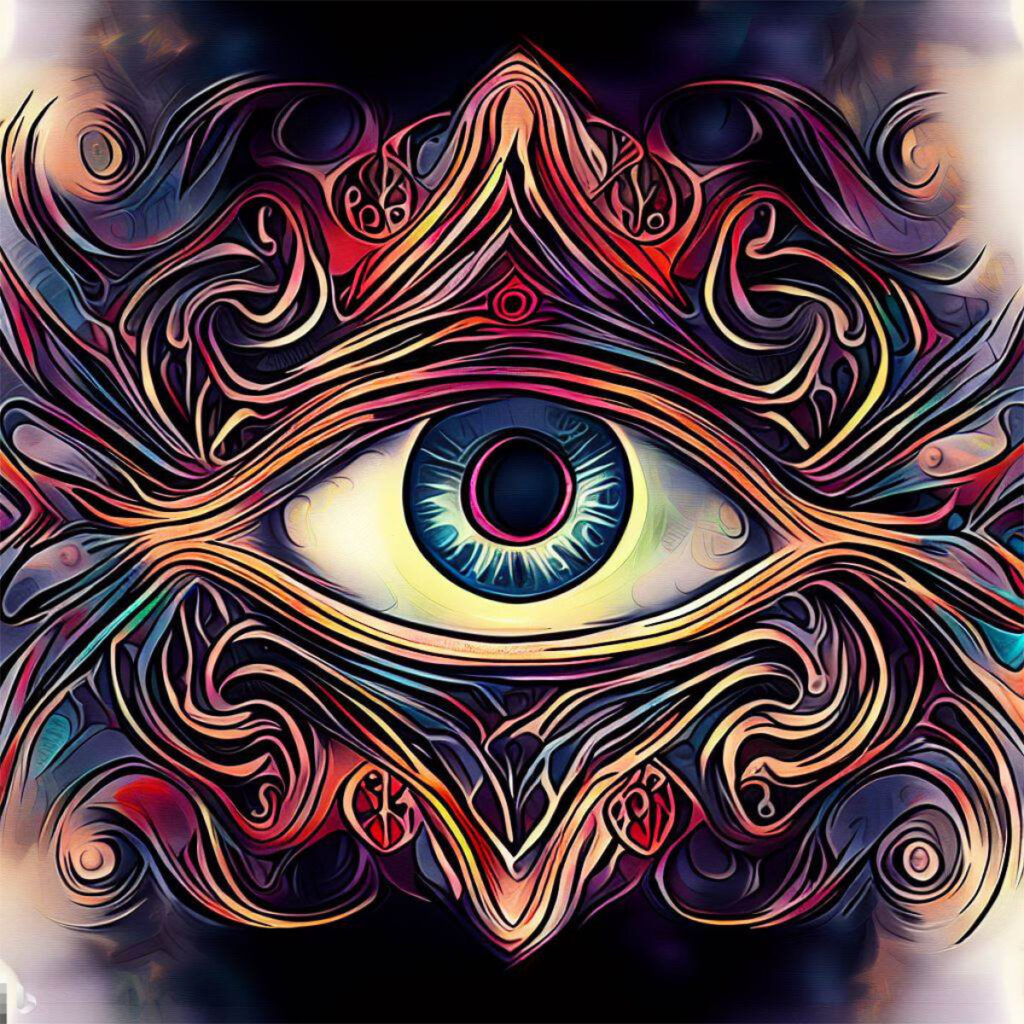
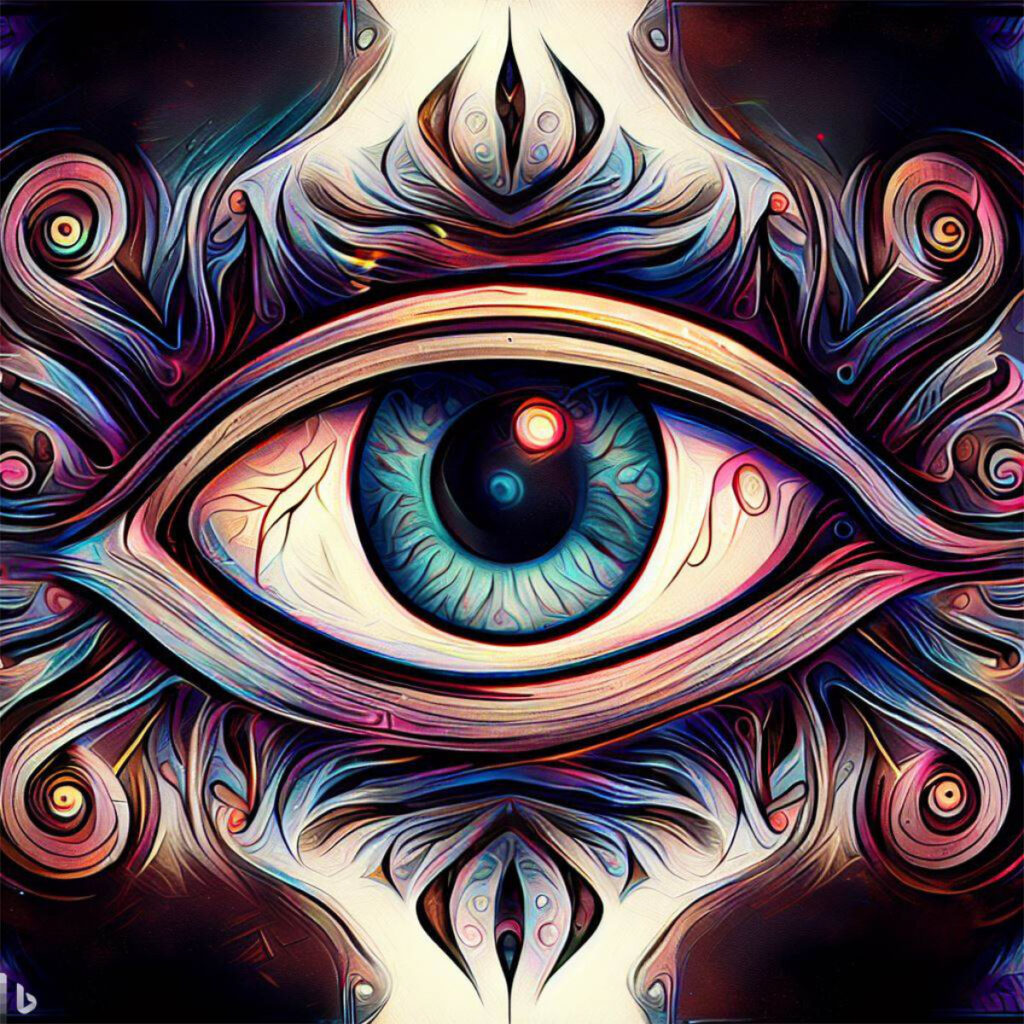
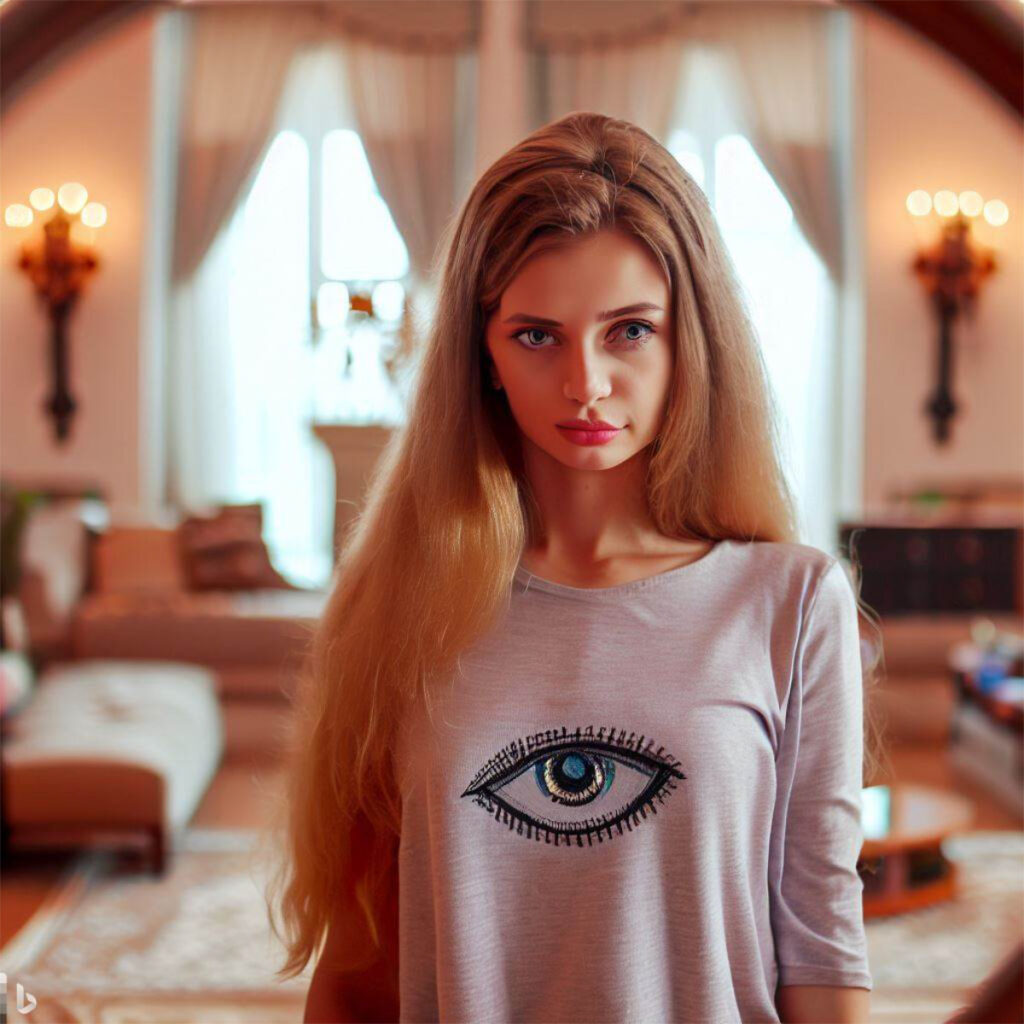
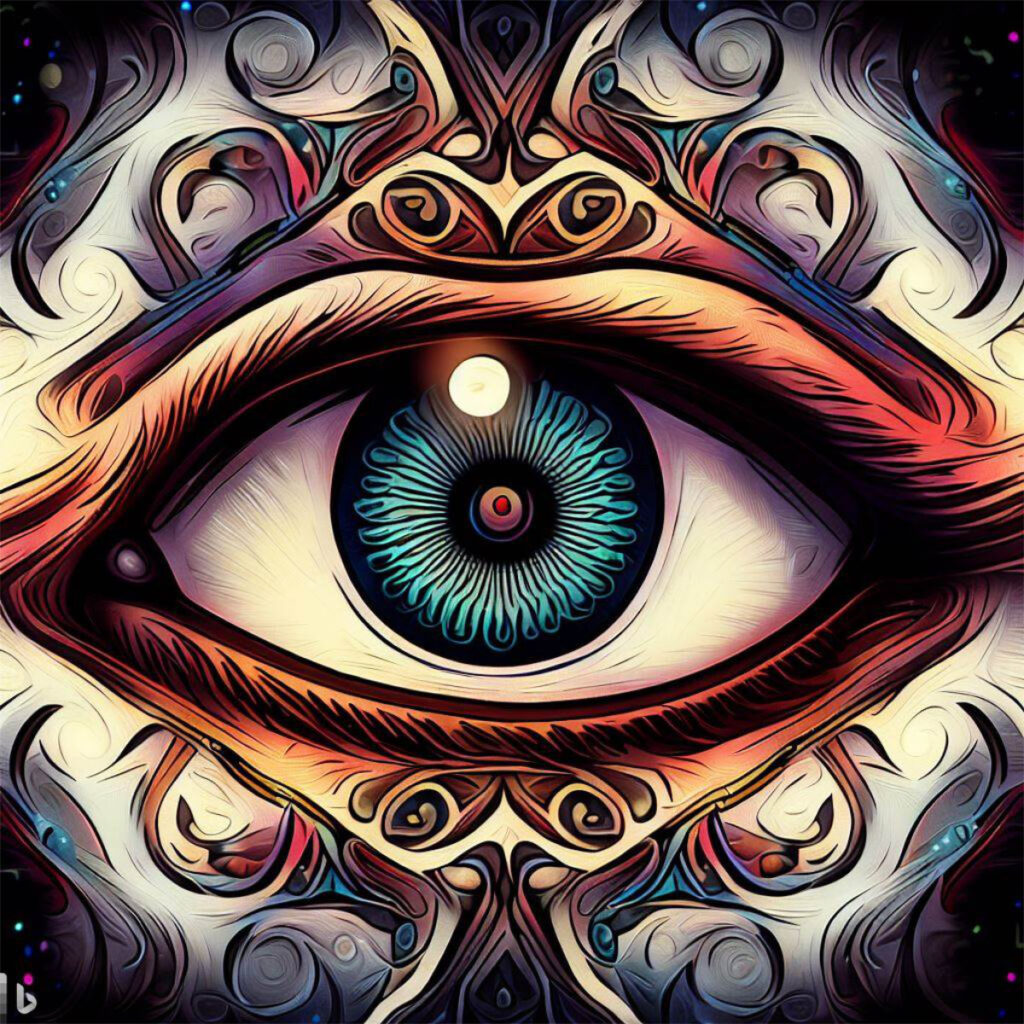
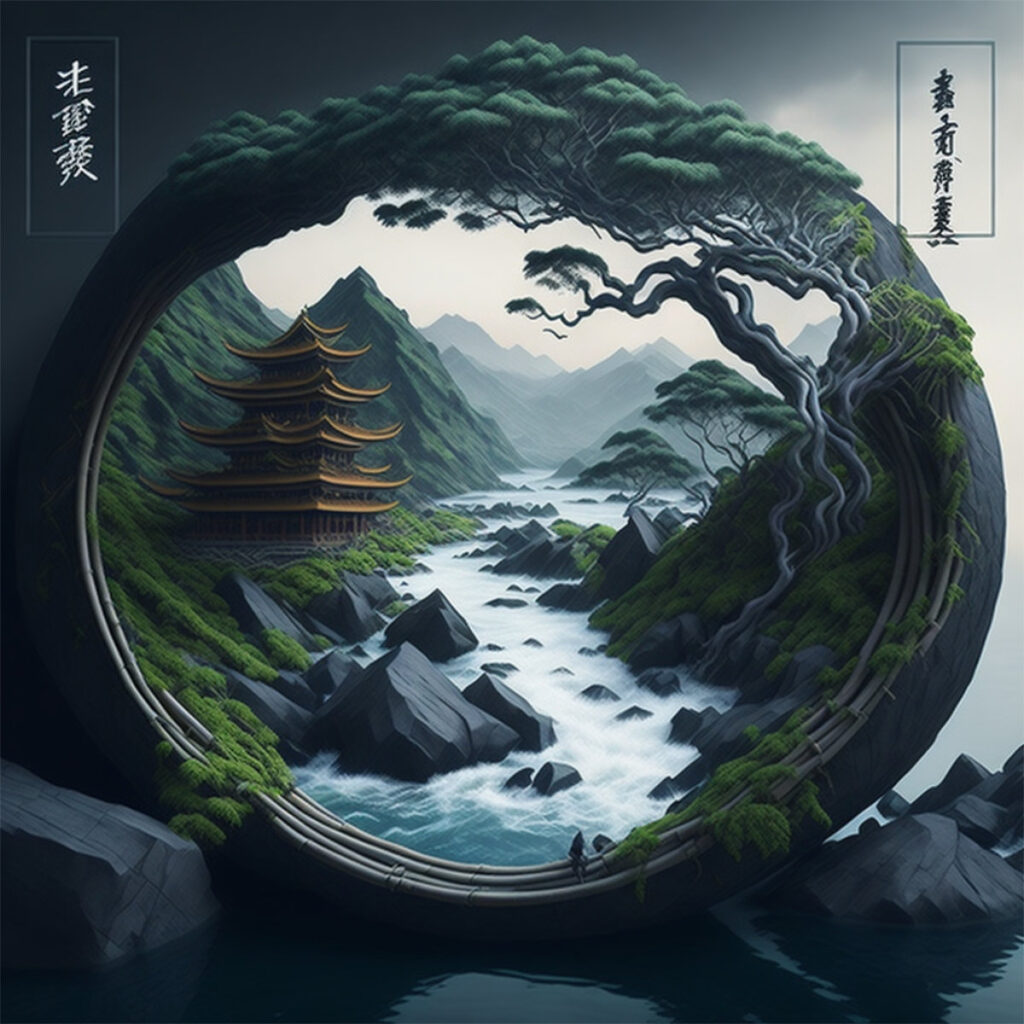
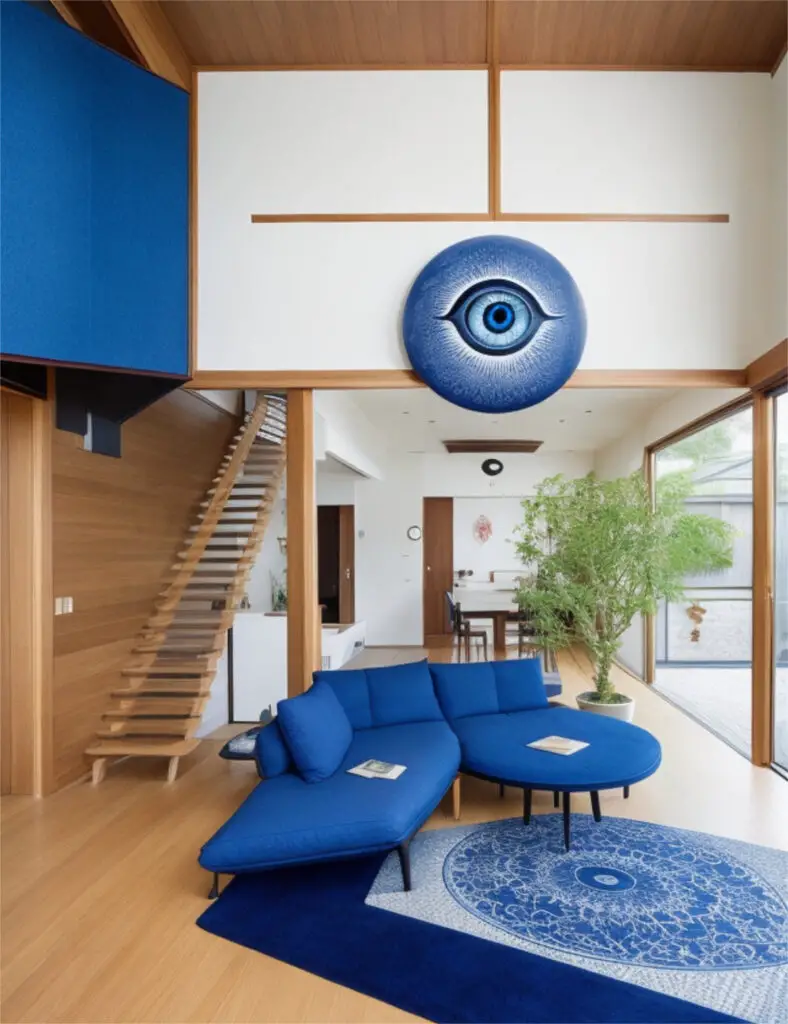
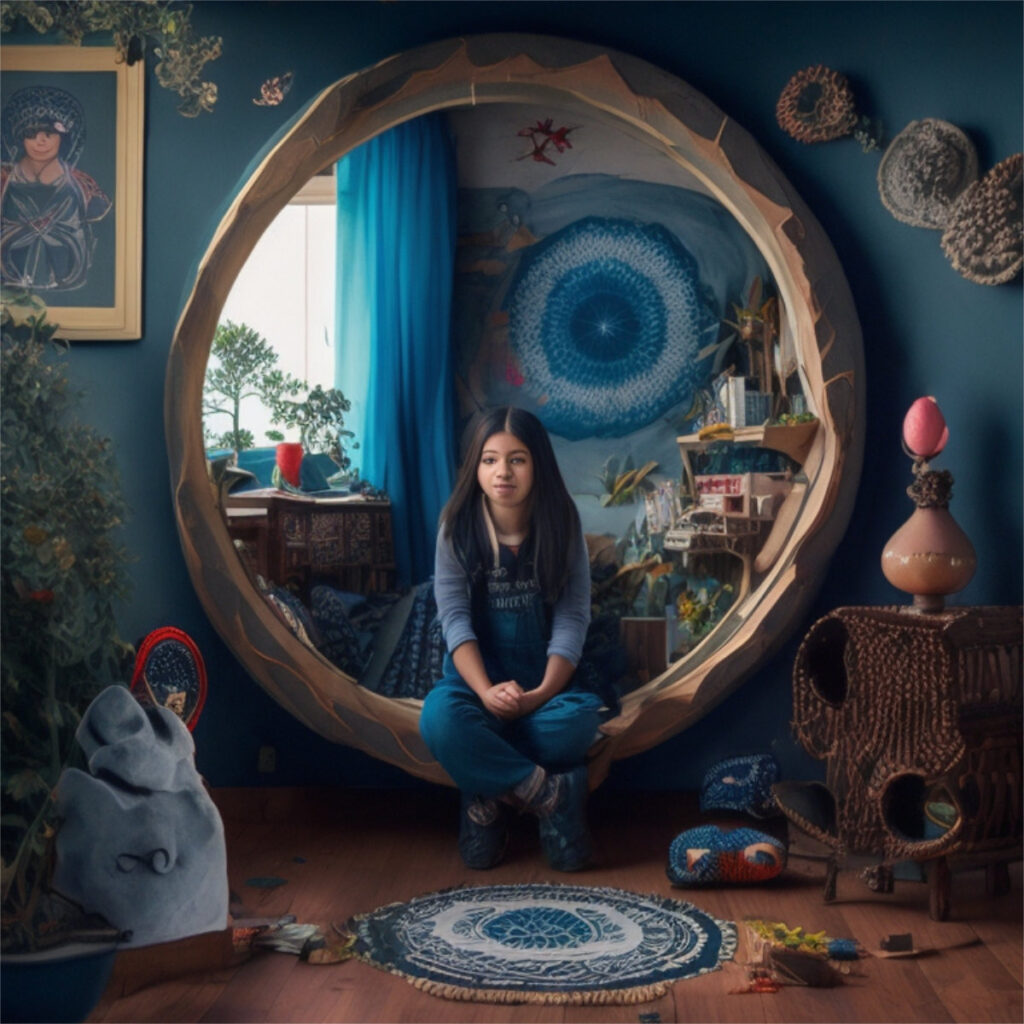
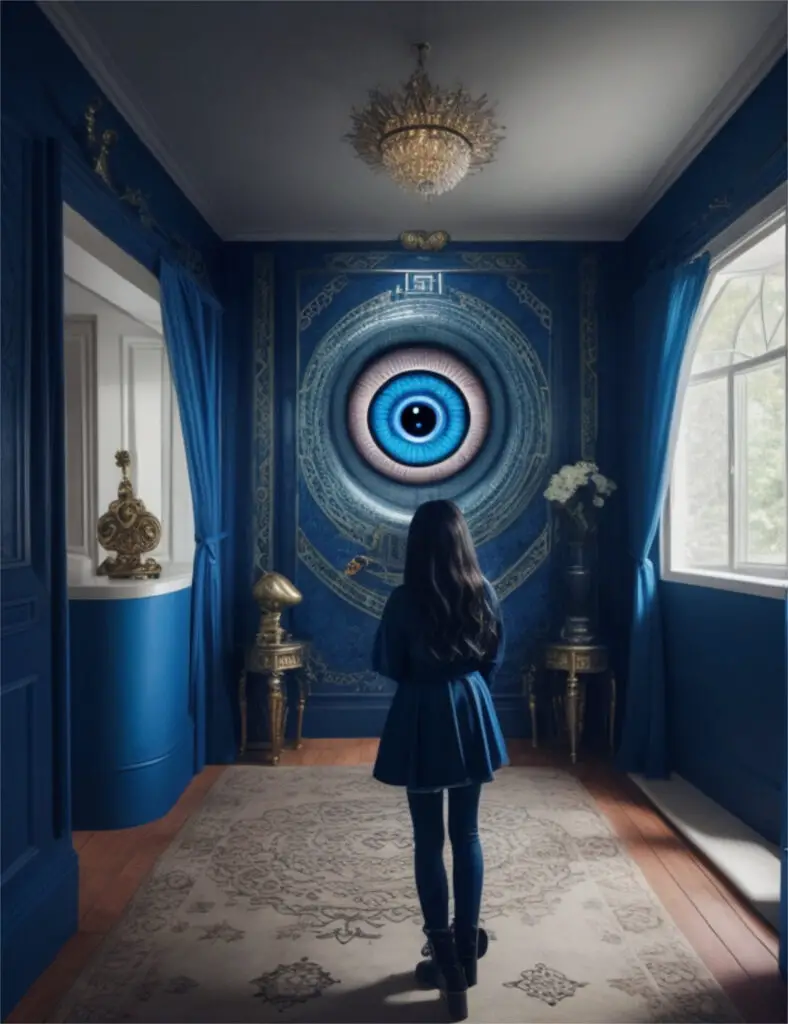
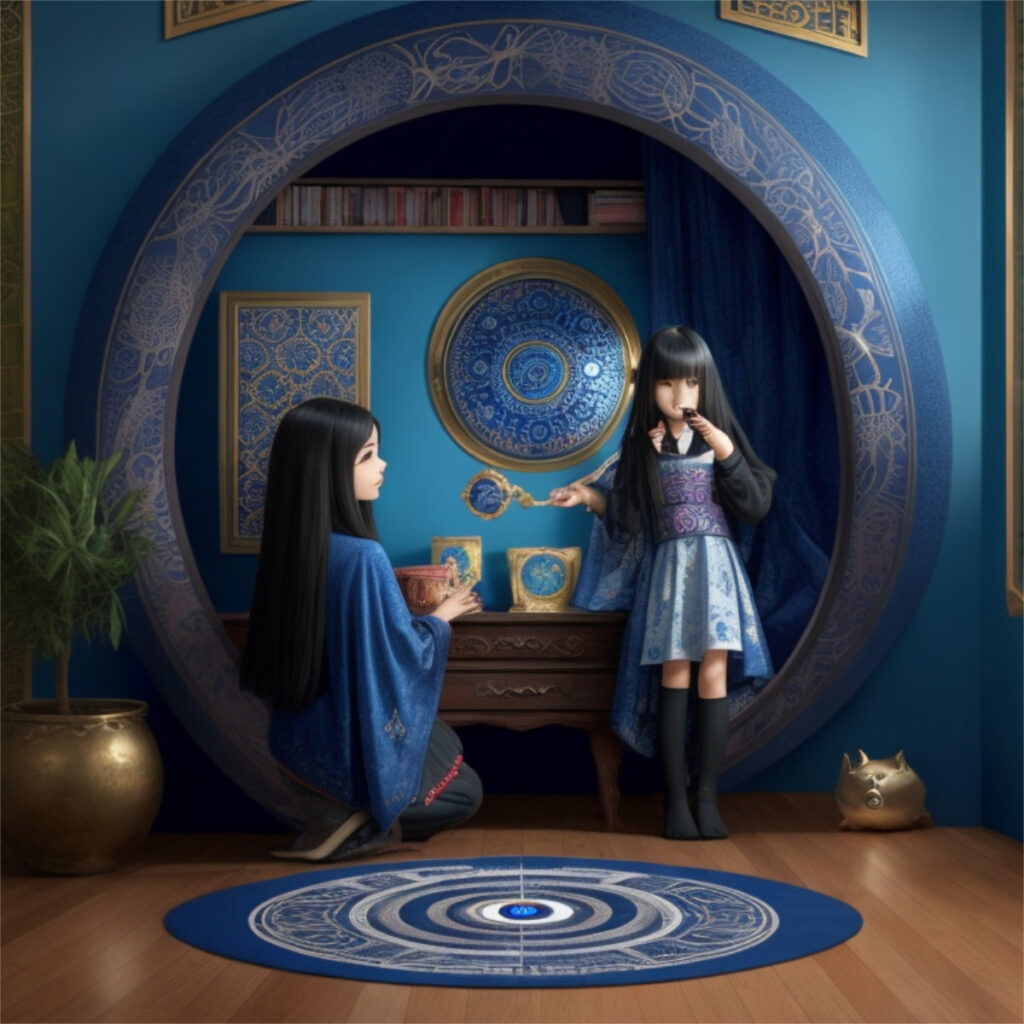
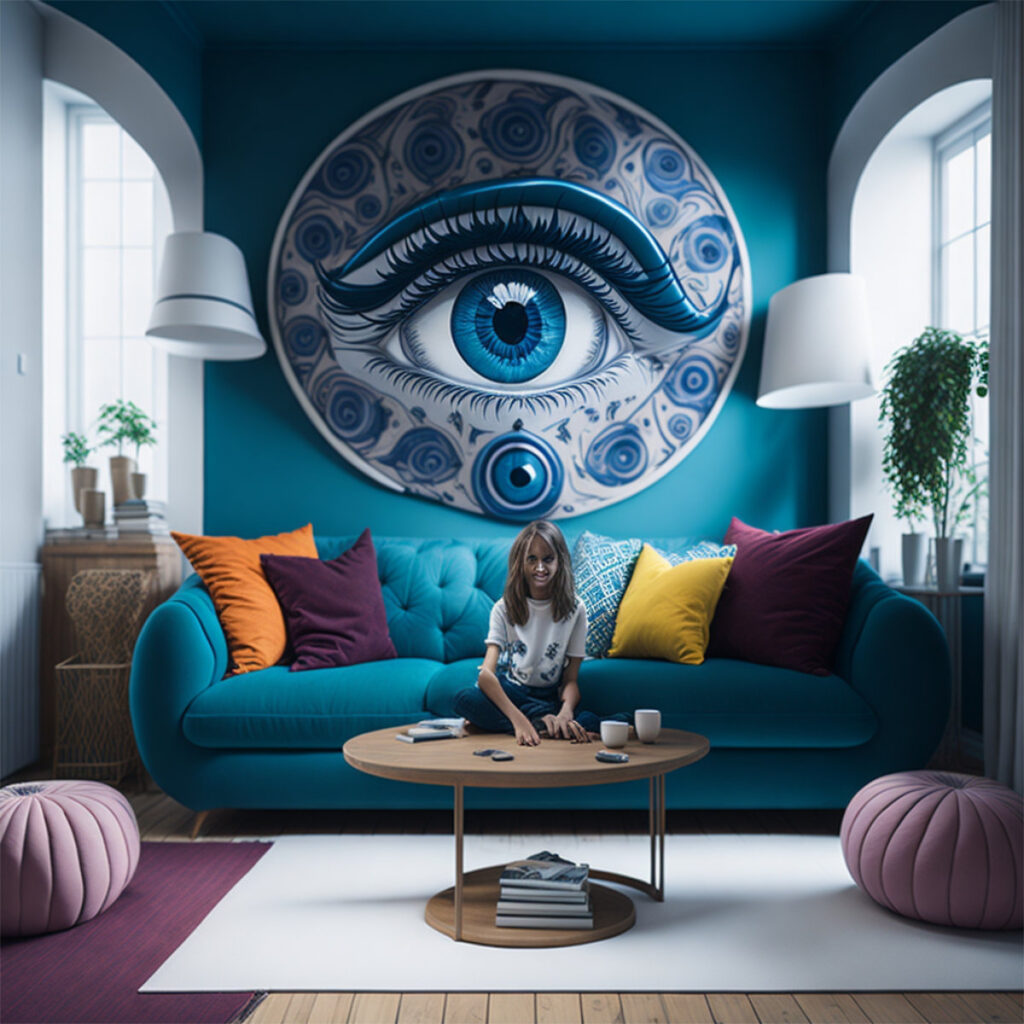
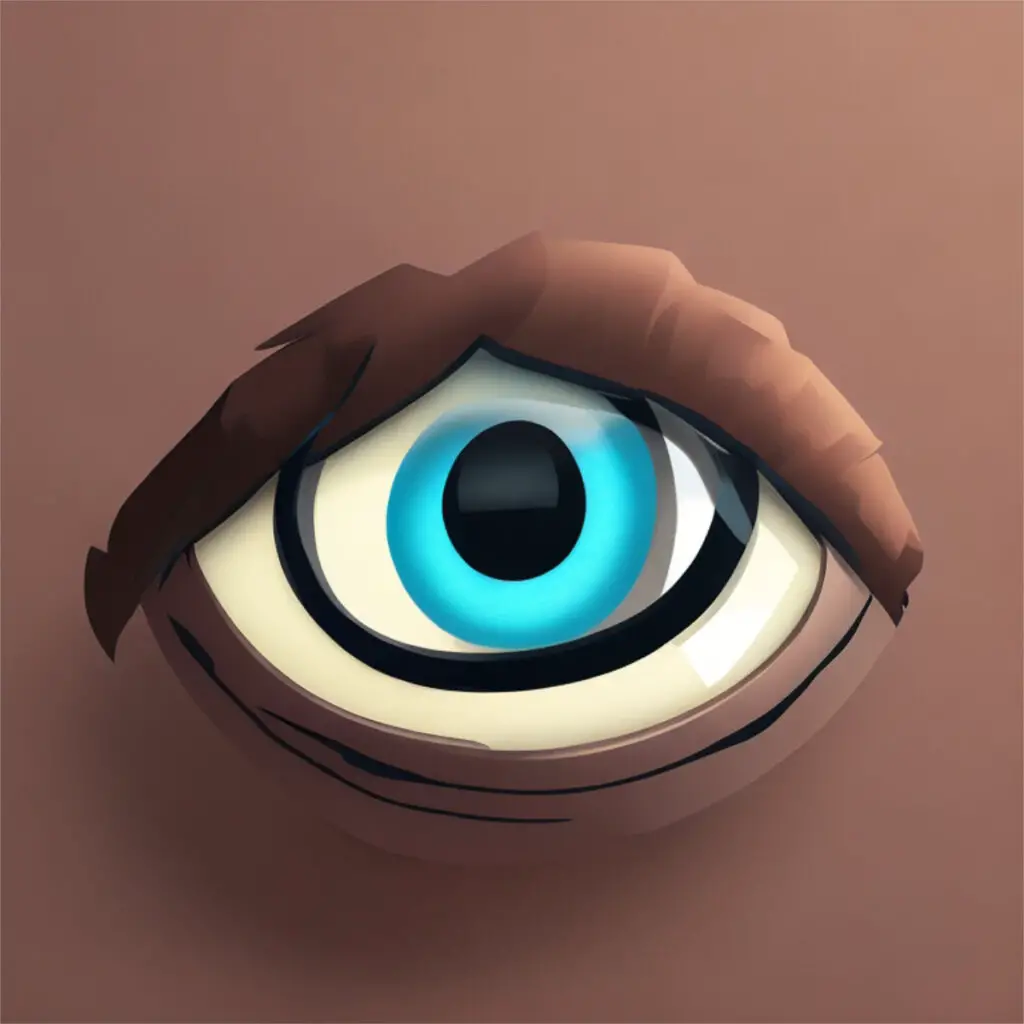
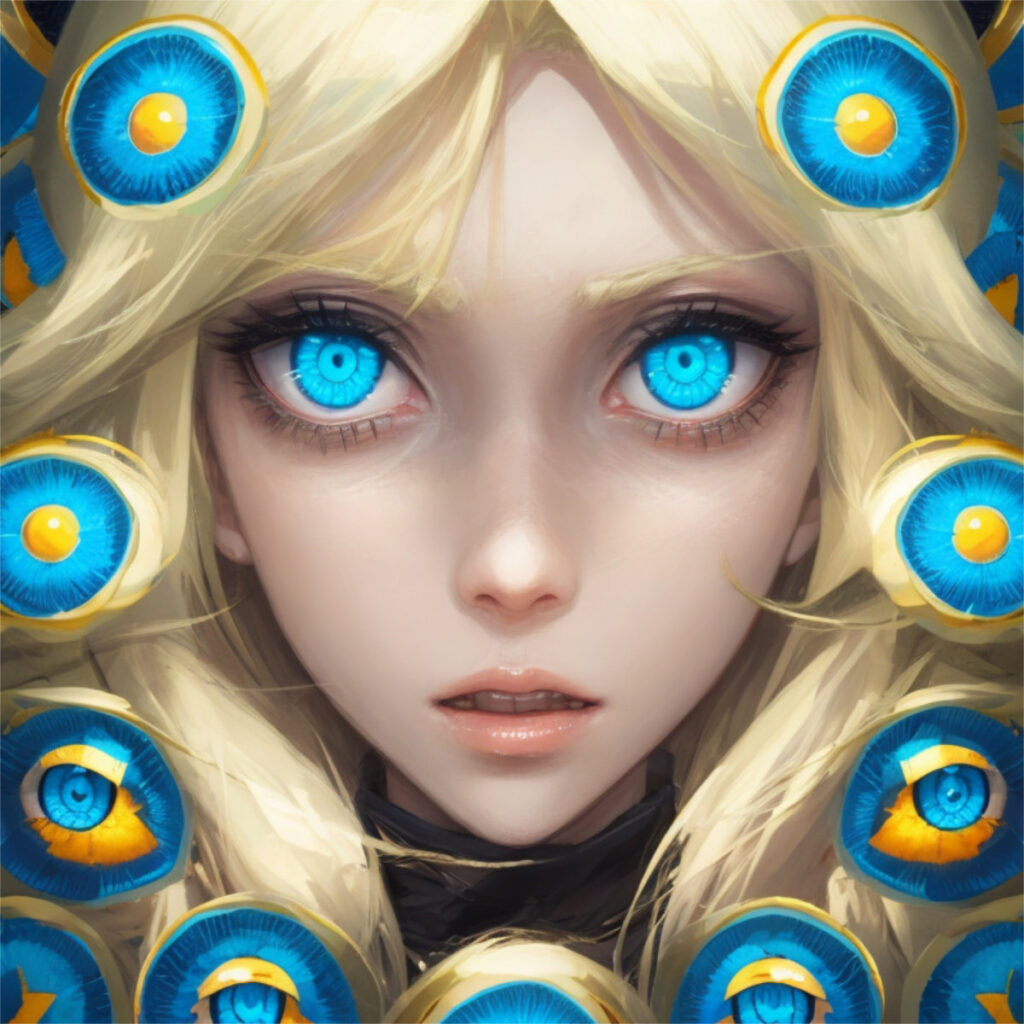
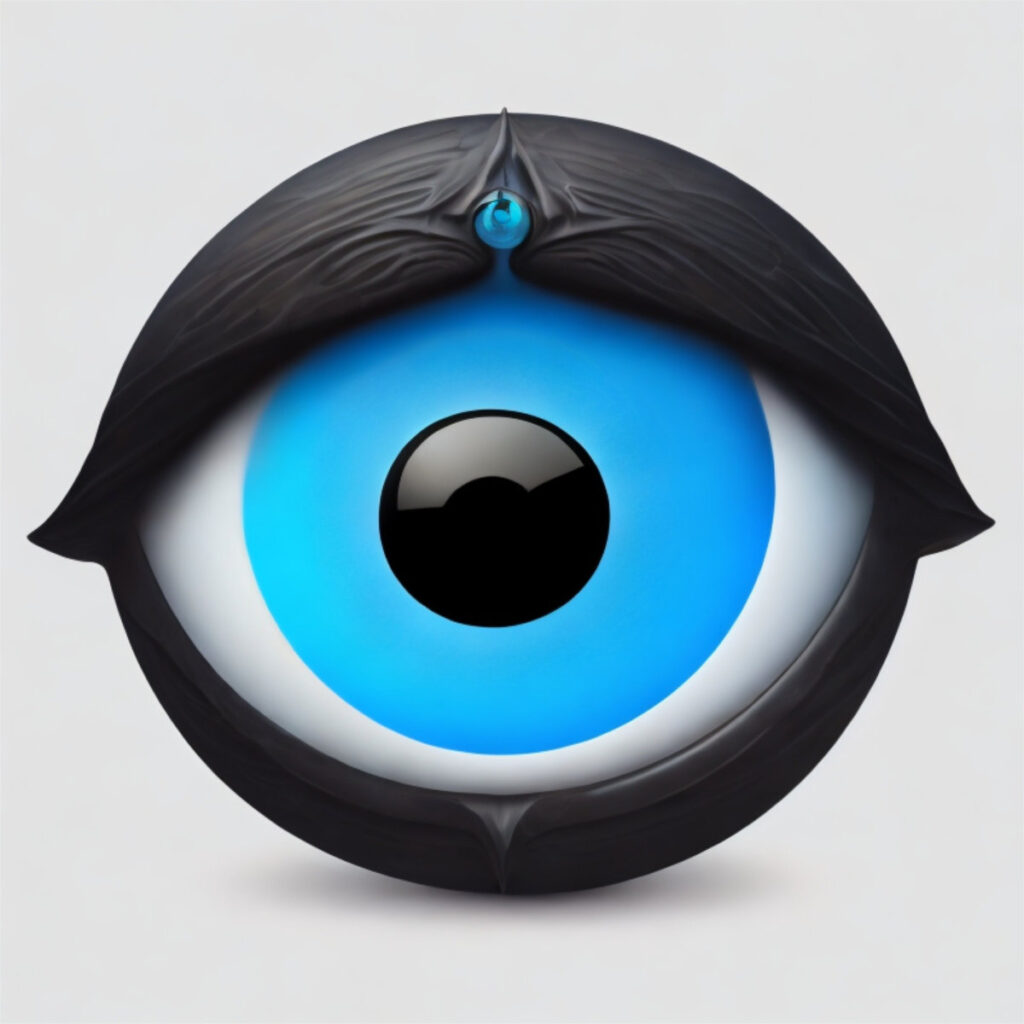

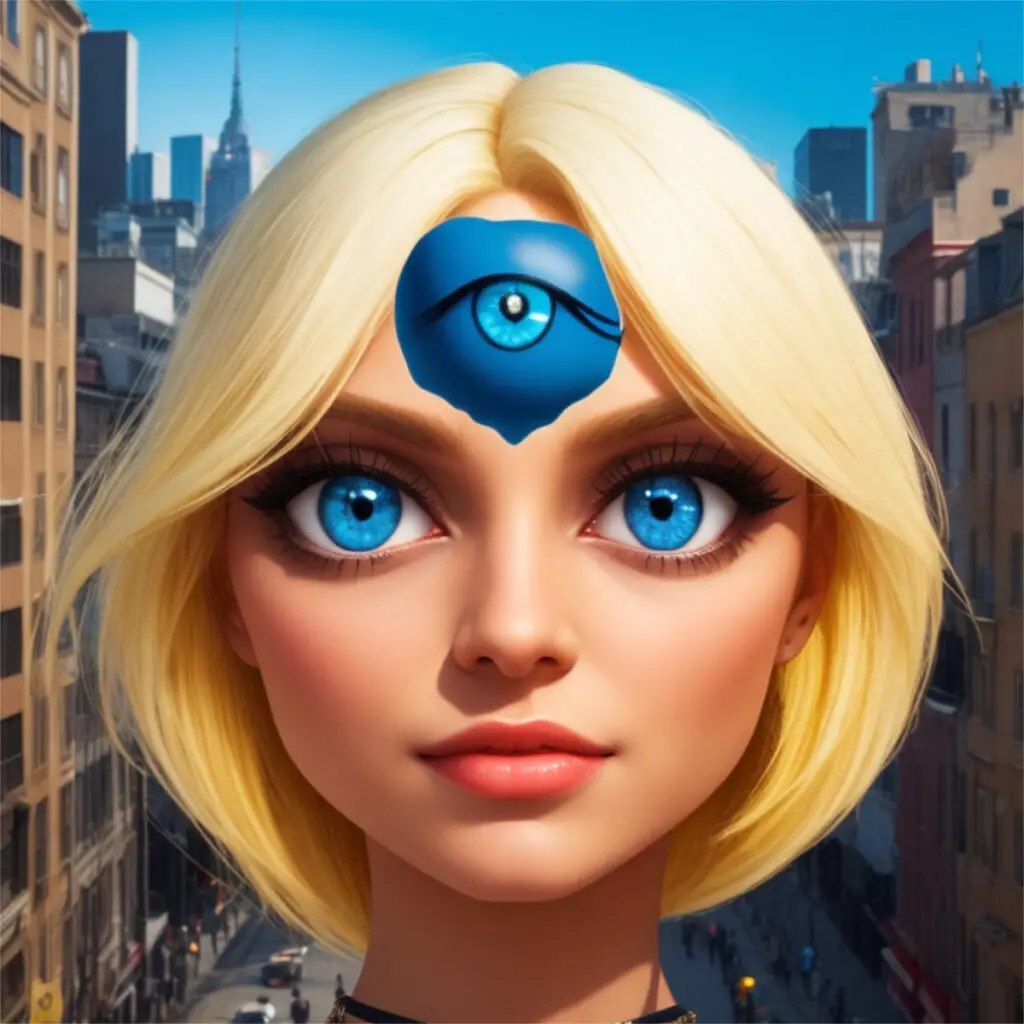
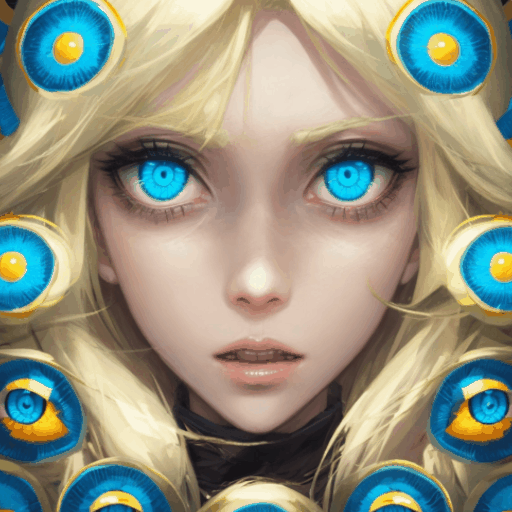
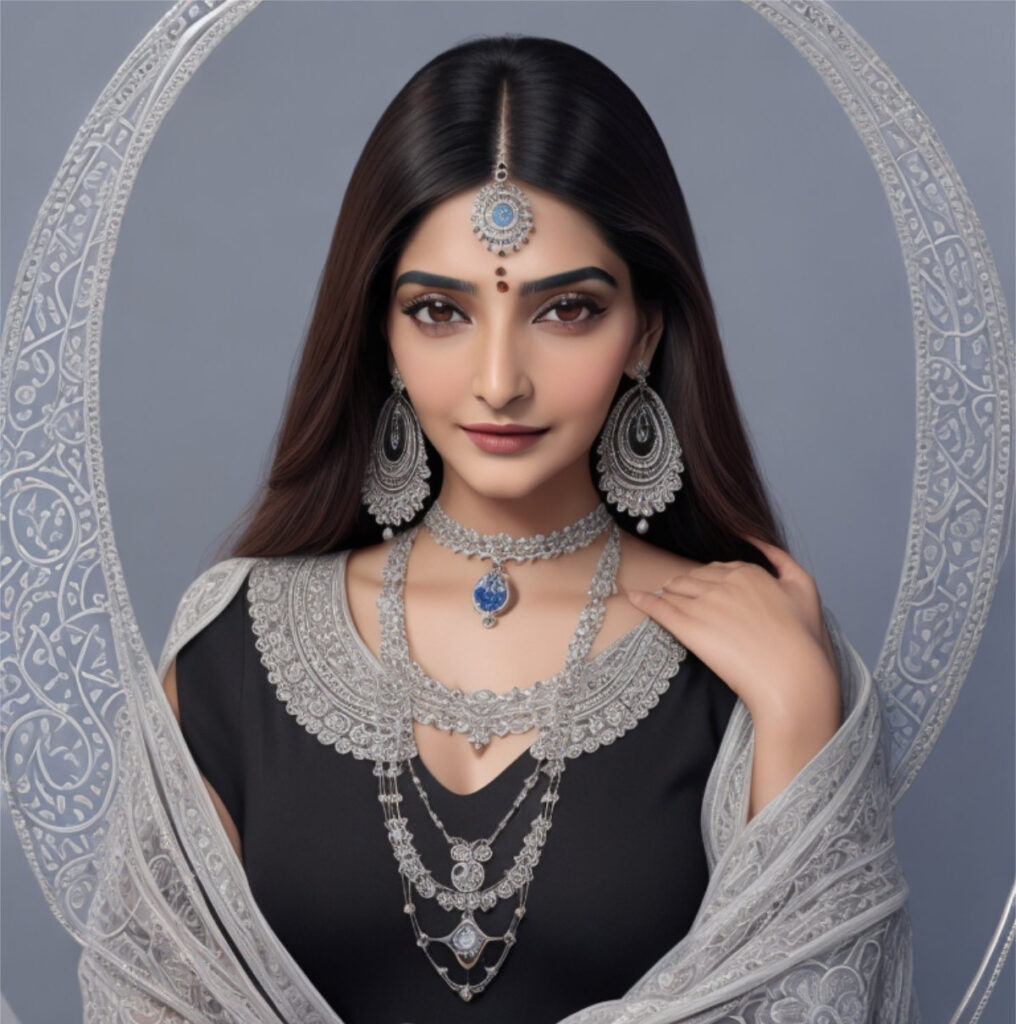
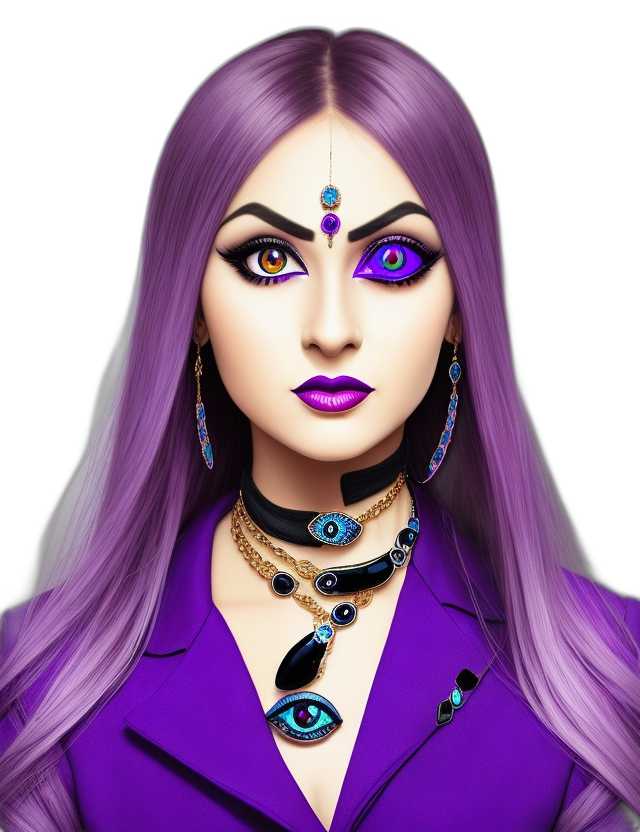
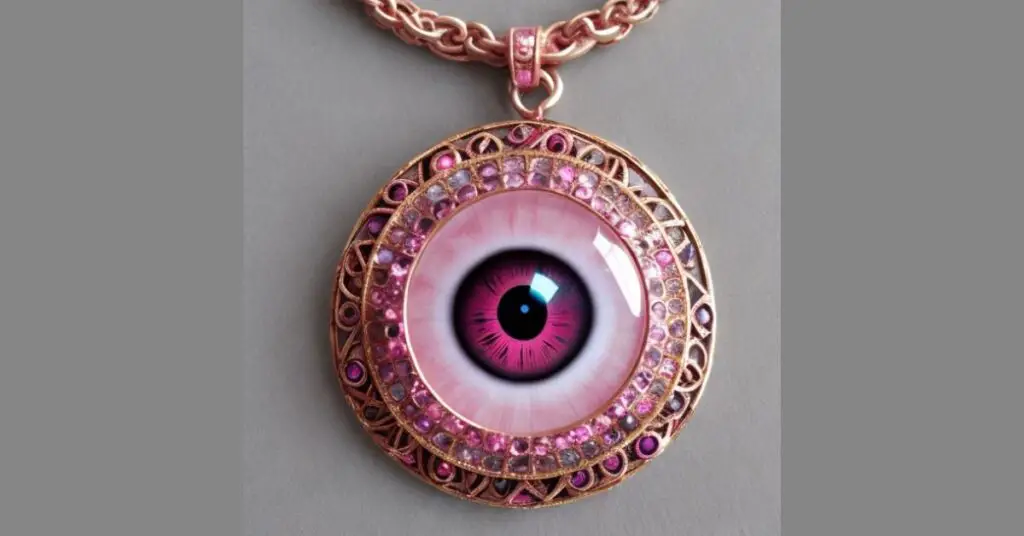
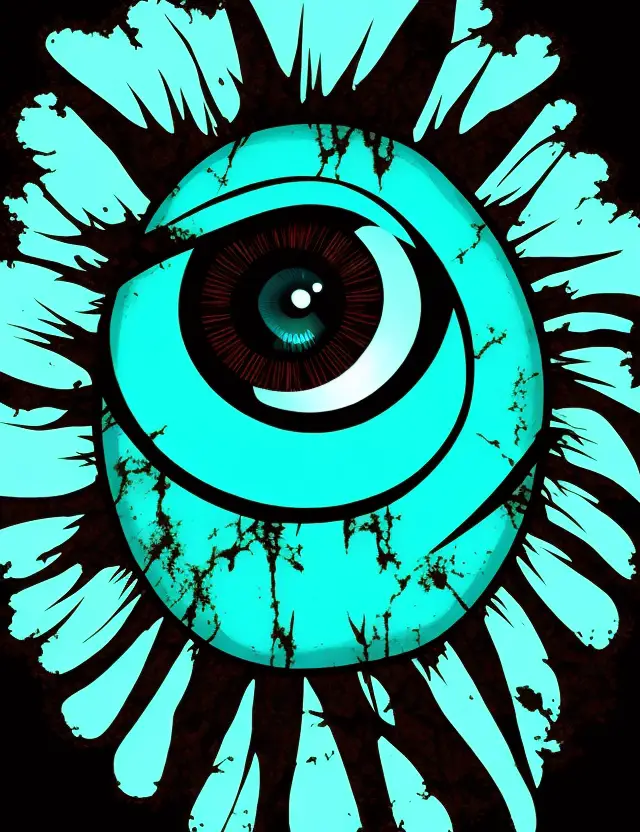
Introduction to Evil Eye Painting Ideas
Evil Eye Painting Ideas Welcome, art enthusiasts and curious souls, to a delightful exploration of Evil Eye Painting Ideas! In this captivating article, we will dive into the enchanting realm of the evil eye concept and its cultural significance.
Prepare to be mesmerized by the artistic possibilities that emerge from this ancient belief system. The evil eye, my dear readers, is a fascinating notion deeply rooted in various cultures around the world.
It is believed to be a mystical force that can cause harm or misfortune by casting malevolent glances. This captivating concept has inspired artists for centuries, resulting in an array of mesmerizing evil-eye-inspired artwork.
Brief Explanation of the Evil Eye Concept and Its Cultural Significance
Let us embark on a journey through time and space to unravel the intricacies of the evil eye concept. The belief in the evil eye dates back thousands of years and can be found in diverse civilizations ranging from Ancient Greece and Rome to Middle Eastern cultures such as Turkey and Egypt. The fundamental idea behind the evil eye is that certain individuals possess an innate power or energy capable of causing harm through their gaze.
This malevolent glare is believed to bring misfortune, illness, or even death upon unsuspecting victims. The cultural significance lies not only in protecting oneself against this ominous power but also in warding off its effects through various talismans and symbolic representations.
Overview of the Popularity of Evil Eye-Inspired Artwork
Now that we have delved into the essence of this intriguing concept, let us marvel at how it has sparked inspiration among creative minds throughout history. The popularity of evil eye-inspired artwork knows no bounds; it transcends borders and captivates people from different walks of life.
In recent years, there has been a vibrant resurgence of interest in evil eye art, with artists from various disciplines embracing its symbolism and incorporating it into their creations. From paintings and sculptures to jewelry and home decor, the omnipresent gaze of the evil eye has become an enduring muse for contemporary artists seeking to infuse their work with an air of mystery and protection.
So, dear readers, prepare yourselves for a captivating journey into the realm of evil eye painting ideas. Let us explore the depths of this bewitching concept together, uncovering inspiration that will leave you spellbound!
Traditional Evil Eye Symbolism in Paintings
Exploration of traditional evil eye symbols and their meanings
When delving into the world of evil eye paintings, it is essential to understand the symbolism behind this powerful motif. The evil eye, known for its ability to ward off negative energy and protect against ill fortune, holds immense cultural significance across various civilizations.
Different cultures have their interpretations of the symbol, each with its unique characteristics. In Greek culture, the evil eye is called “mati” and is often depicted as a vibrant blue eye with a dark center.
It represents watchfulness and serves as a constant reminder to be aware of one’s surroundings. In contrast, Turkish evil eye paintings often feature a more rounded shape with shades of blue and white.
This symbolizes good luck and acts as a talisman against envy or jealousy. Moving eastward to Middle Eastern cultures like Egypt and Lebanon, the traditional evil eye symbol takes on an intricate design featuring geometric patterns adorned with vibrant colors.
This representation signifies protection, wisdom, and insight. Similarly, in North African countries like Morocco, you can find elaborate hand-painted ceramic plaques adorned with intricate evil eye designs that blend local motifs with the protective power of the symbol.
Examples of traditional evil eye paintings from different cultures
To truly appreciate the beauty and diversity in traditional evil eye paintings across various cultures, let’s explore some captivating examples: – Greek Irides: These remarkable paintings depict intricately detailed eyes filled with radiant blue hues set against contrasting backgrounds. The intense gaze draws you into its protective aura while captivating you with its mystical allure.
– Turkish Nazar Boncugu: Originating from Turkey but widely popular throughout Eastern Europe and Central Asia, these mesmerizing glass amulets capture the essence of ancient traditions. Displayed proudly in homes or worn as jewelry, Nazar Boncugu features a deep cobalt blue center surrounded by concentric circles of lighter shades, evoking a sense of tranquility and safeguarding against the malicious gaze.
– Egyptian Eye of Horus: With origins tracing back to ancient Egypt, the Eye of Horus is an iconic symbol representing protection, healing, and royal power. Paintings showcasing this symbol often depict an intricately detailed eye adorned with gold and vibrant colors, offering a window into ancient mythology.
These examples merely scratch the surface of the rich artistic heritage surrounding traditional evil eye paintings. Each culture weaves its unique stories and beliefs into these symbolic works of art, establishing a universal connection through their shared ability to protect against malevolent forces.
Modern Interpretations of Evil Eye Paintings
Introduction to contemporary artists incorporating the evil eye motif in their work
In today’s art world, the evil eye motif has captured the imagination of countless contemporary artists, who have skillfully embraced its symbolism and integrated it into their artistic endeavors. These visionary creators have found innovative ways to interpret and reimagine this ancient symbol while staying true to its essence.
One such artist is Mia Rodriguez, a renowned painter known for her captivating abstract compositions. Rodriguez’s abstract works often feature vibrant colors and bold brushstrokes, but what sets her apart is her incorporation of the evil eye motif.
She skillfully weaves the symbol into her paintings, using subtle details like repeating circles or concentric patterns to represent the protective power against malevolent forces. Through her modern interpretation, Rodriguez manages to infuse an age-old belief with a contemporary flair that resonates with viewers of all ages.
Another remarkable artist making waves in the realm of evil eye-inspired art is Maxine Patel. Patel’s mixed media approach combines traditional painting techniques with digital manipulation to create visually striking pieces that captivate viewers from every angle.
Her works often depict intricately detailed eyes surrounded by intricate geometric patterns, representing a blend of traditional symbolism and modern aesthetics. By pushing the boundaries of technique and incorporating elements from various cultures, Patel brings a fresh perspective to the timeless concept of the evil eye.
Analysis of how modern interpretations have evolved while retaining the essence of the symbol
As artists embrace modern mediums and experiment with innovative techniques, one might wonder if these interpretations dilute or lose touch with the essence behind the evil eye symbol. However, upon closer examination, it becomes evident that these modern interpretations not only preserve but also enhance its significance. Contemporary artists have managed to retain several key elements inherent in the traditional symbolism of evil eyes while infusing them with their own creative vision.
The central theme of protection against negative energy remains a prominent feature in modern interpretations, although artists now express it through a wider range of visual styles and mediums. By exploring new artistic avenues while staying true to the underlying idea, these artists ensure that the essence of the evil eye is not lost but rather revitalized for contemporary audiences.
Moreover, the evolution of modern interpretations also reflects society’s changing perspectives on spirituality and belief systems. Artists today draw inspiration from diverse cultural influences, resulting in a more inclusive representation of the evil eye symbol.
This evolution allows for greater creativity and personal expression while fostering cross-cultural understanding and appreciation. As contemporary artists continue to push boundaries with their interpretations of evil eye paintings, they forge new pathways for this ancient symbol to carry forward its message in our rapidly evolving world.
Color Schemes for Evil Eye Paintings
When it comes to creating an evil eye painting, color symbolism plays a crucial role in capturing the essence and conveying the intended message. Traditionally, blue has been the primary color associated with warding off the evil eye. This can be attributed to its representation of protection, serenity, and calmness.
Blue is believed to have a soothing effect and is thought to possess defensive powers against negative energies. A deep azure hue is often used as the background color in evil eye paintings, symbolizing a shield that safeguards against harm.
Alongside blue, white is also considered significant in relation to the evil eye. White represents purity and clarity of intentions.
It acts as a reflection of light and positive energy, reinforcing the idea of warding off negativity with its illuminating presence. Many traditional evil eye paintings incorporate white accents or use it as a secondary background color to enhance the protective qualities.
Suggestions for alternative color schemes that can be used creatively
While blue and white remain quintessential colors associated with traditional evil eye art, artists have embraced creative freedom by exploring alternative color schemes that add depth and uniqueness to their creations. One such option is incorporating vibrant hues like magenta or purple alongside shades of blue.
This combination infuses energy into your painting while maintaining the essence of protection against malevolent forces. Another innovative approach involves experimenting with contrasting colors like orange or yellow against deep blues or purples.
This bold contrast creates visual interest while still representing resilience in deflecting negative influences. Additionally, artists can delve into monochromatic compositions using various shades of blue or opt for earthy tones such as greens or browns with hints of blue accents for an organic feel that connects nature’s protective energies with traditional symbolism.
Remember, while it is essential to consider color symbolism, there are no strict limitations in art. Feel free to explore and mix colors that resonate with your artistic vision, as long as the core concept of safeguarding against the evil eye remains intact.
Techniques for Creating Evil Eye Paintings
Step-by-step guide on creating a basic evil eye painting using acrylic or watercolor mediums
Creating your own evil eye painting can be a rewarding and therapeutic experience. Whether you’re a beginner or an experienced artist, this step-by-step guide will help you bring the mesmerizing allure of the evil eye to life on your canvas.
To start, gather your materials: acrylic or watercolor paints, brushes in various sizes, palette, canvas or watercolor paper, and a pencil. Begin by sketching out the basic outline of the evil eye shape on your canvas using a light pencil stroke.
Don’t worry about perfection at this stage; it’s all about capturing the essence of the symbol. Once you’re satisfied with the shape and placement, it’s time to add color.
If using acrylics, start by applying a base layer of white paint over the entire canvas. This will provide a vibrant backdrop for your colors.
Then mix up shades of blue that resonate with you – deep cobalt blues mixed with hints of turquoise can create an enchanting effect. Starting from the center, carefully fill in each layer of concentric circles with your chosen blues, ensuring that each ring is darker than its predecessor.
Introduction to advanced techniques like texture creation, mixed media, and collage
Once you’ve mastered the basics of creating an evil eye painting, it’s time to take your artistry to new heights by exploring advanced techniques that add depth and intrigue to your work. Texture creation is one such technique that can truly make your evil eye paintings come alive.
Experiment with different tools — sponges, palette knives, or even toothbrushes — to create intriguing textures within each layer of paint. For example, lightly dabbing a sponge soaked in a contrasting color over certain areas can simulate a marbled effect, adding visual interest and dimension.
Another way to elevate your evil eye paintings is by incorporating mixed media elements. Consider using metallic paints or even gold leaf to highlight specific parts of the design, adding an ethereal shimmer.
You can also experiment with collage techniques by incorporating meaningful symbols or images that resonate with the concept of protection or spirituality. Remember, the key is to let your imagination run wild and embrace experimentation.
These advanced techniques will help you infuse your evil eye paintings with a captivating allure that truly sets them apart from the rest. So go ahead and unleash your creativity!
Unique Ways to Incorporate Evil Eye Motifs in Artwork
Showcase of unconventional canvas choices, such as pottery, fabrics, or even body art
When it comes to expressing your creativity through evil eye motifs, there’s no need to limit yourself to traditional mediums like canvas or paper. Think outside the box and consider using unconventional canvases that add an intriguing dimension to your artwork. Pottery is a fantastic choice as it allows you to sculpt and paint evil eye designs onto various forms like vases, bowls, or even decorative tiles.
The three-dimensional aspect brings a unique tactile experience for both the artist and the viewer. Another exciting option is working with fabrics.
You can create stunning evil eye designs on fabric pieces like scarves, tapestries, or even clothing items. The flowing nature of fabric adds movement and dynamism to the artwork while allowing you to experiment with different textures and patterns.
Imagine wearing a beautifully hand-painted evil eye scarf that not only complements your style but also serves as a protective talisman wherever you go! If you’re feeling particularly adventurous and want your art to be truly one-of-a-kind, why not explore body art?
Temporary tattoos featuring striking evil eye symbols are increasingly popular among individuals seeking unique self-expression. Whether you choose a small design on your wrist or an elaborate masterpiece covering your back, body art creates an intimate connection between the wearer and their chosen symbol of protection.
Exploration of innovative ways to incorporate the evil eye symbol into other art forms like sculpture or digital art
The versatility of the evil eye motif extends beyond traditional paintings; it seamlessly integrates into various other art forms, such as sculpture and digital art. Sculpture provides an excellent opportunity for artists to bring their evil eye creations into three-dimensional reality. You can sculpt intricate ceramic sculptures representing enlarged versions of the symbolic eyes or experiment with different materials like resin, glass, or metal to create captivating and ethereal installations.
In the digital realm, artists can explore endless possibilities with evil eye motifs. Digital art offers the chance to experiment with vibrant colors, surreal compositions, and intricate patterns.
By using graphic design software or even mobile apps specifically designed for digital art creation, you can manipulate the traditional evil eye symbol in countless imaginative ways. From creating intricate mandala-like patterns to incorporating the motif into futuristic landscapes, digital art opens up a world of possibilities for expressing your artistic vision.
Remember that incorporating evil eye motifs into unconventional canvases or exploring new mediums is not only about creating visually striking artwork but also about pushing boundaries and expanding your creative horizons. Embrace experimentation and let your imagination soar as you explore these unique avenues to express the profound symbolism of the evil eye in fresh and exciting ways.
Rarely Known Facts about Evil Eyes
Fascinating historical anecdotes about the origins and beliefs surrounding the evil eye
Did you know that the concept of the evil eye has ancient roots dating back to Mesopotamia? The belief in its power was prevalent in various ancient civilizations, including Greece, Rome, and Egypt. In fact, it is even mentioned in the Bible!
Ancient texts often refer to amulets and talismans used for protection against the evil eye. These amulets were commonly worn as jewelry or placed near entrances of homes to ward off negative energy.
One intriguing historical anecdote involves Emperor Nero of Rome, who was believed to possess an exceptionally powerful evil eye. It was said that anyone who met his gaze would instantly be filled with fear and dread.
This notion led many to speculate that his reign of terror was influenced by this supposed supernatural ability. Similarly, in Greek mythology, Medusa’s gaze turned people into stone – a manifestation considered by some to be related to the power of the evil eye.
Lesser-known variations and interpretations across different cultures
The concept of the evil eye exists in diverse cultures around the world, and each has its own unique interpretation. For instance, among Turkish communities, it is known as “nazar” and is depicted as a blue-eyed amulet or bead.
Brazilians have their own version called “mal-olhado,” while in India it is referred to as “drishti.” In North Africa, particularly Morocco, there is a belief that certain animals possess an innate ability to cast an evil eye upon others.
One such creature is the lizard; if a lizard happens to cross your path or enters your home unexpectedly, it is believed to bring ill fortune through its gaze. Interestingly enough, some cultures associate specific gestures or actions with casting or protecting against the evil eye.
For instance, in Italian culture, making a fist with the thumb tucked between the index and middle finger is known as “corna” and is believed to ward off evil spirits, including the evil eye. These lesser-known variations and interpretations highlight the widespread belief in the power of the evil eye across cultures and serve as a testament to its enduring significance in folklore worldwide.
Tips for Displaying and Showcasing Evil Eye Artwork
Suggestions on framing options that enhance the aesthetic appeal
When it comes to displaying your exquisite evil eye artwork, choosing the right frame is essential to enhance its beauty and create a captivating visual impact. Opt for frames that complement the color scheme of your painting.
A sleek black or white frame can provide a modern touch, while a rustic wooden frame can add warmth and charm. If you want to make a bold statement, consider using an ornate gold or silver frame that adds an element of luxury to your artwork.
Another important consideration is the matting. A neutral-colored matboard works well in highlighting the details of your painting and providing a clean border.
However, don’t underestimate the power of experimenting with colored mats that match or contrast with specific elements in your artwork. This can add depth and dimension to your display.
Creative ideas for arranging multiple pieces together
If you have multiple evil eye paintings, arranging them thoughtfully can create an impressive gallery-like display. One popular approach is creating a symmetrical layout by placing two identical or similar-sized artworks side by side on a prominent wall.
This arrangement not only creates visual balance but also emphasizes the repetitive power of the evil eye symbol. For a more eclectic look, consider mixing different sizes of paintings and arranging them asymmetrically on a gallery wall.
This allows you to showcase each piece individually while maintaining an overall cohesive aesthetic. To add flair, intersperse other decorative elements like mirrors or wall decals with smaller evil eye paintings to create an artistic focal point.
For those who prefer simplicity, try grouping three or four evil eye paintings in varied sizes vertically or horizontally along a hallway or staircase wall. This arrangement adds interest and engages viewers as they move through the space.
Conclusion for Evil Eye Painting Ideas
Incorporating evil eye artwork into your home or personal space not only adds a touch of mystique and cultural significance but also serves as a captivating decorative element. By carefully selecting framing options that enhance the aesthetic appeal and using creative ideas for arranging multiple pieces together, you can create an eye-catching display that reflects your unique style and appreciation for this ancient symbol. Embrace the power of the evil eye with its mesmerizing patterns, vibrant colors, and rich symbolism.
Let it be a reminder to ward off negative energies and bring positivity into your life. Whether you choose to create your own evil eye paintings or acquire them from talented artists, may they serve as artistic talismans that inspire creativity, protect against adversity, and infuse your surroundings with beauty and positive energy.
Unlock the Power of Evil Eye Protection!
Hobbyist Geek. Com
Explore HobbyistGeek.com today, where I’ve curated a wealth of articles covering everything you need to know about the Evil Eye.
Discover recommended materials, learn proper rituals, delve into color symbolism, and even find in-depth reviews of specific Evil Eye products to aid you in choosing the perfect one.
Strengthen your protection against the Evil Eye by visiting www.HobbyistGeek.com.
Don’t forget to sign up for our email list to stay updated with exclusive insights and offers.
Feel free to drop any questions you may have below – I’m here to guide your spiritual journey.
If you enjoyed this informative article I know you will love:
Is The Evil Eye Good Or Bad?: Explained
Evil Eye Bracelet Color Meaning: How Colors Influence Your Life!
- Jewelry Making Ideas: Seasonal Crystal Trends That Command Premium Prices - May 31, 2025
- Evil Eye Hand: Unveiling the Mystical Origins and Meanings - February 2, 2024
- Amegreen Amethyst Meaning: Discover the Hidden Magic! - February 2, 2024

